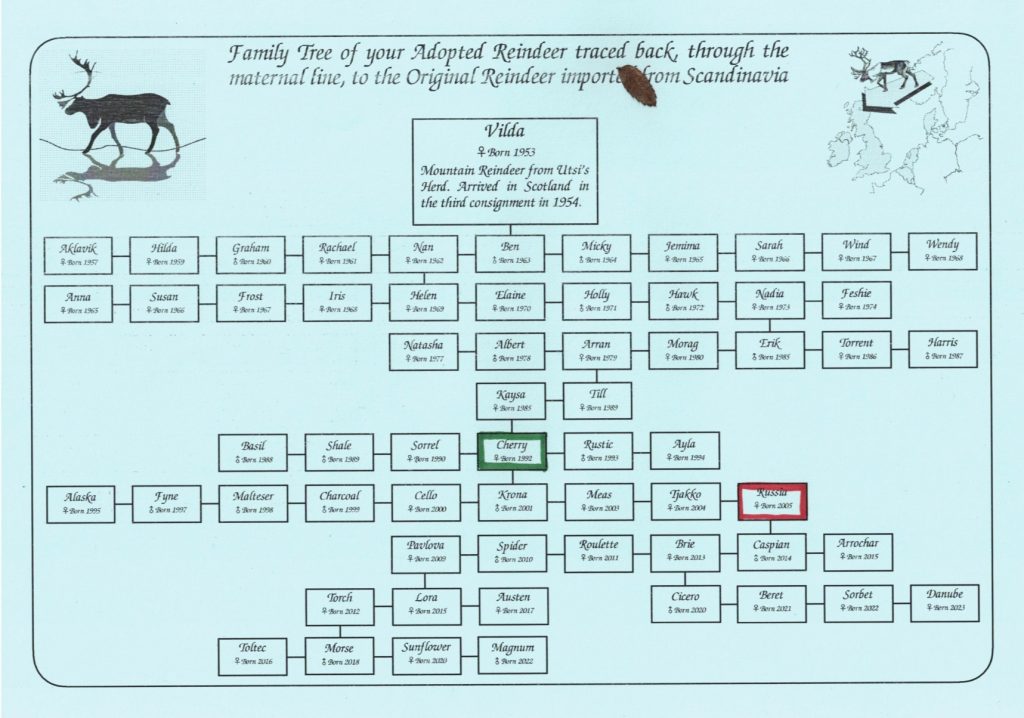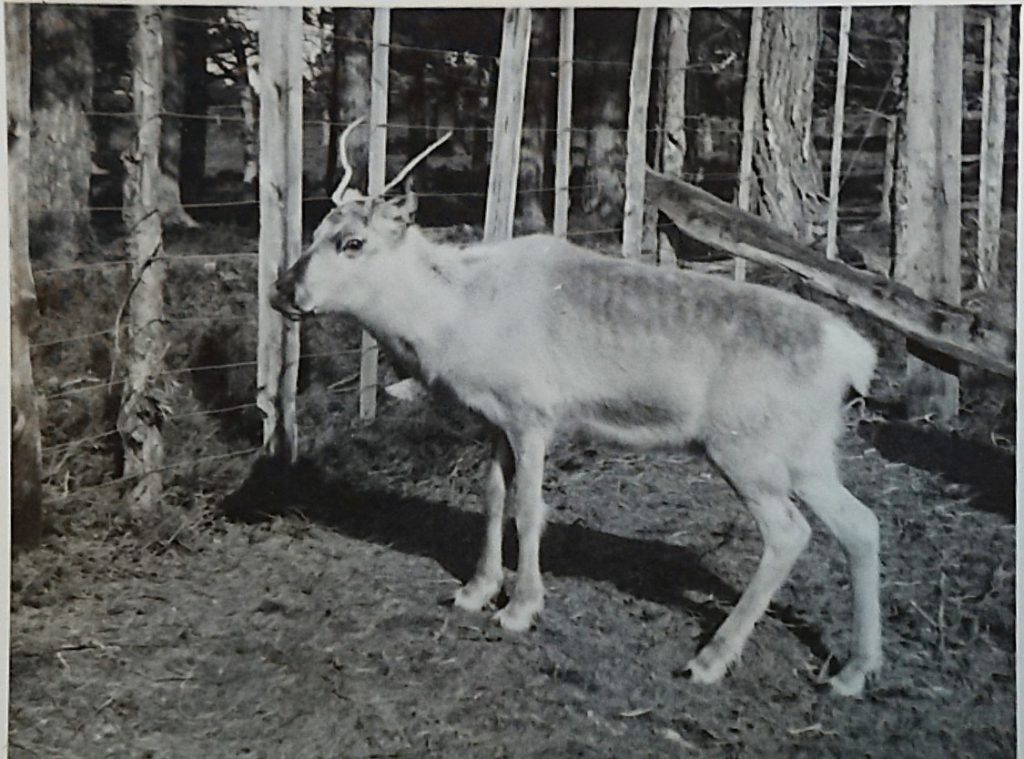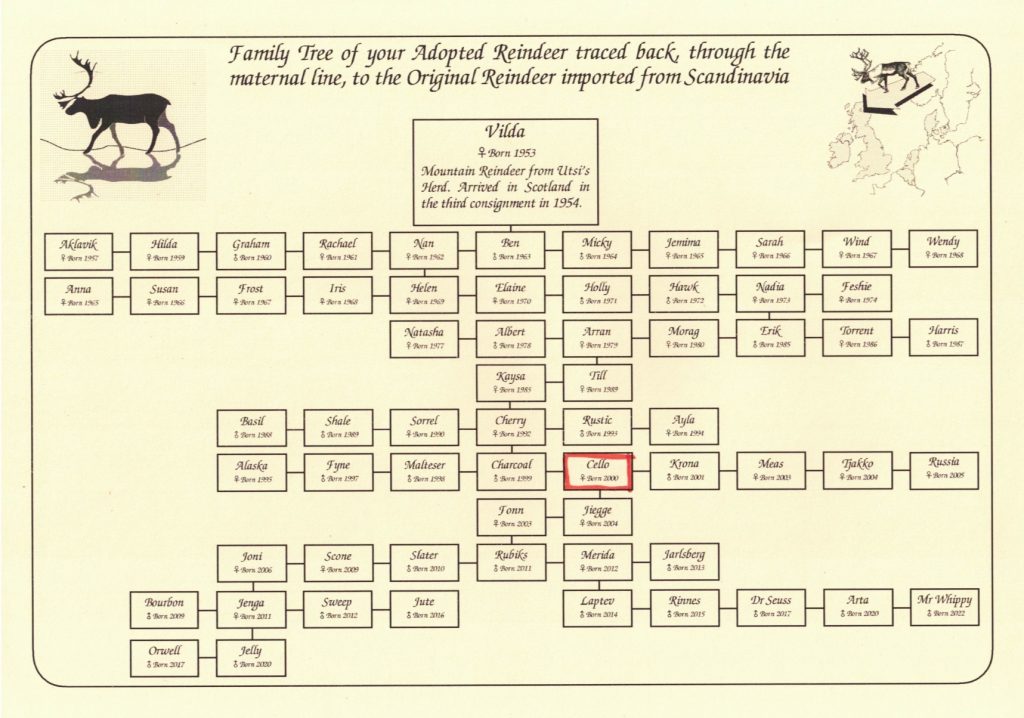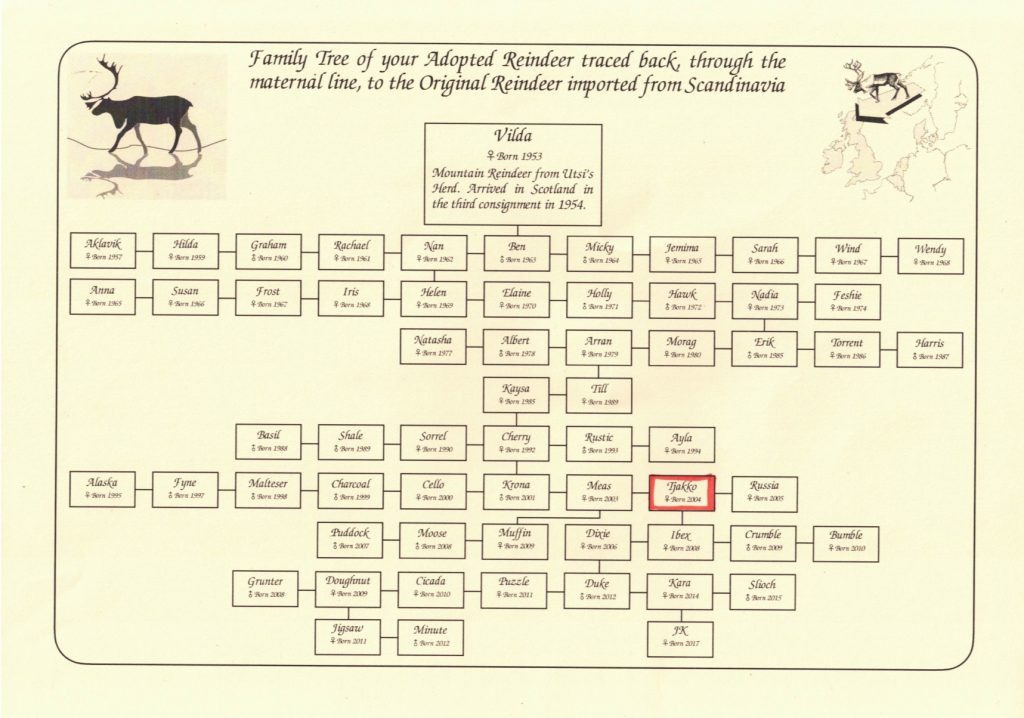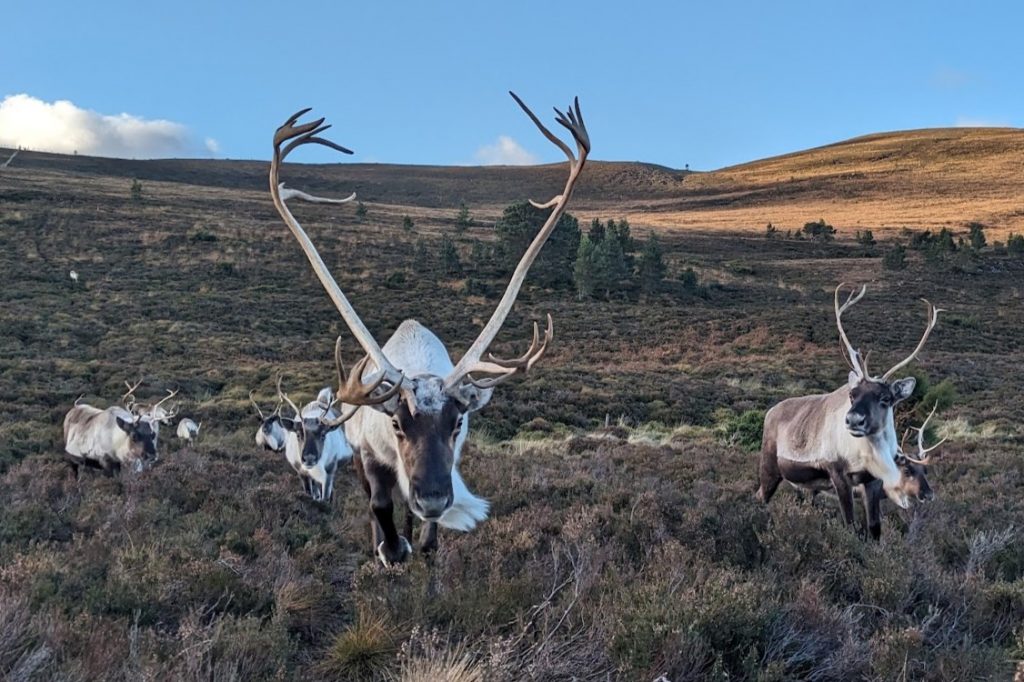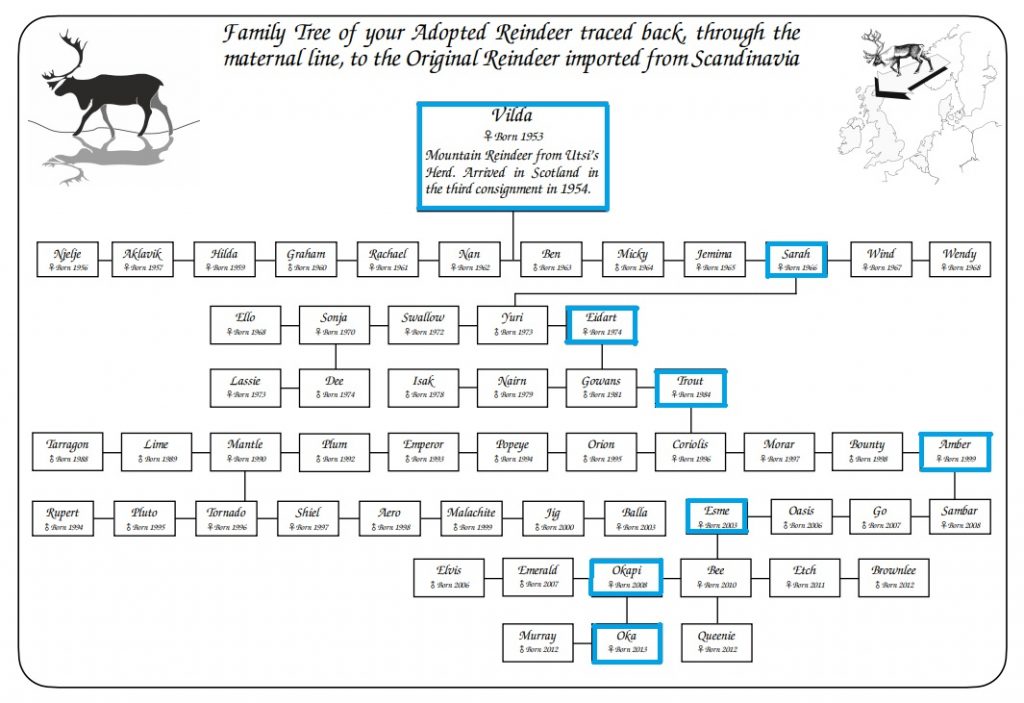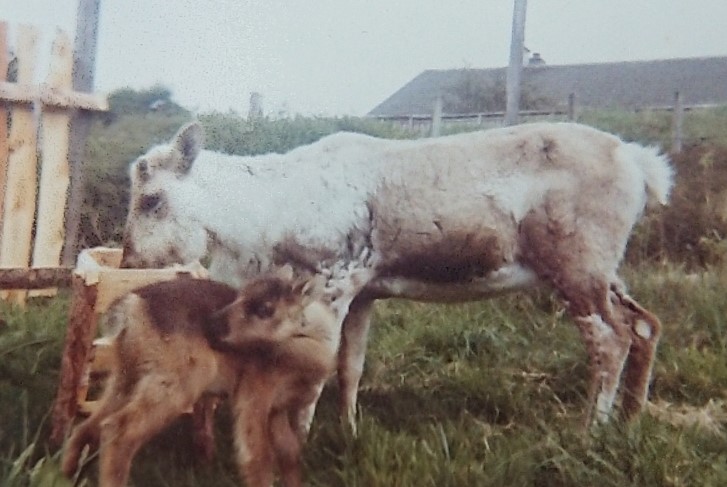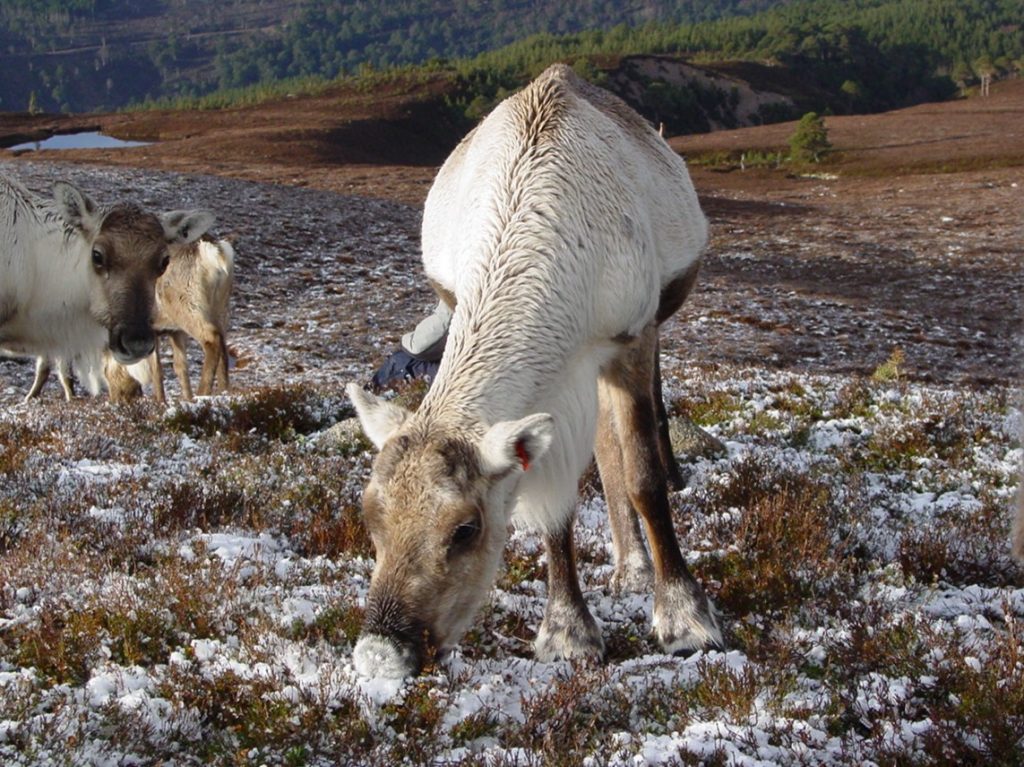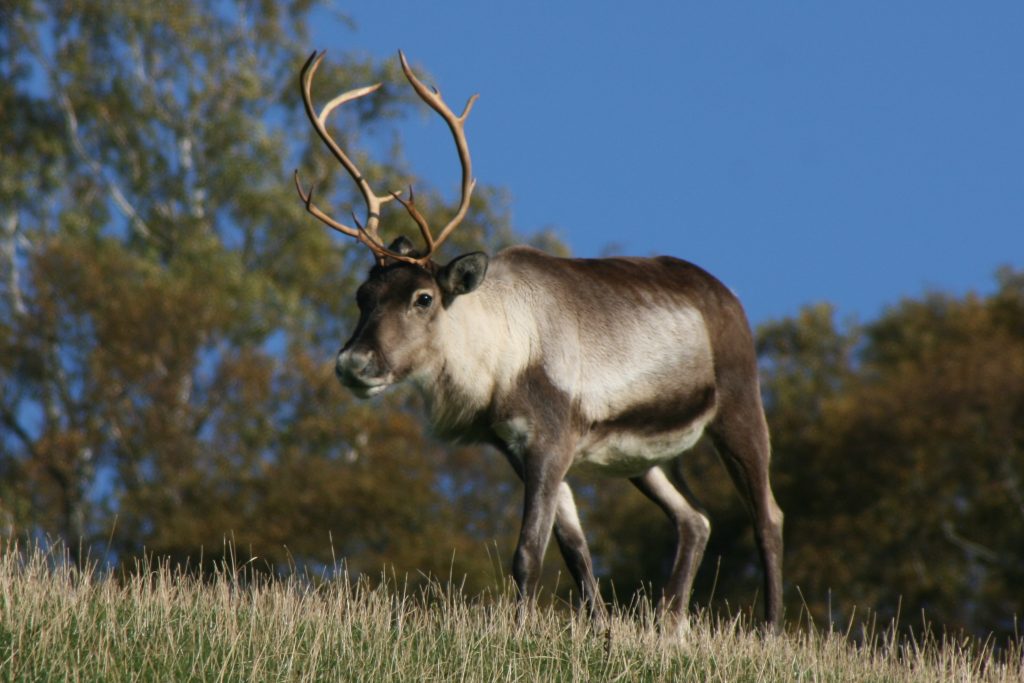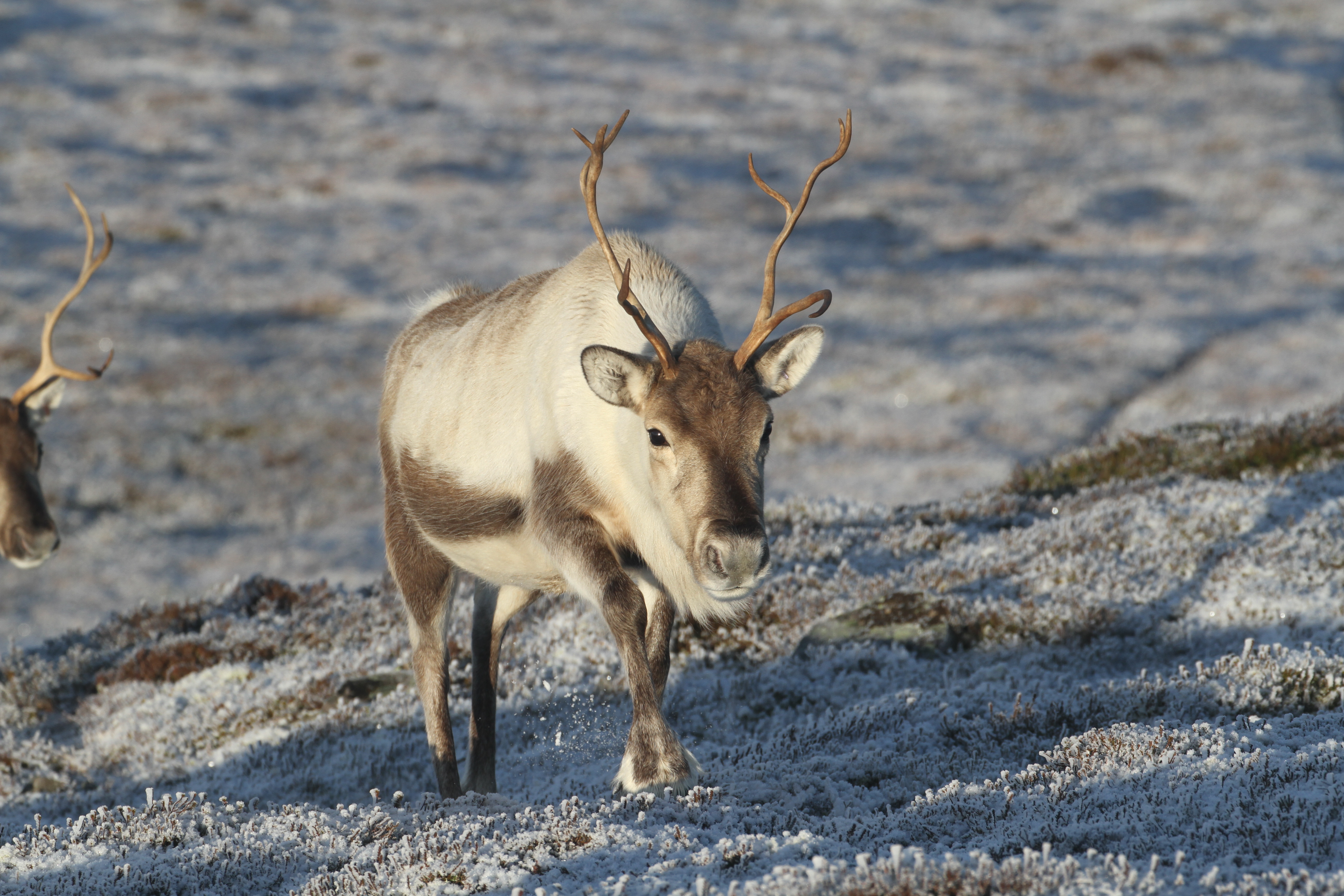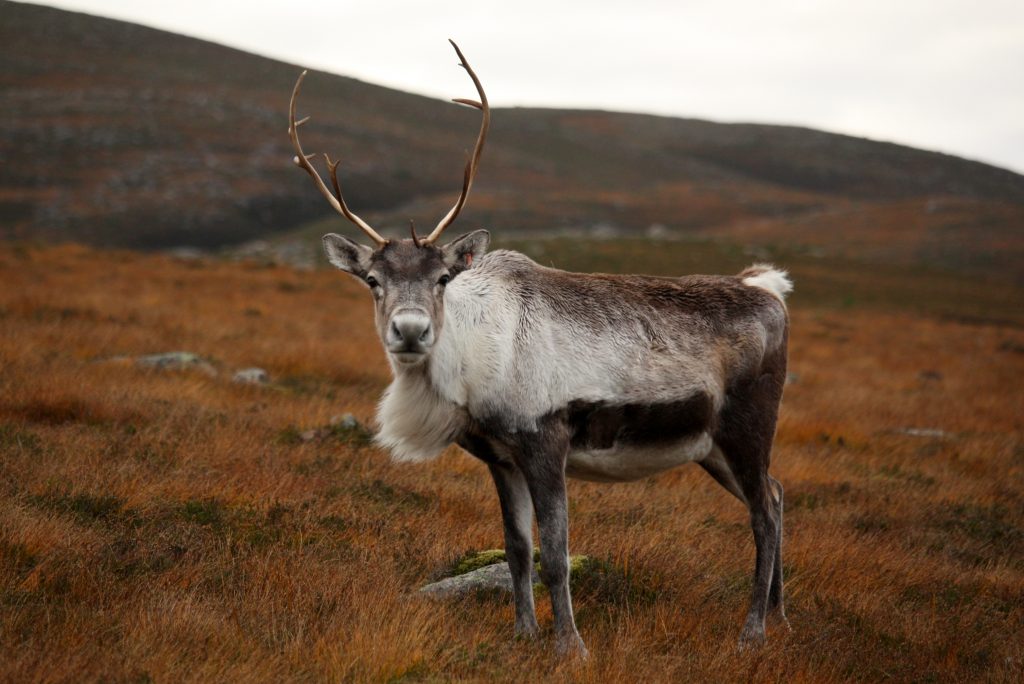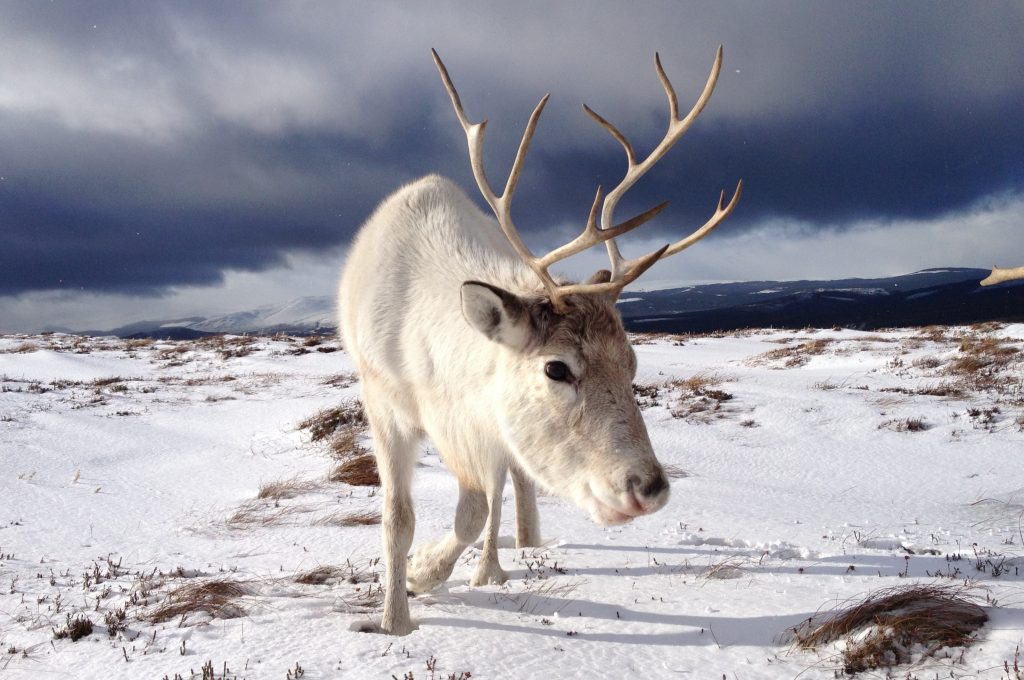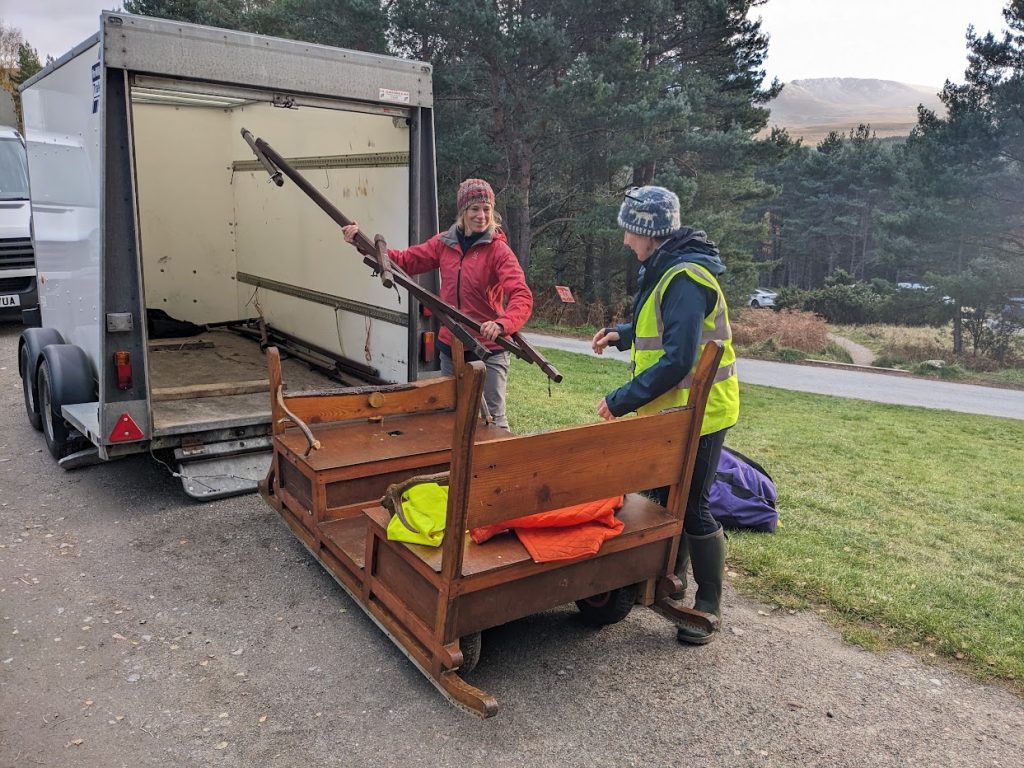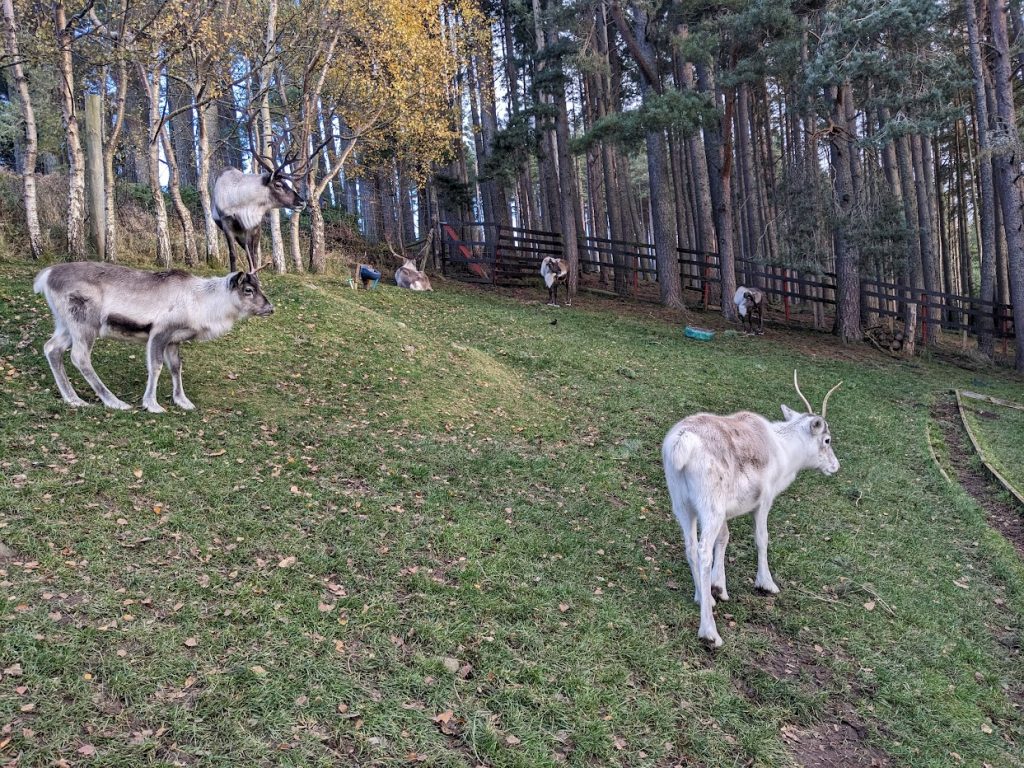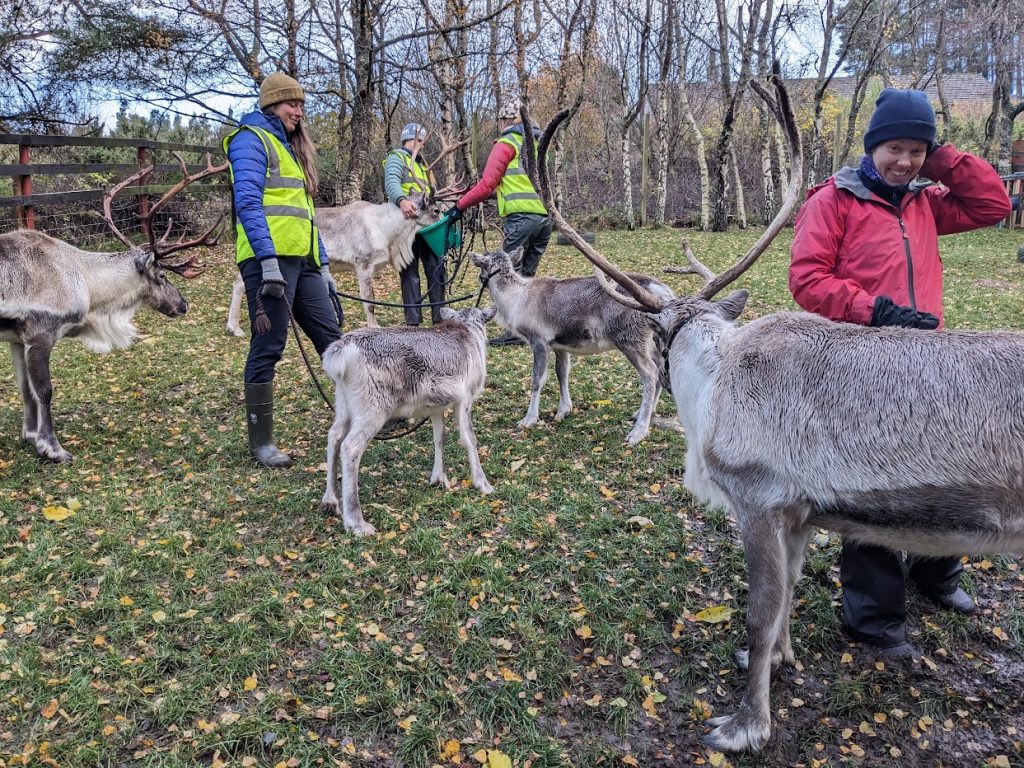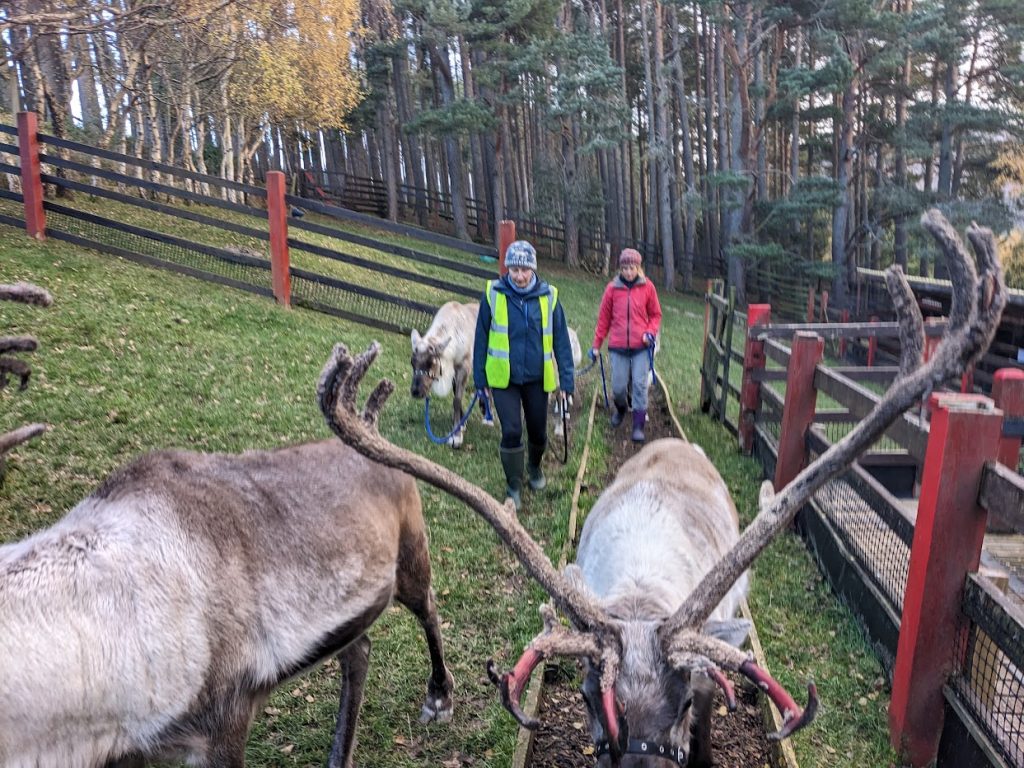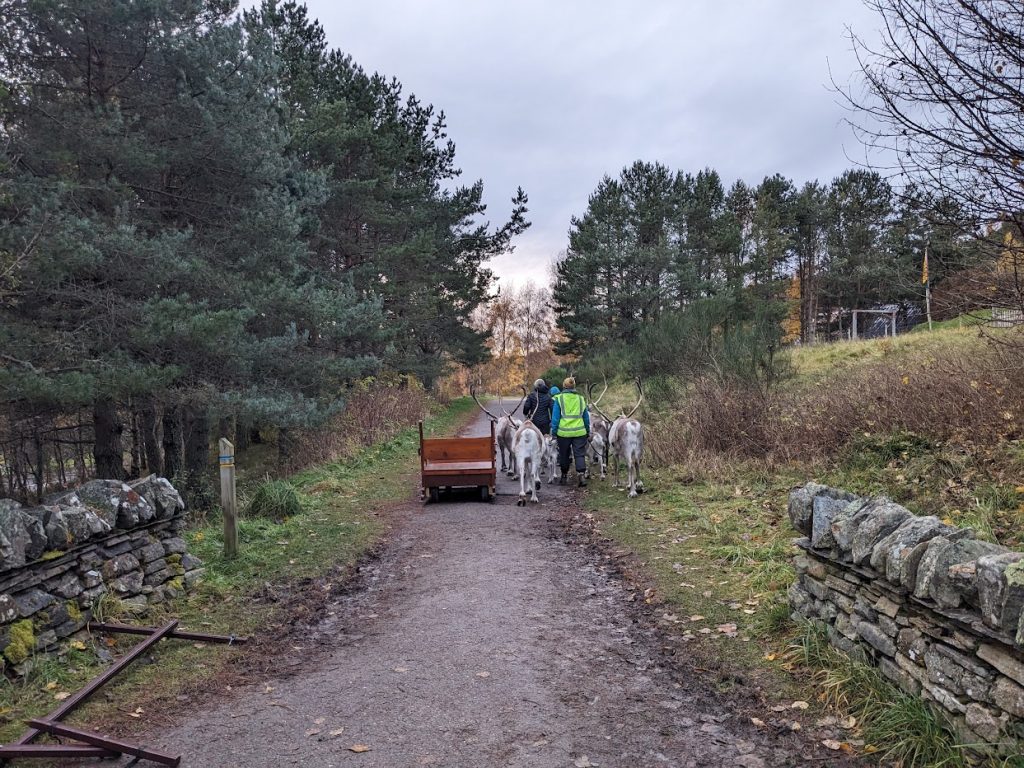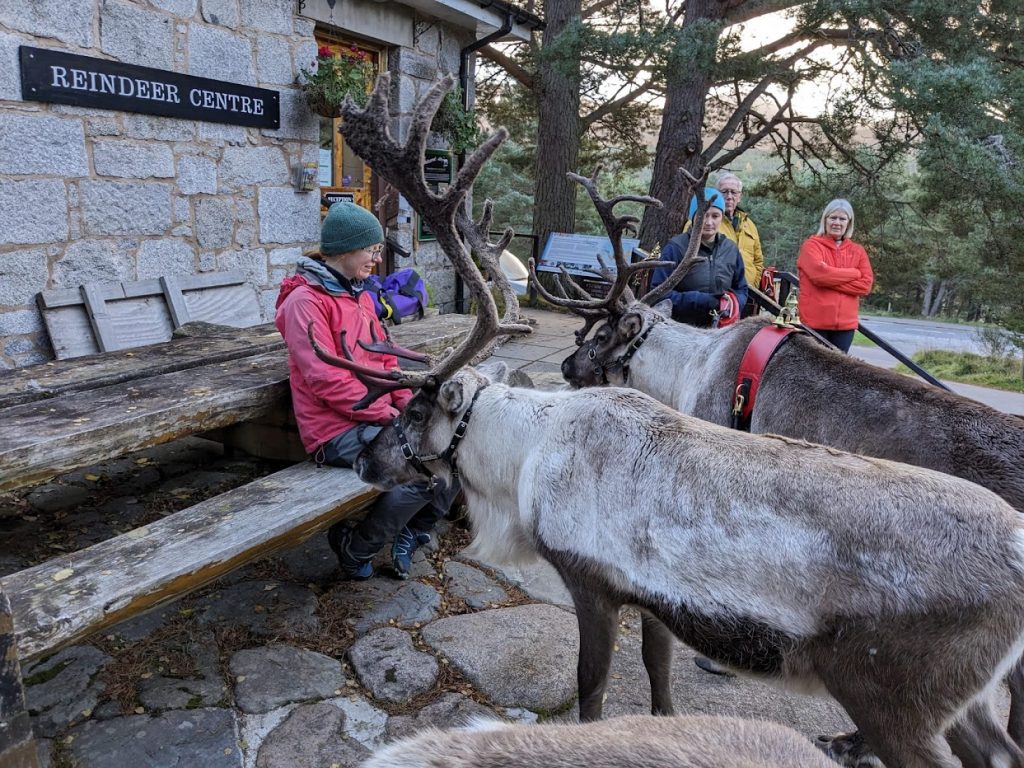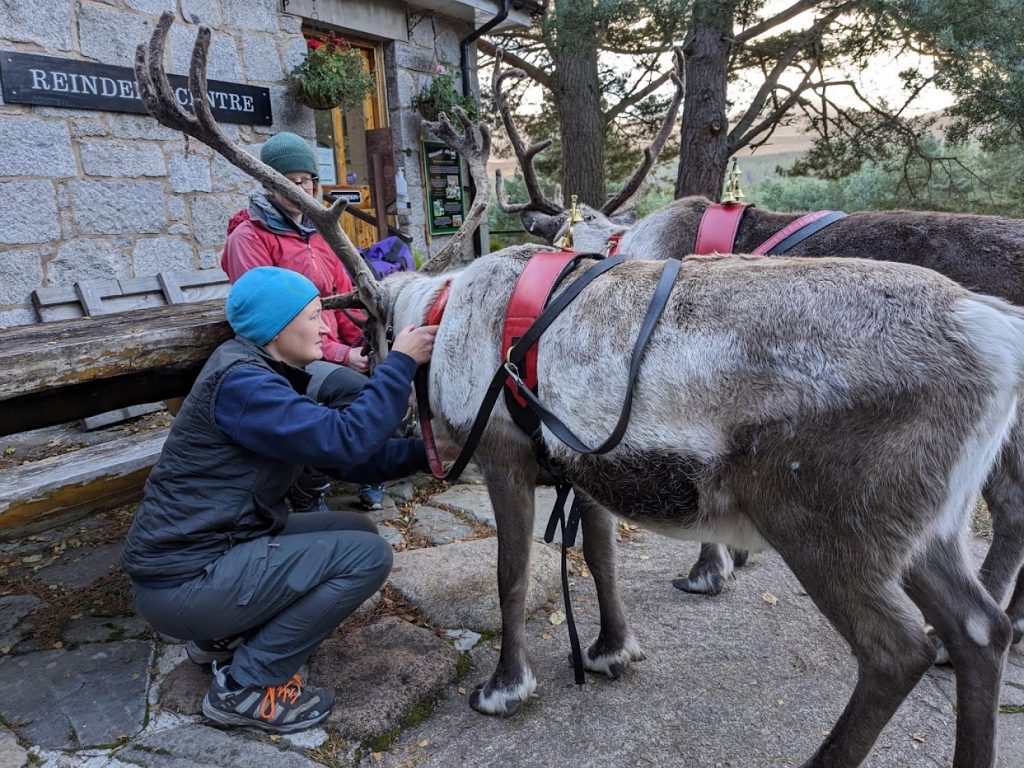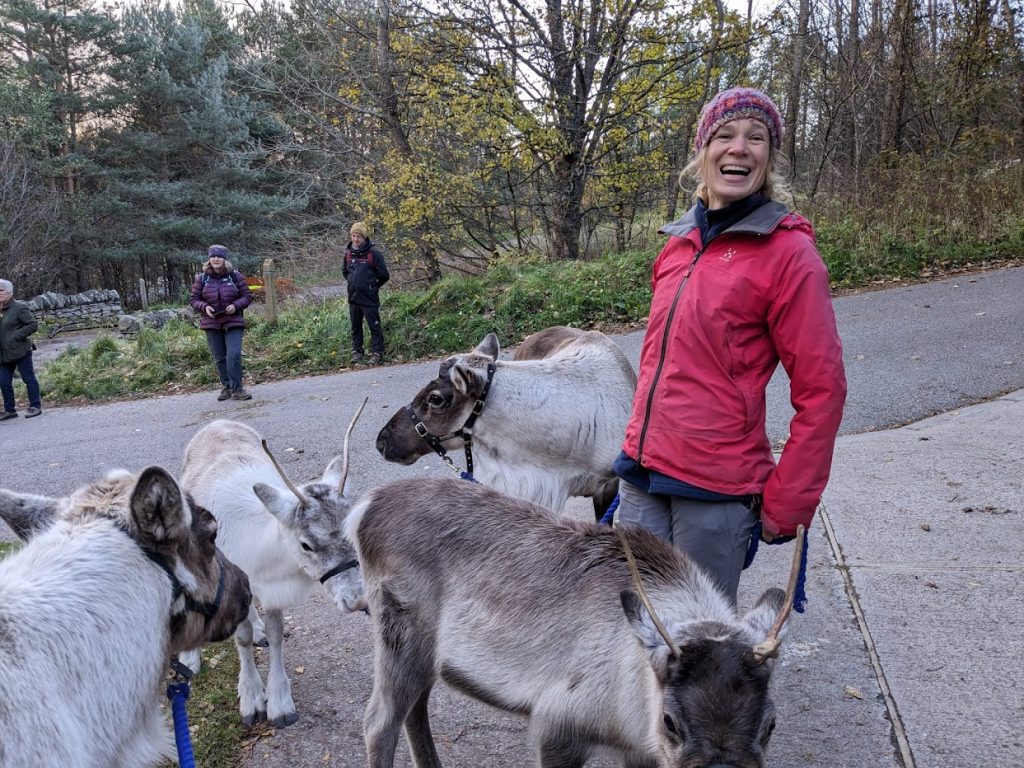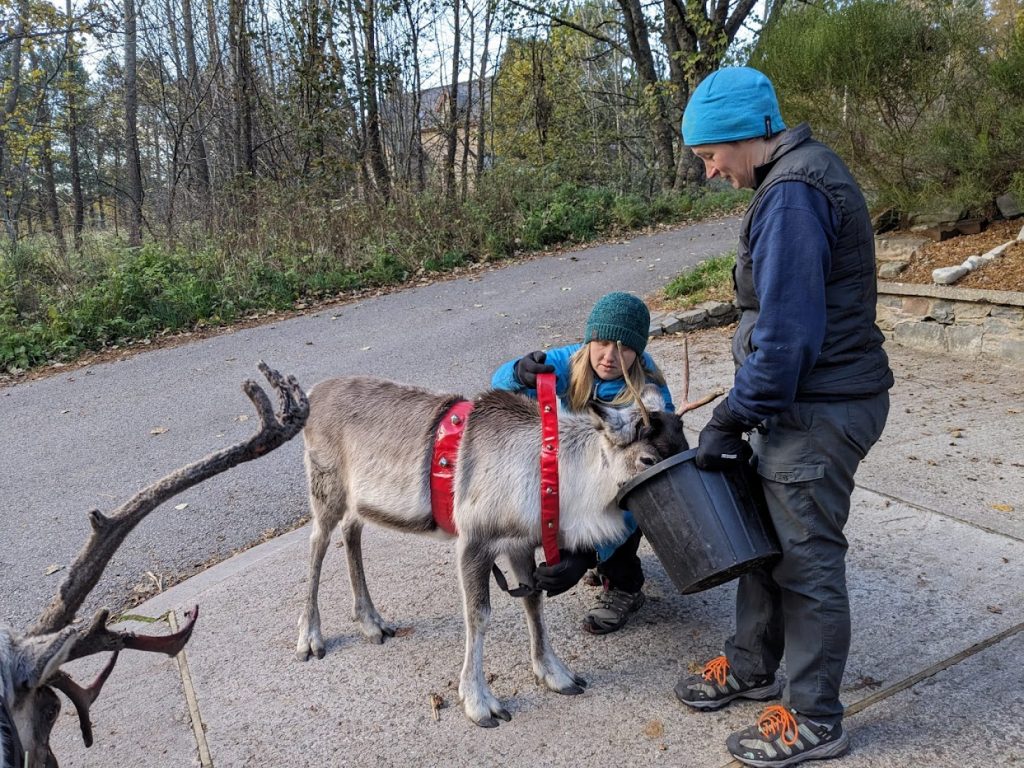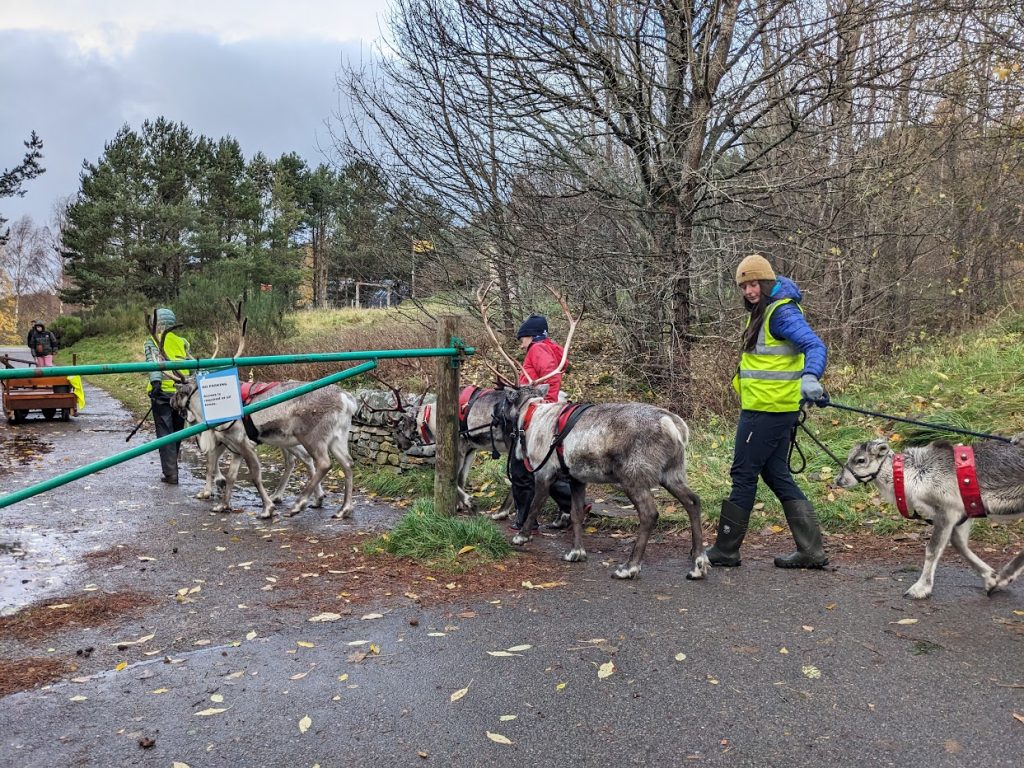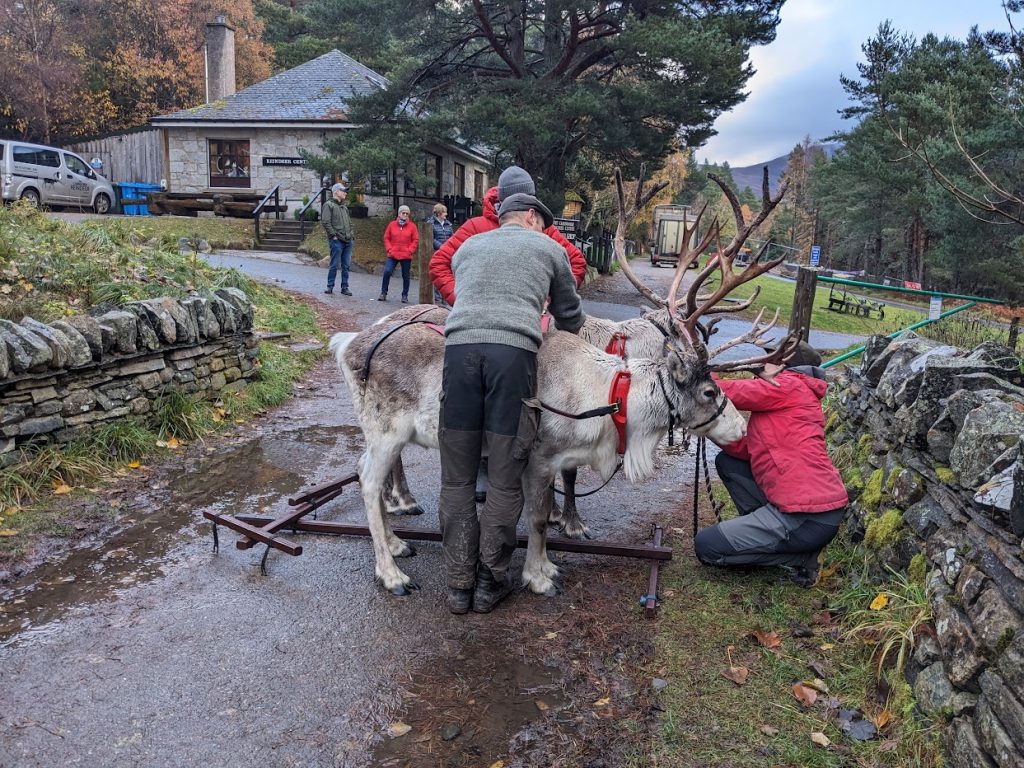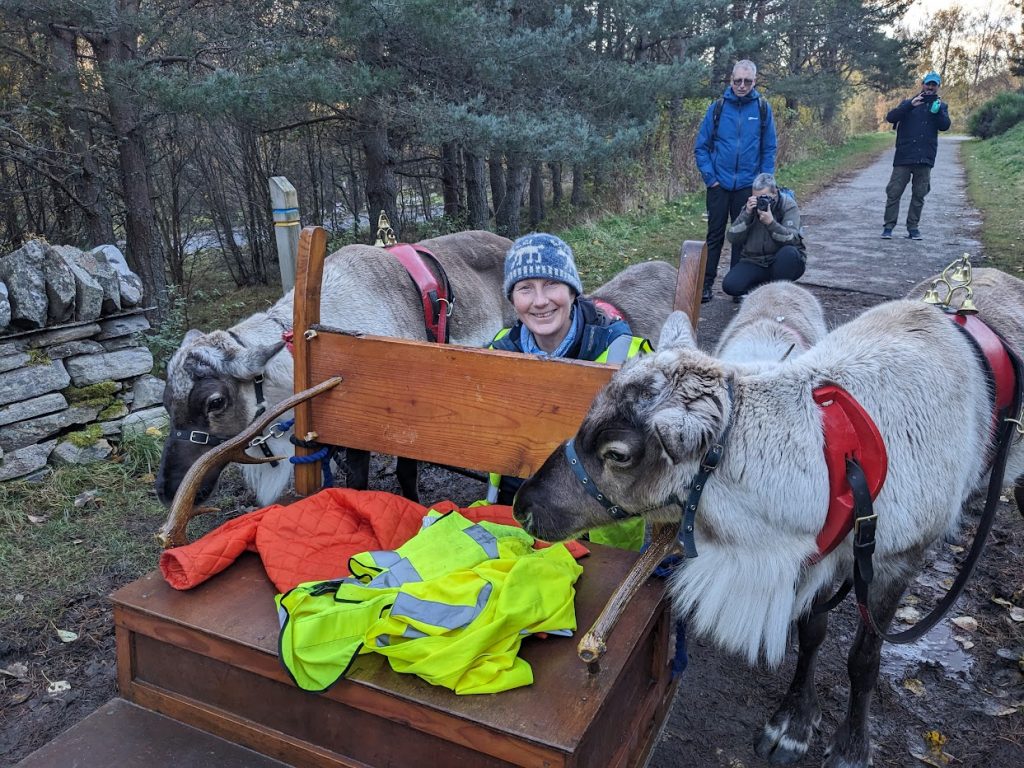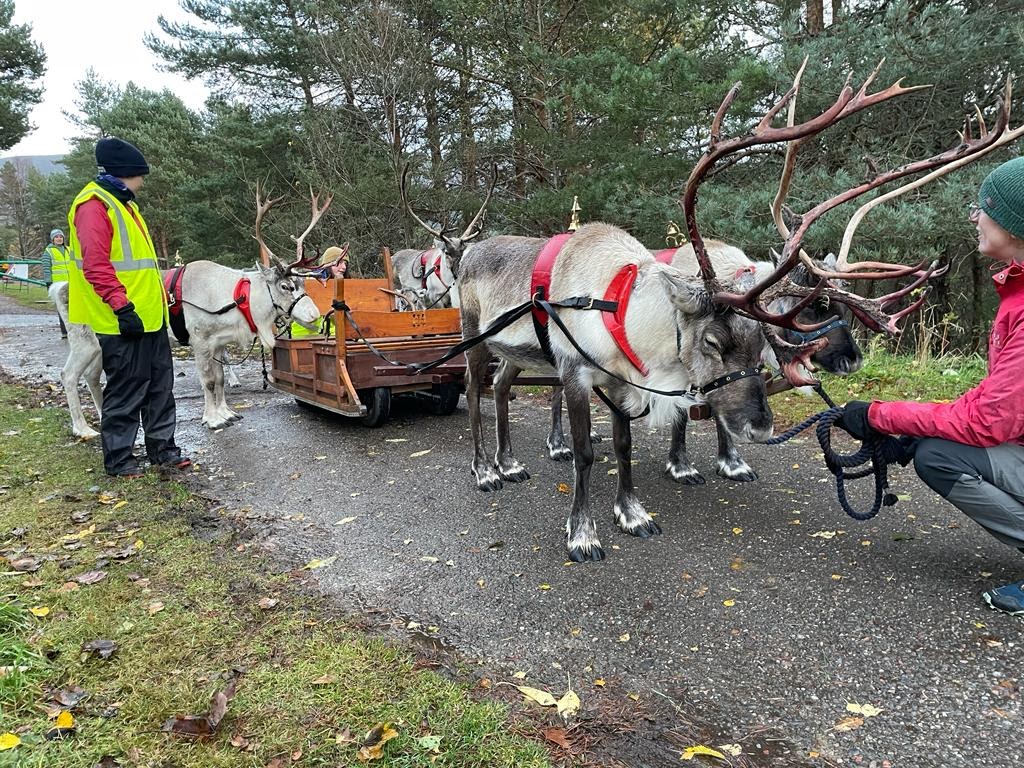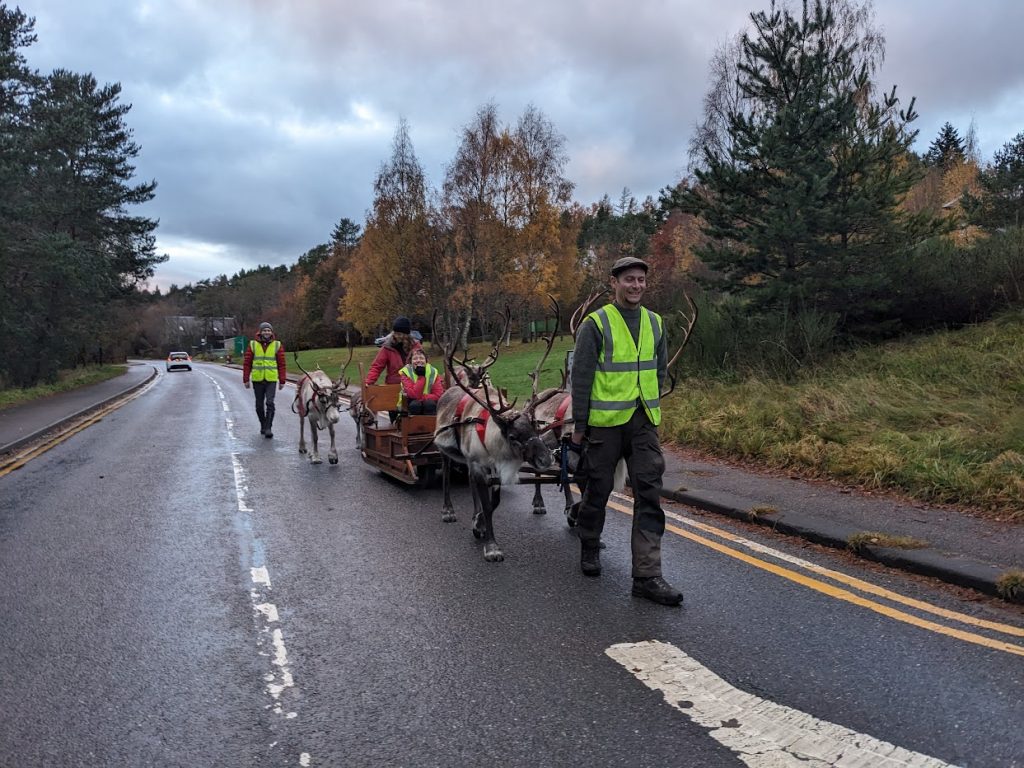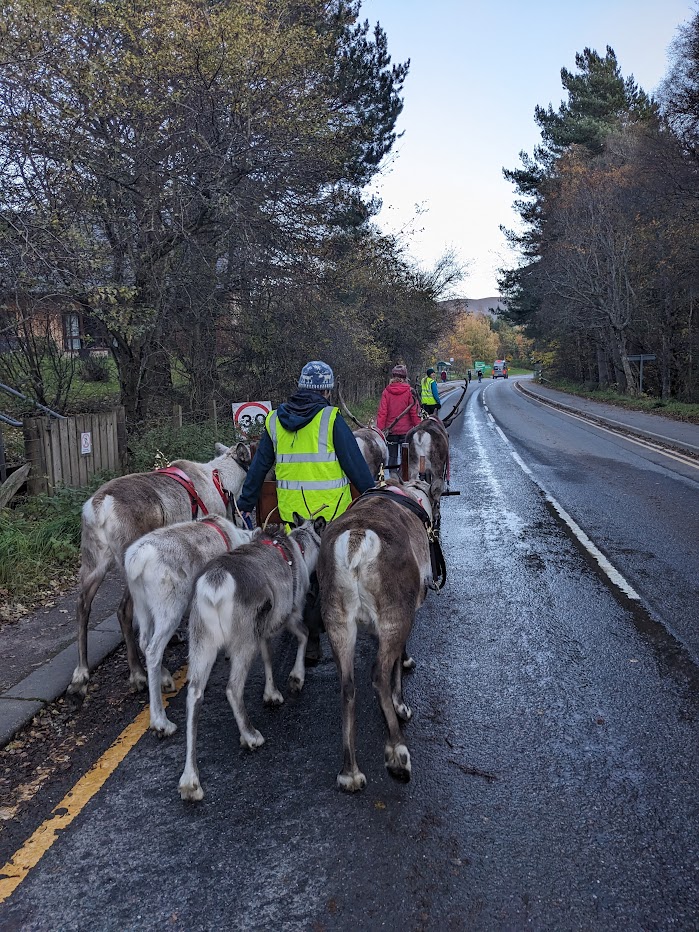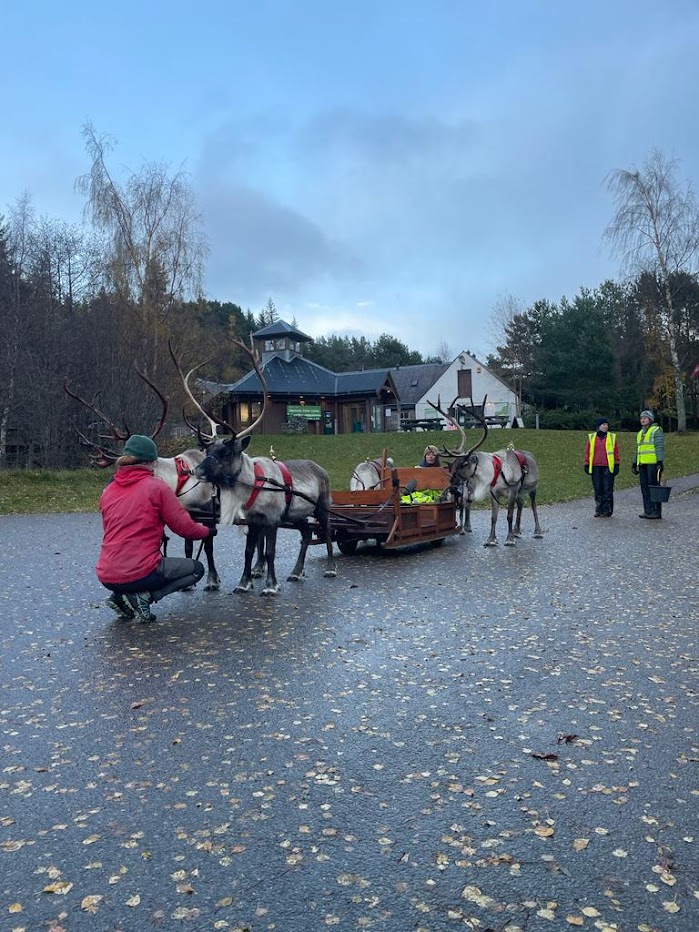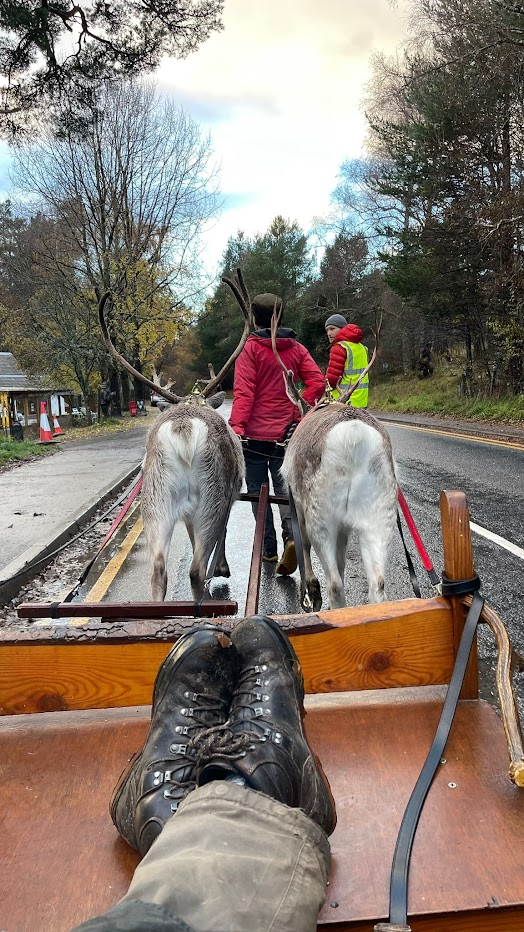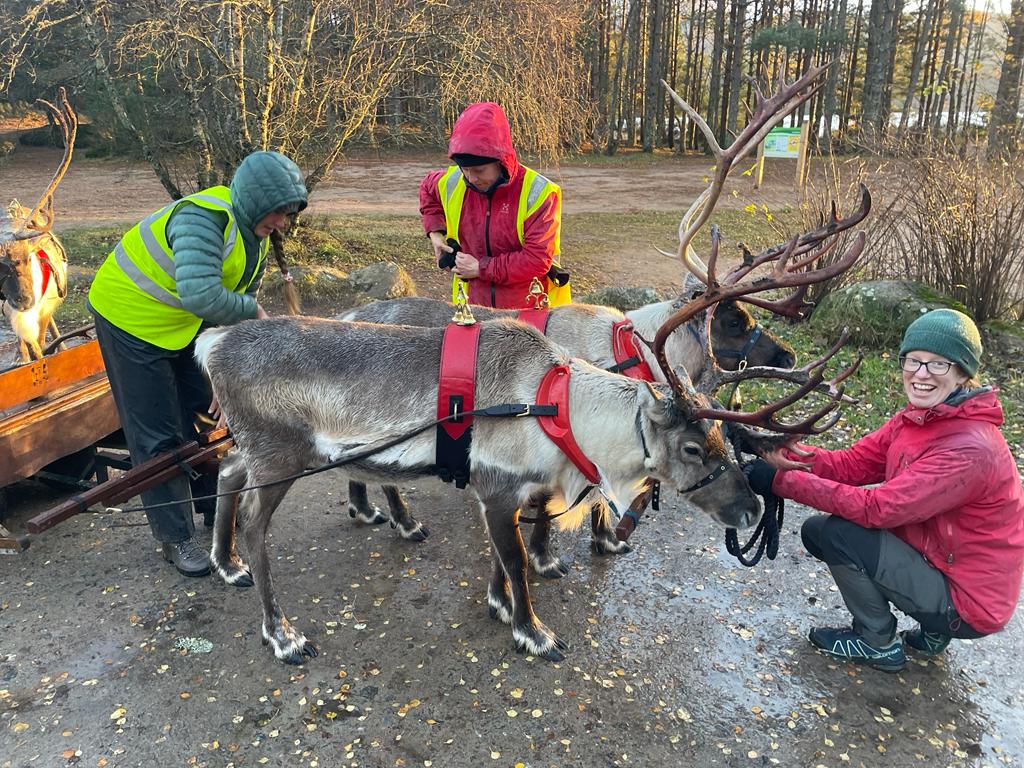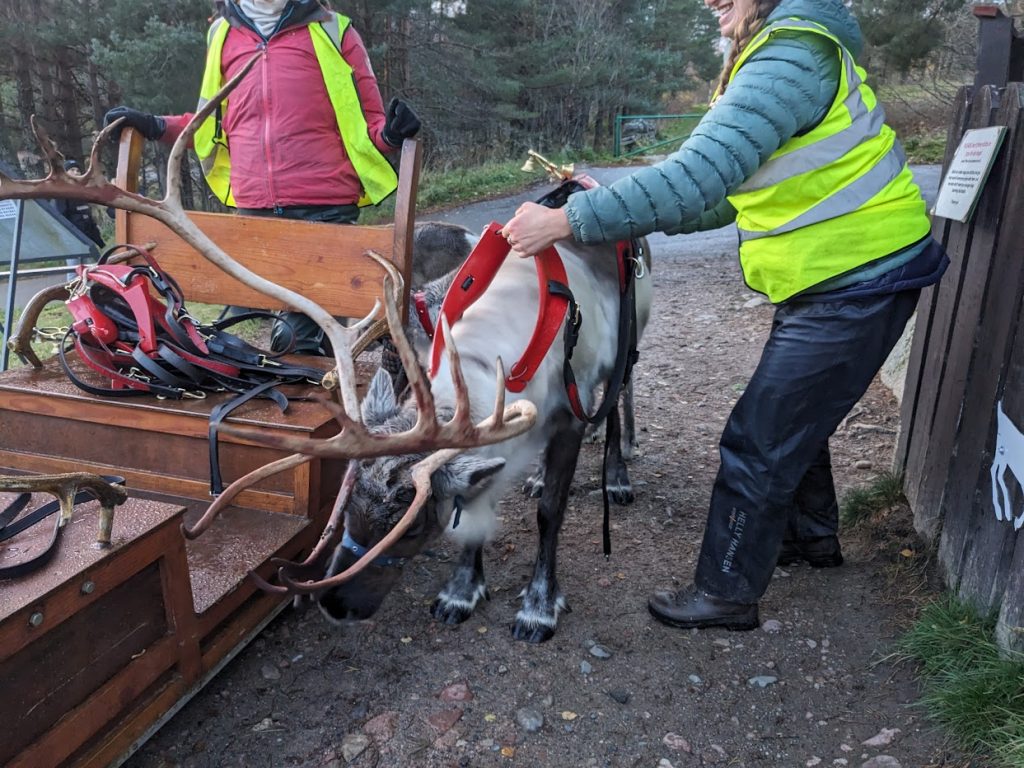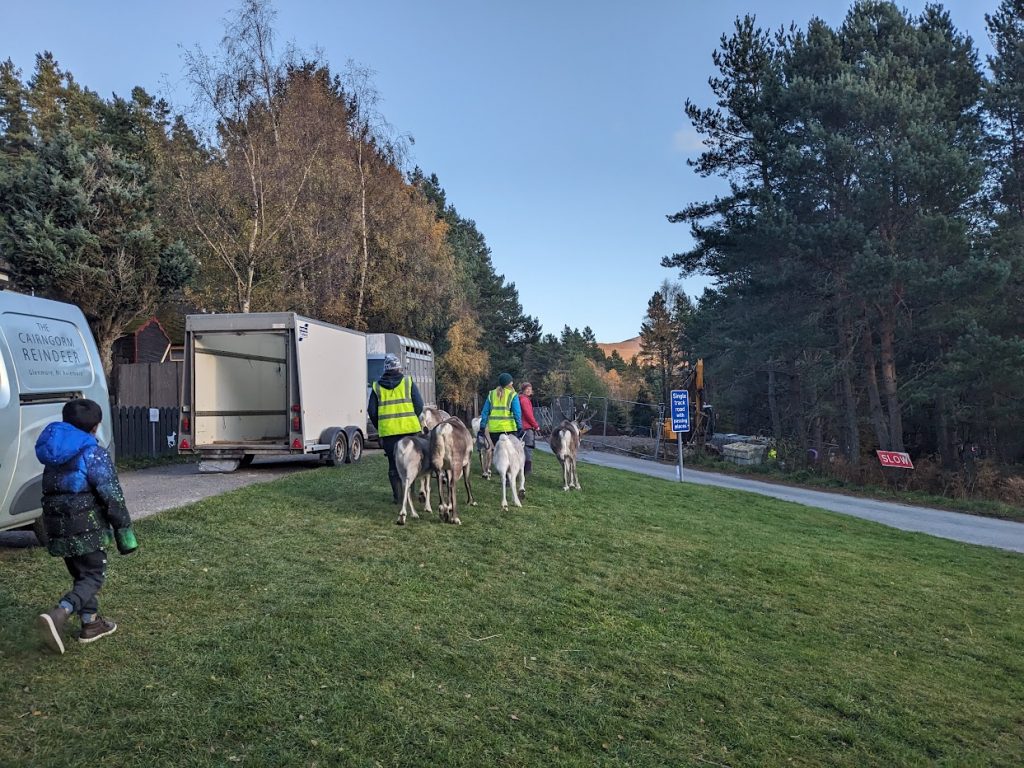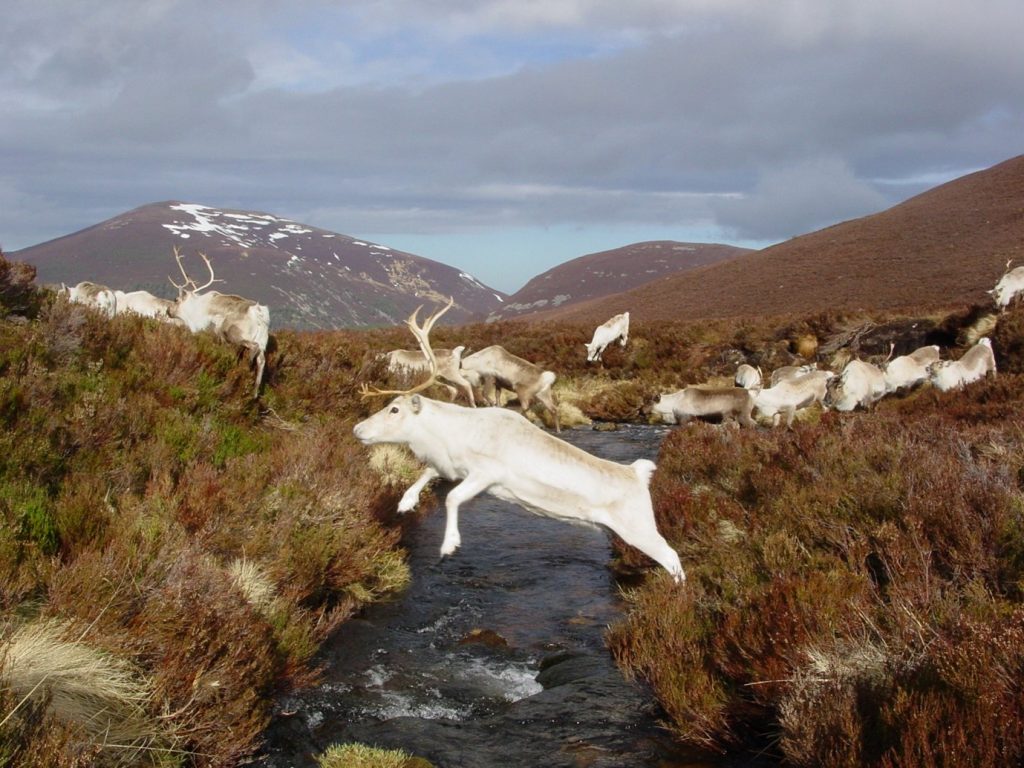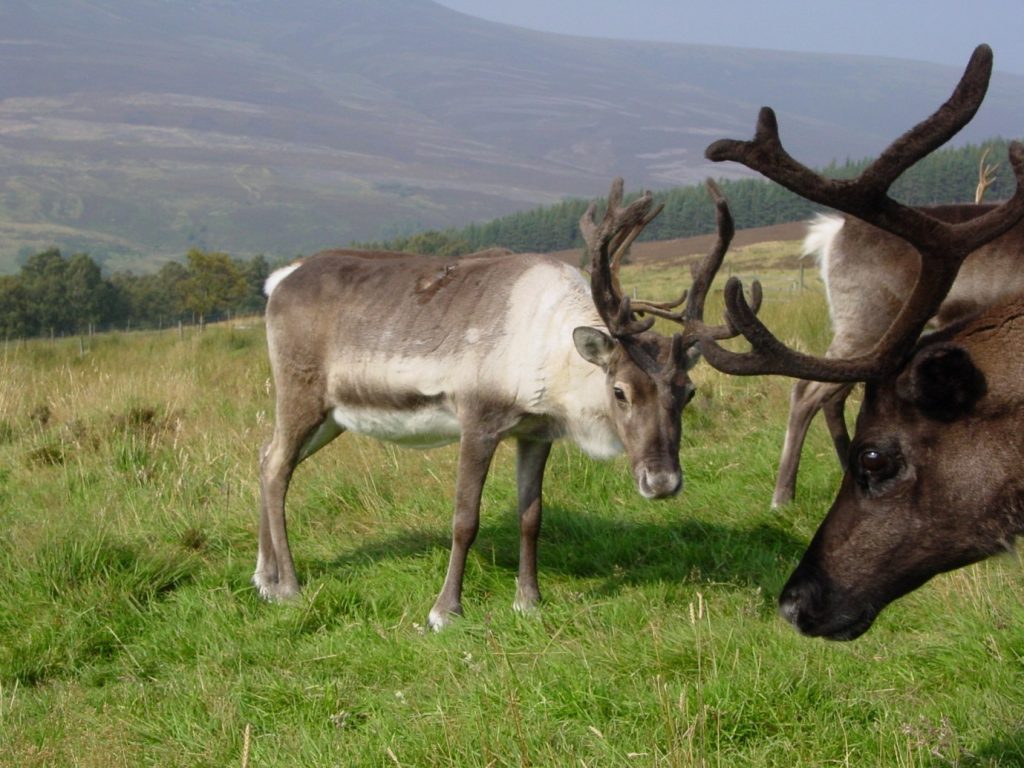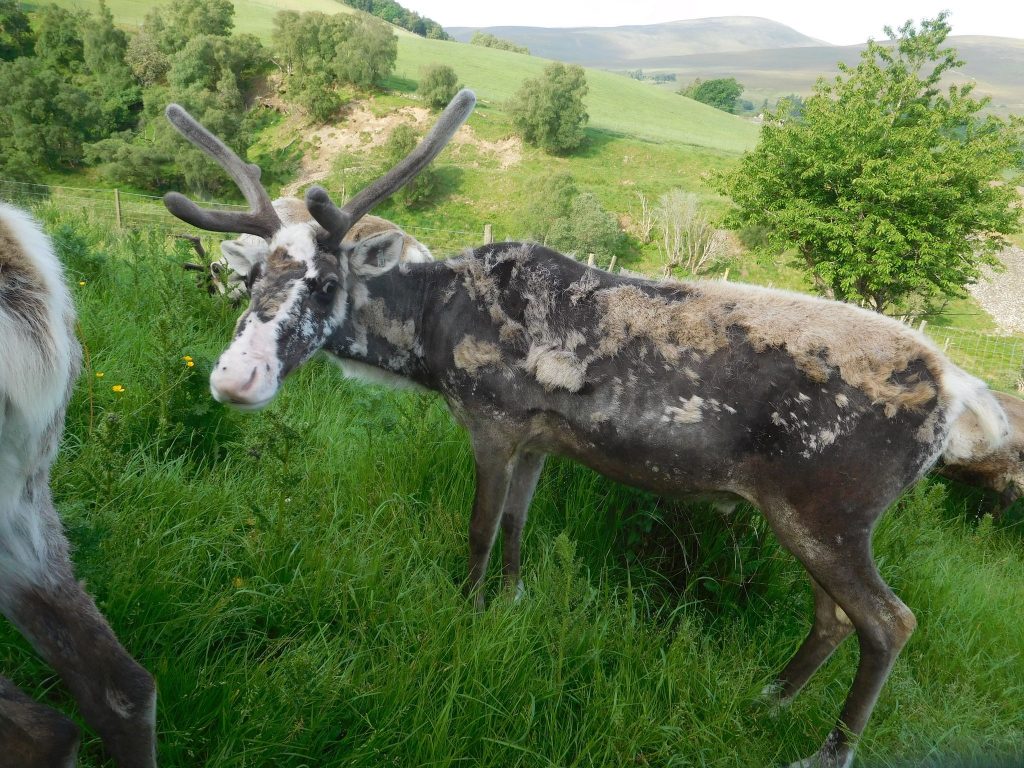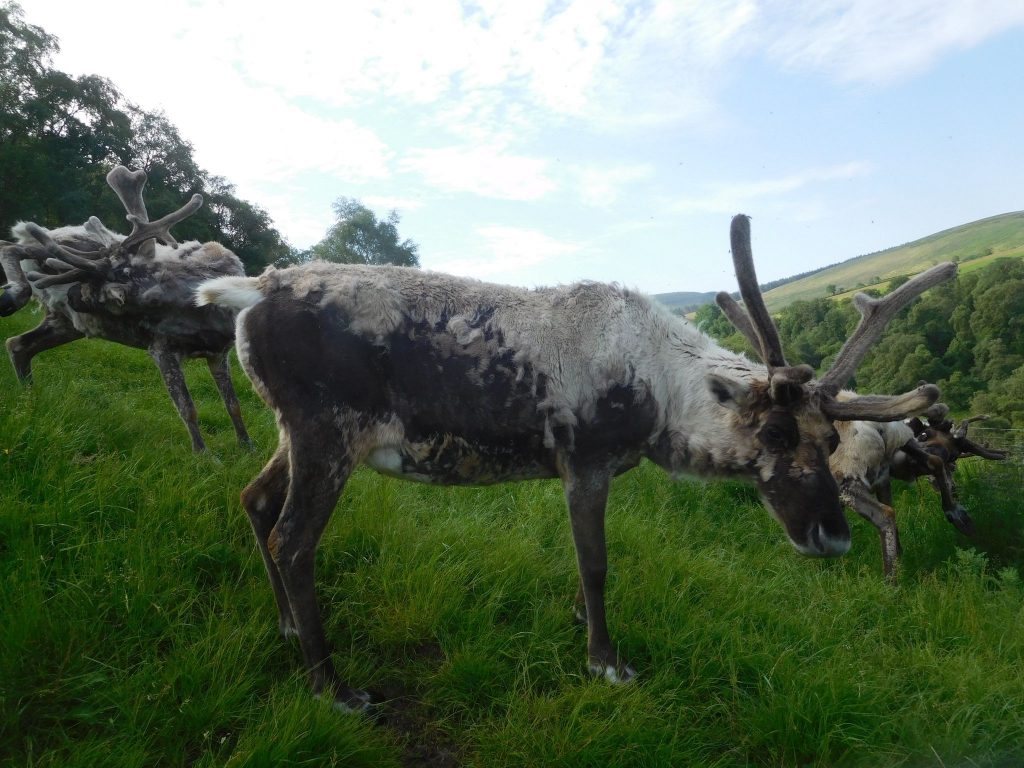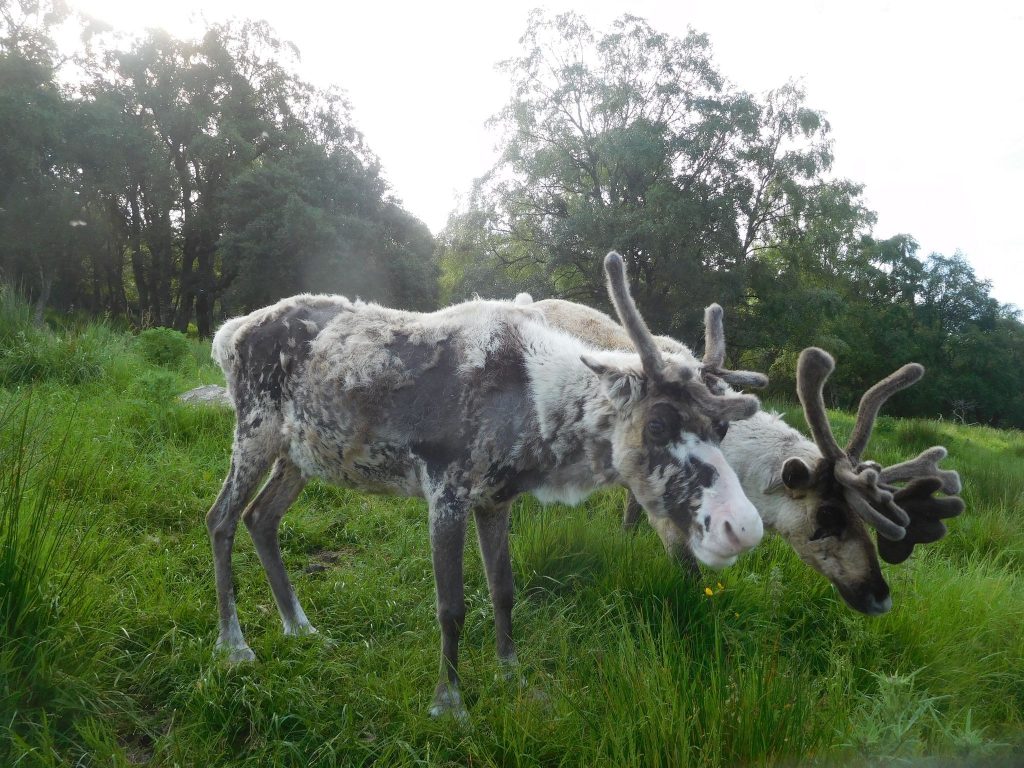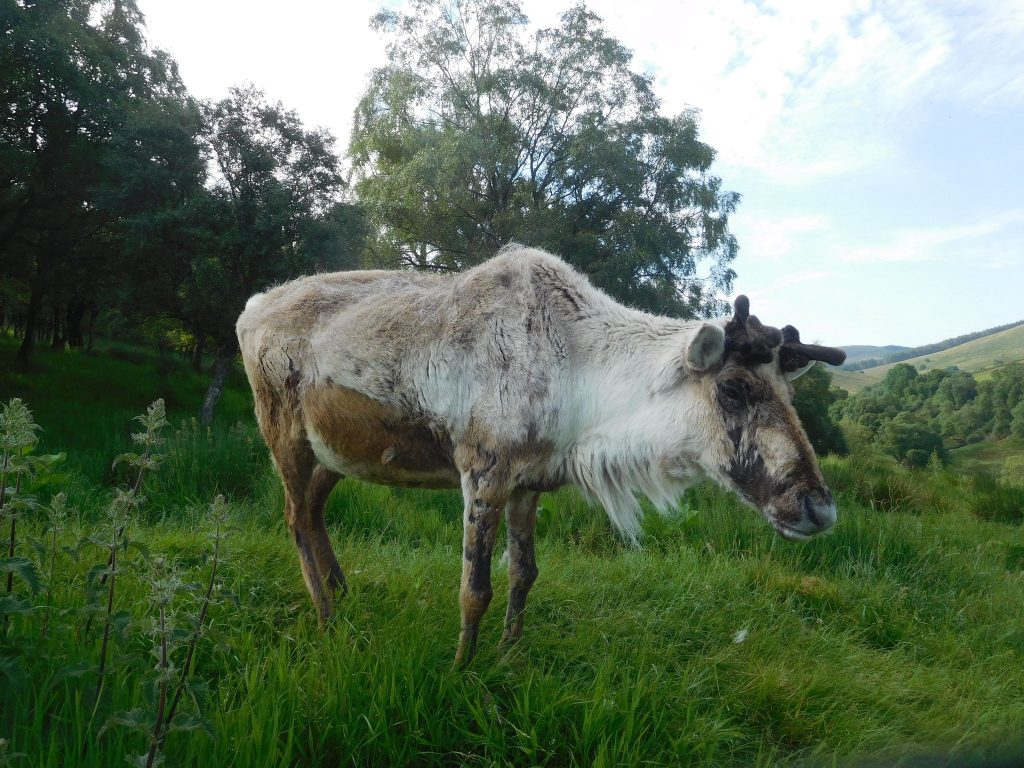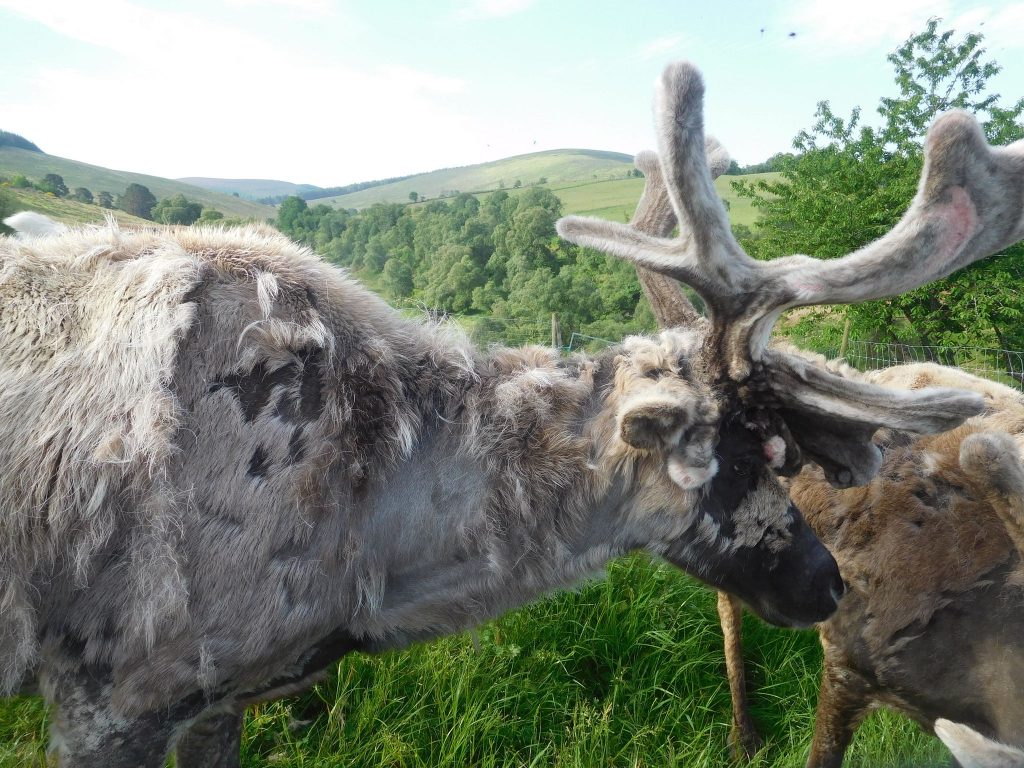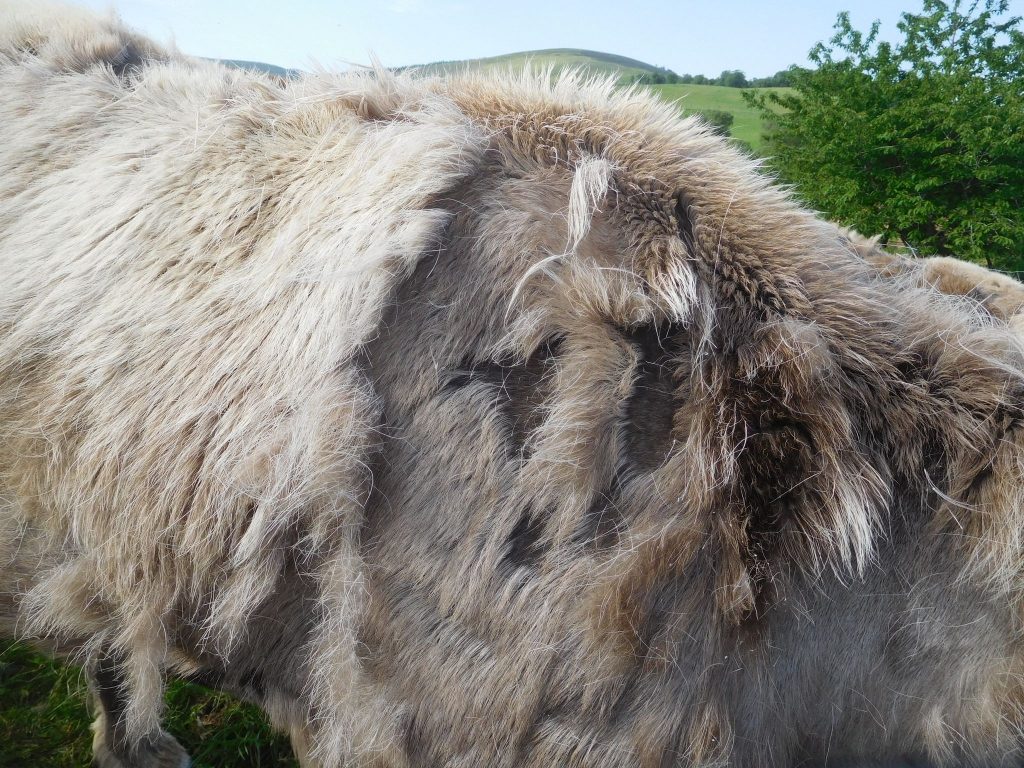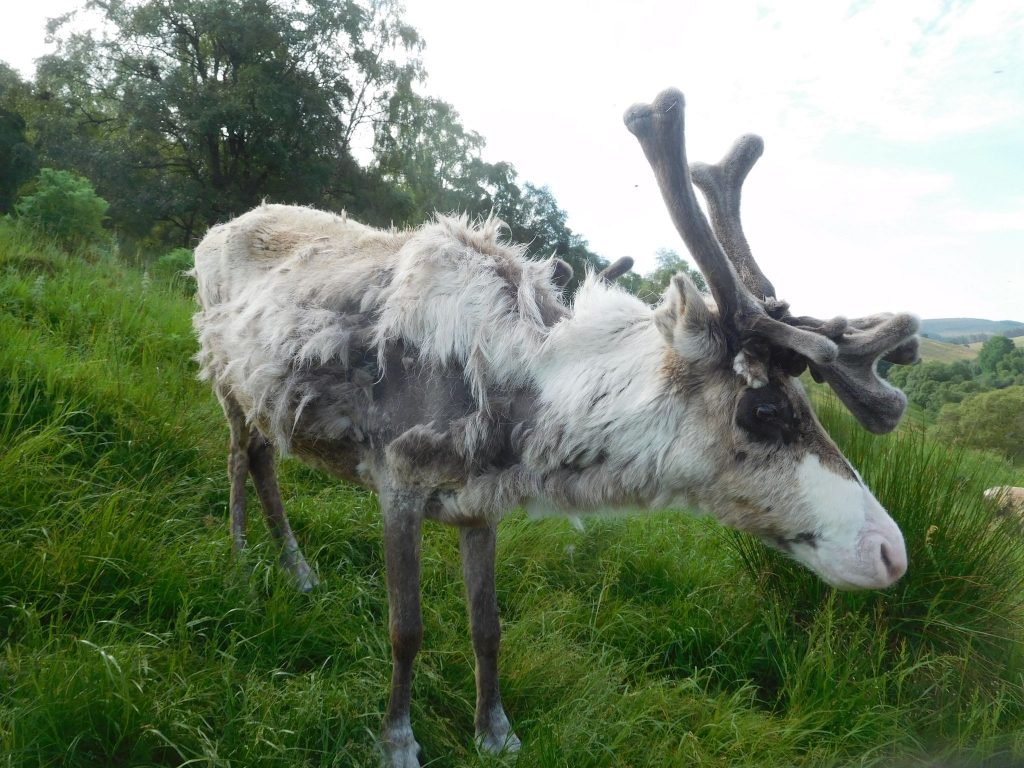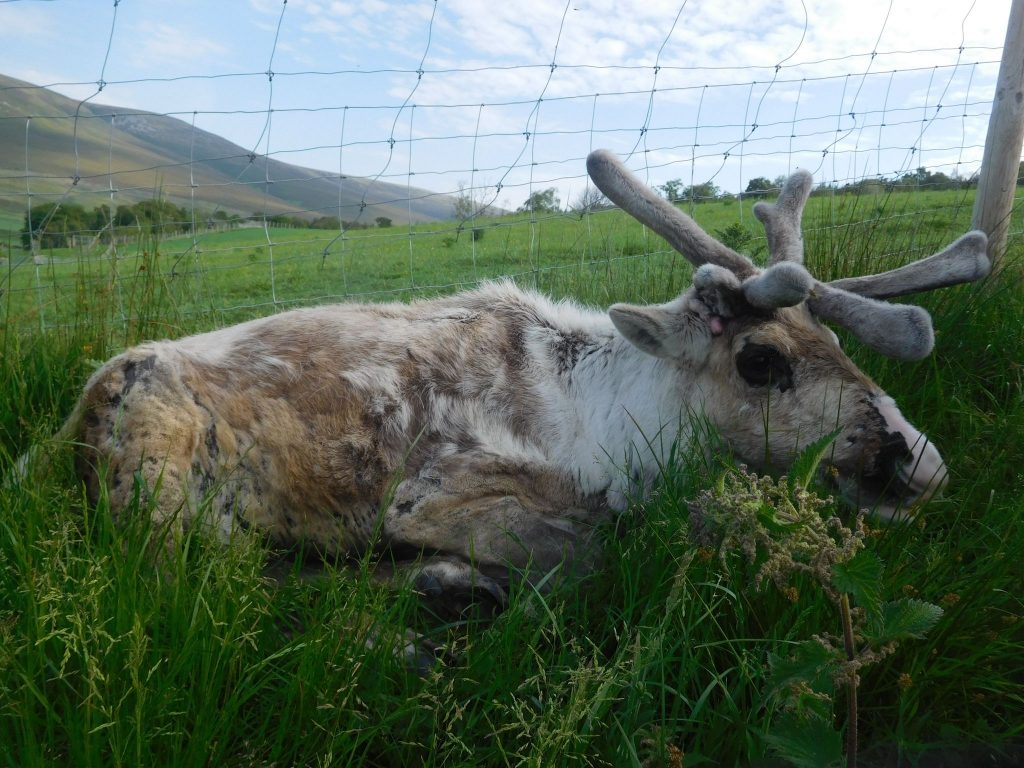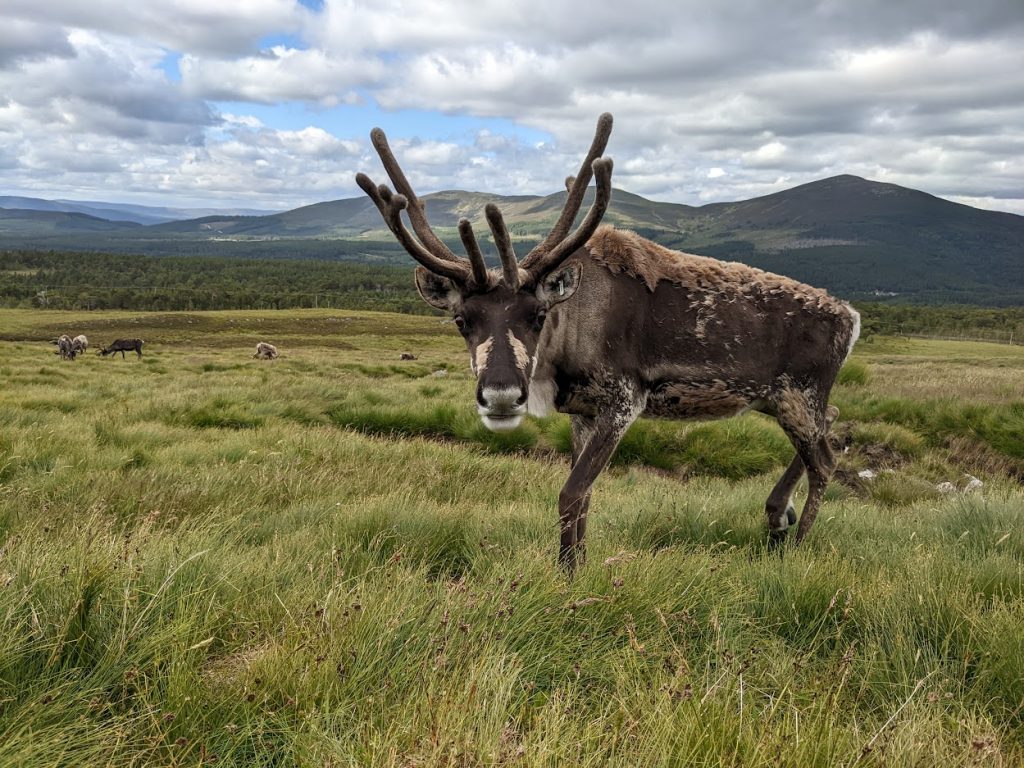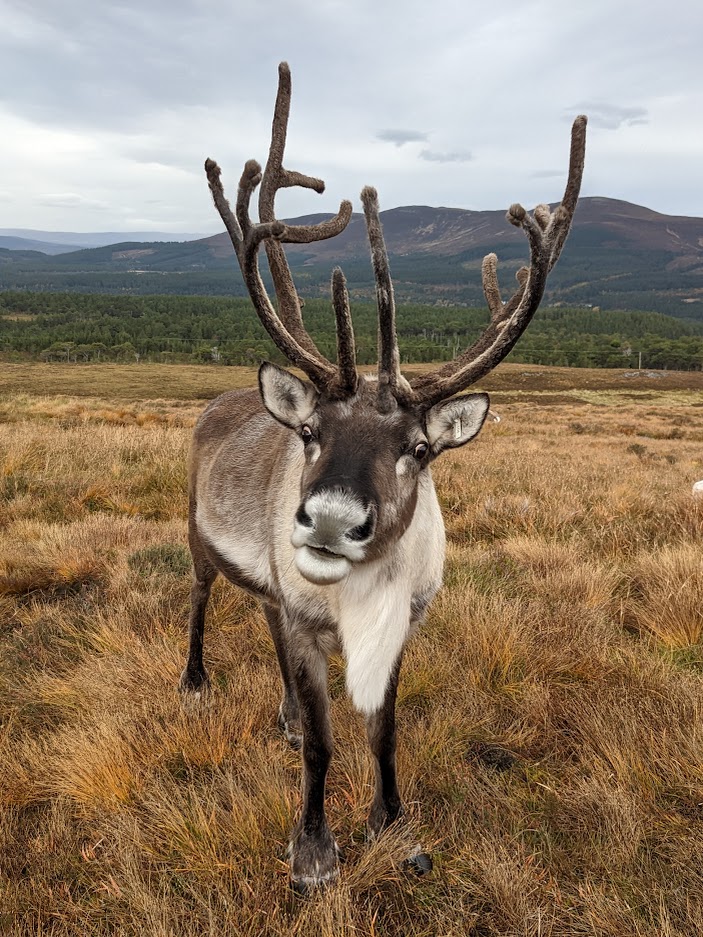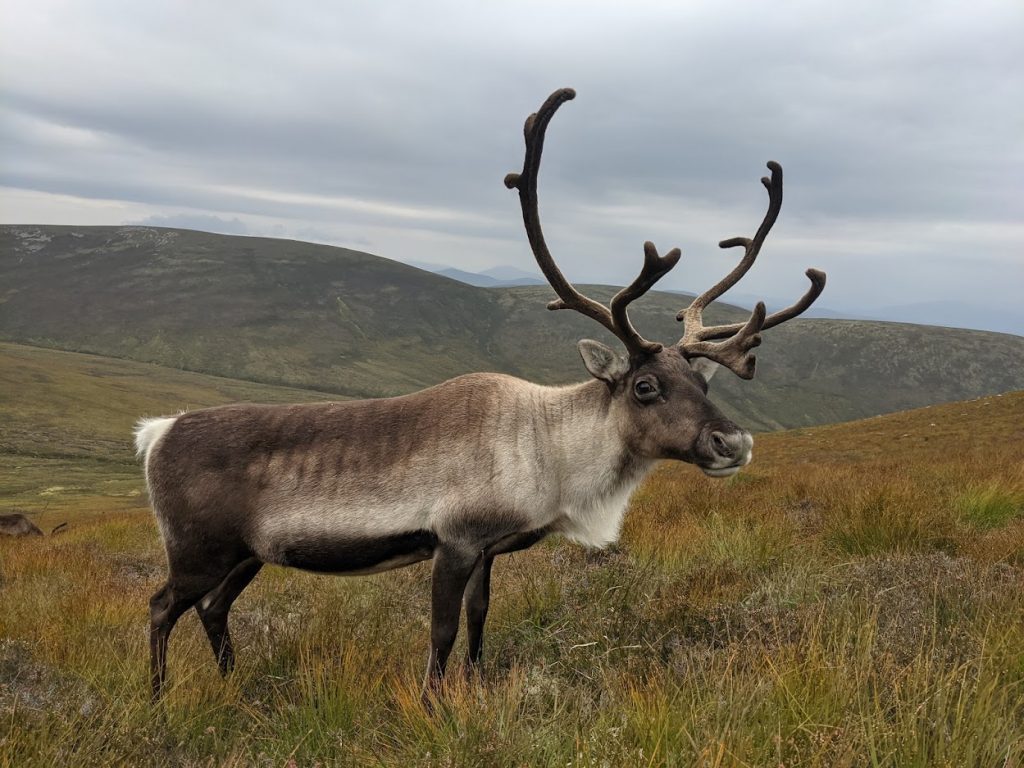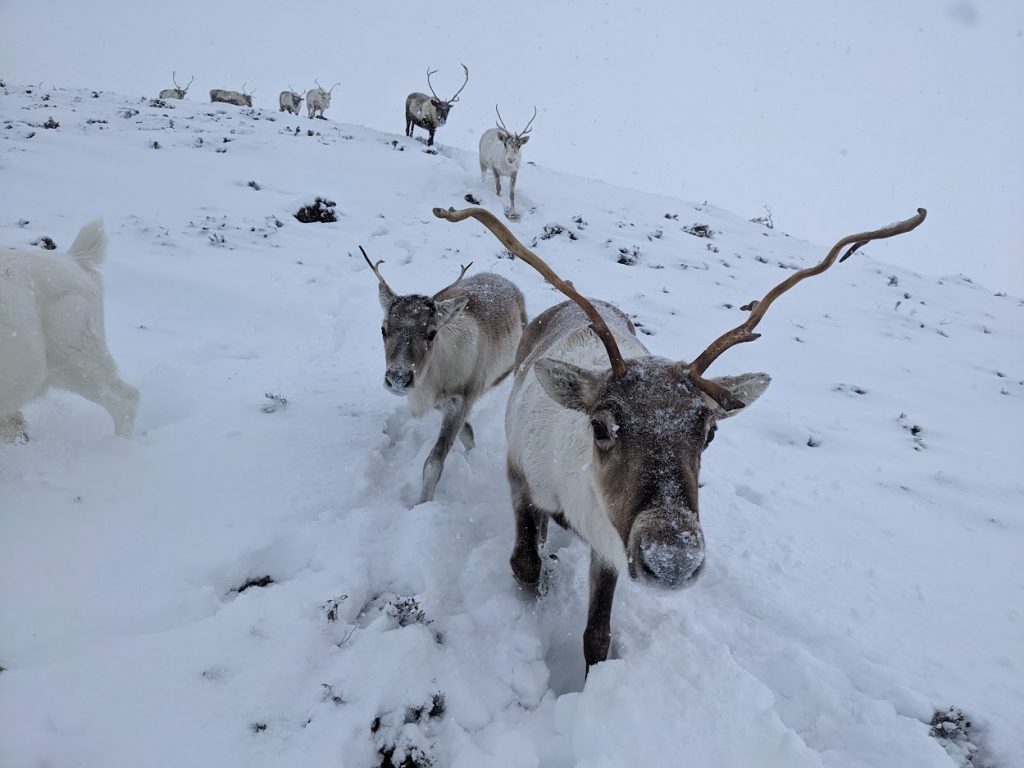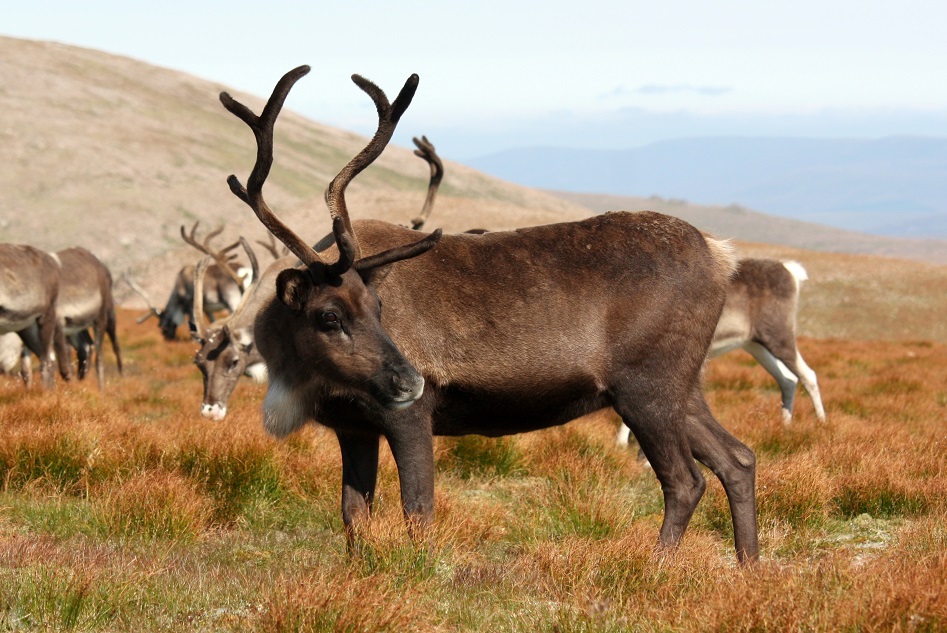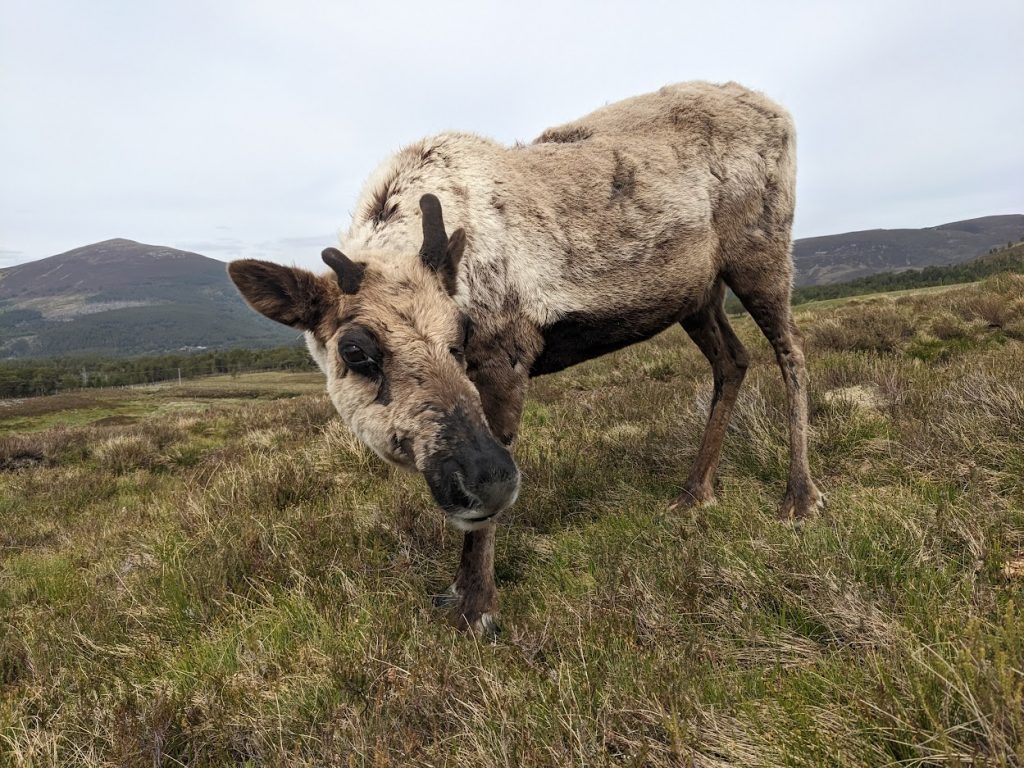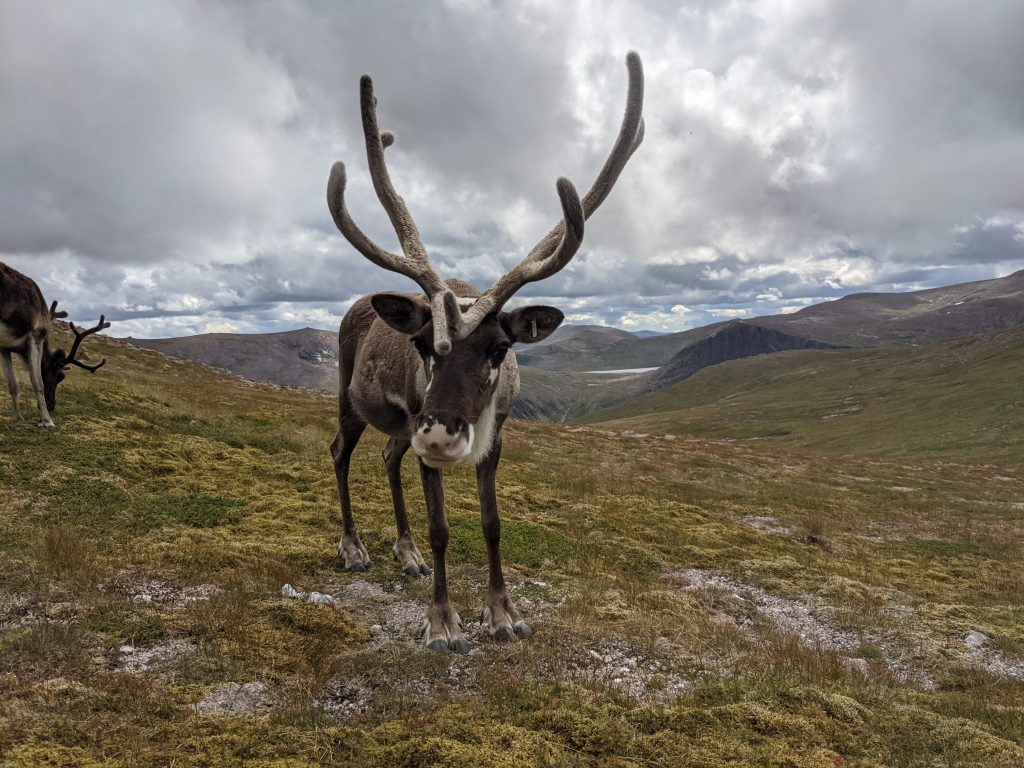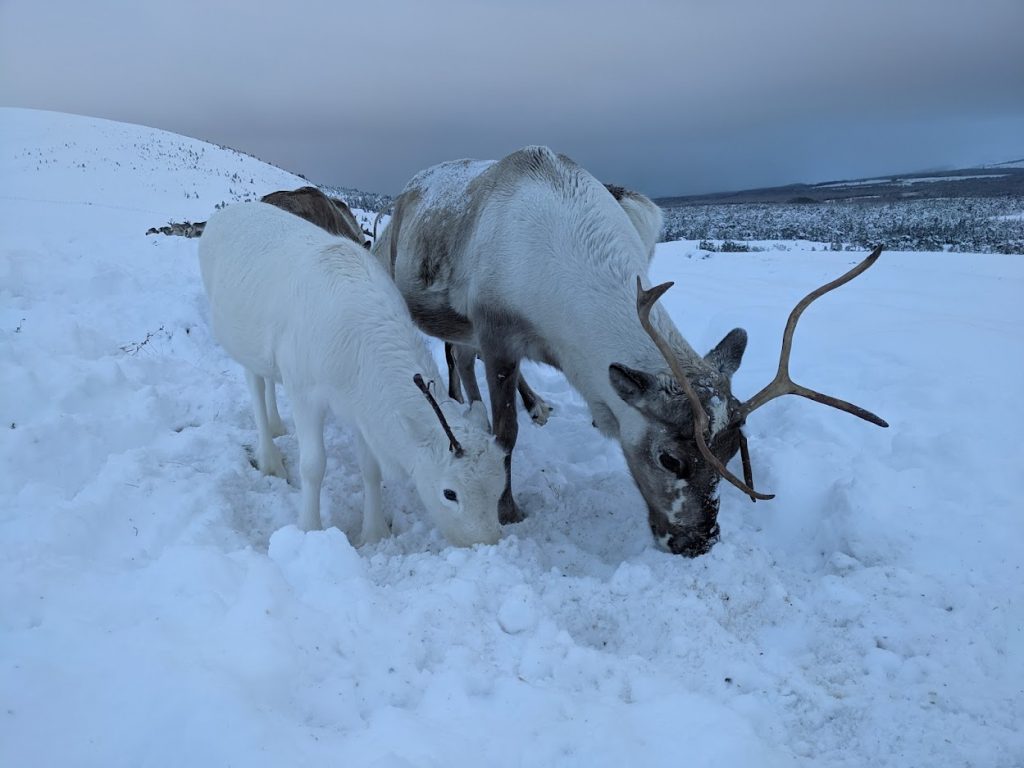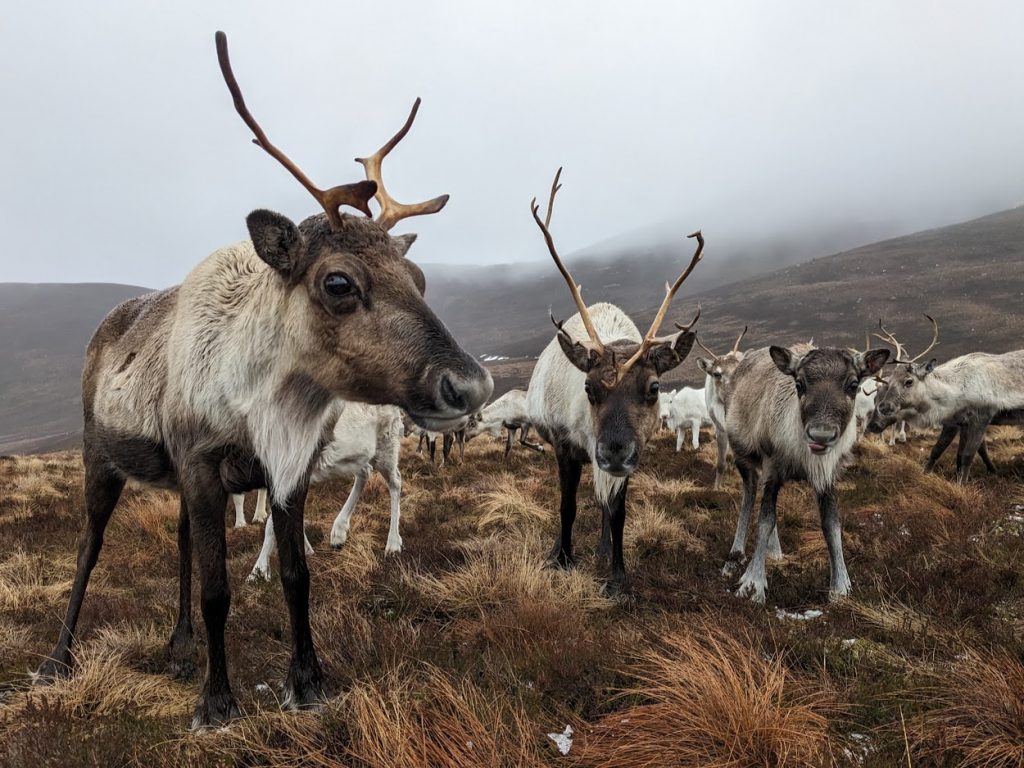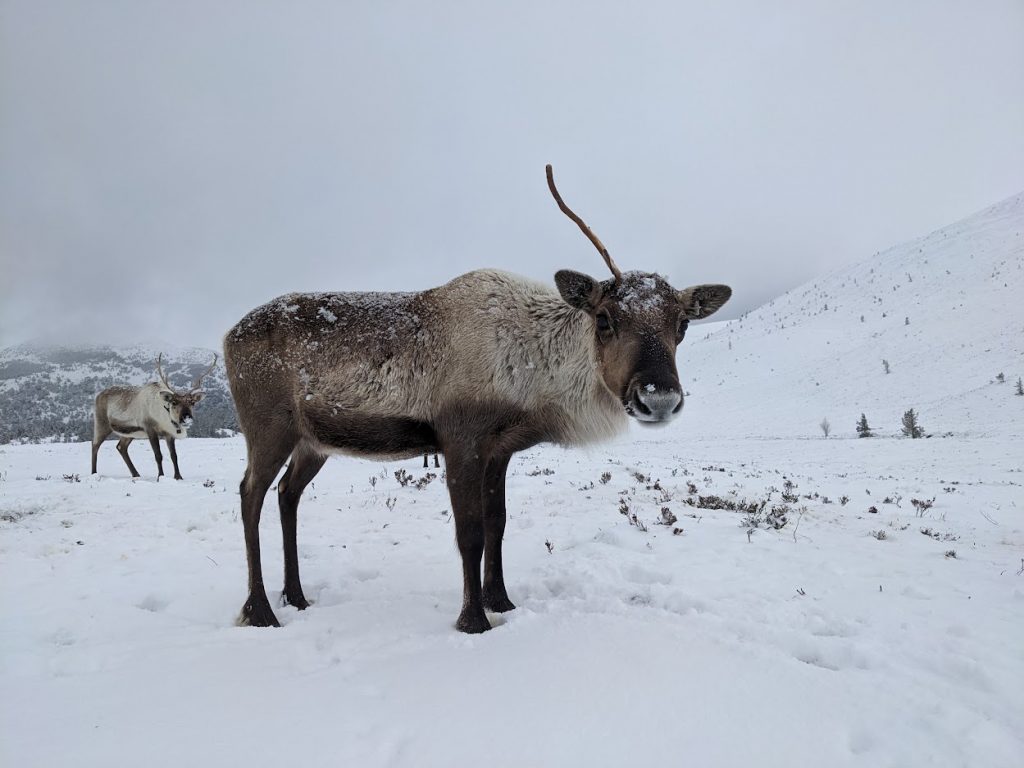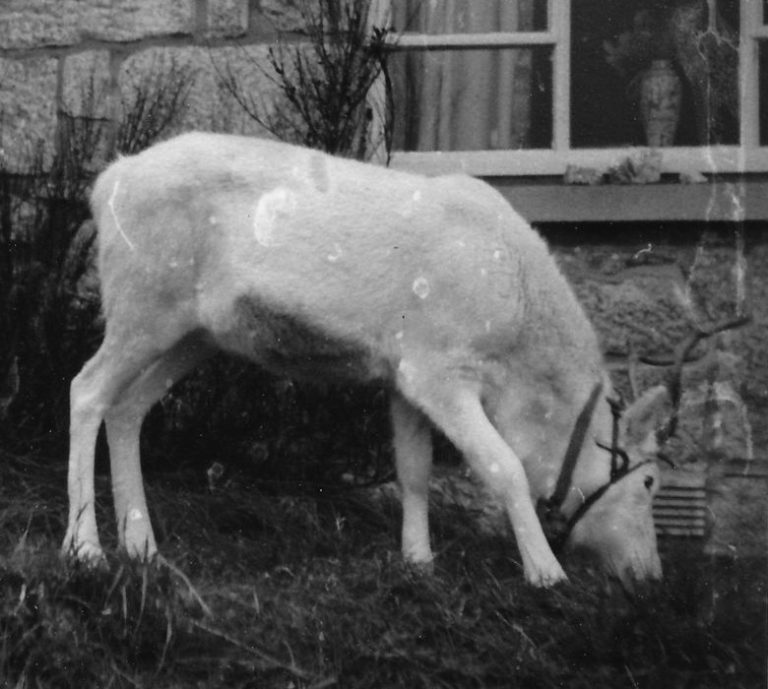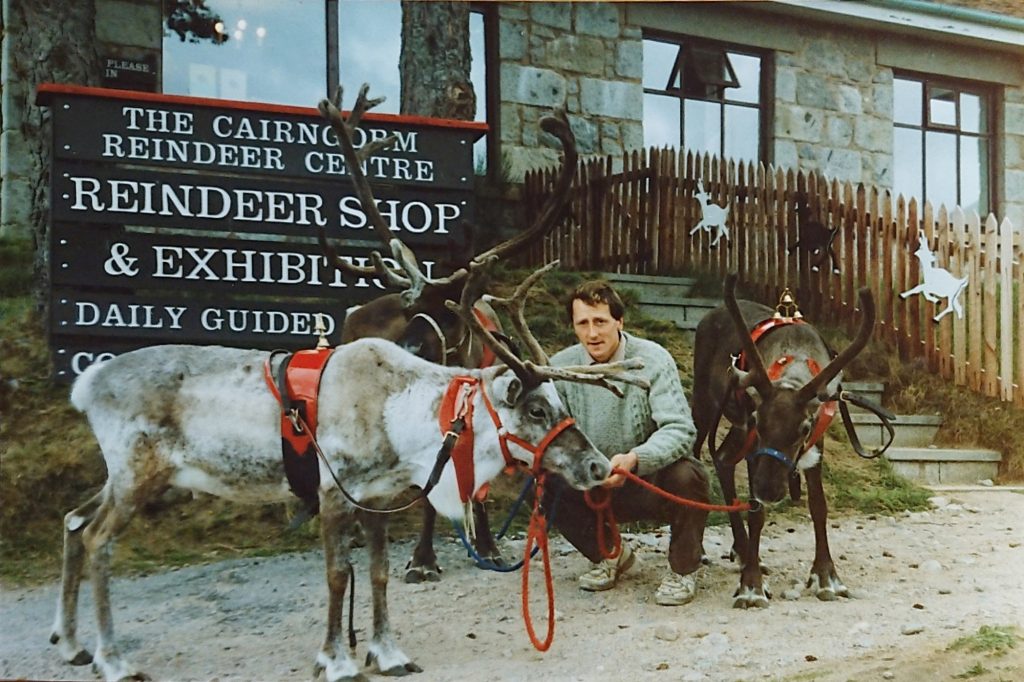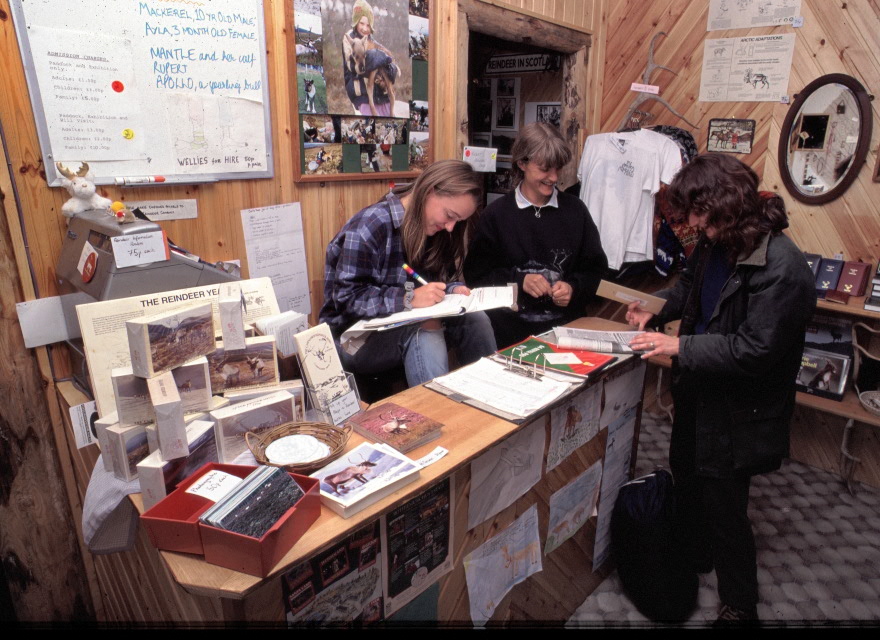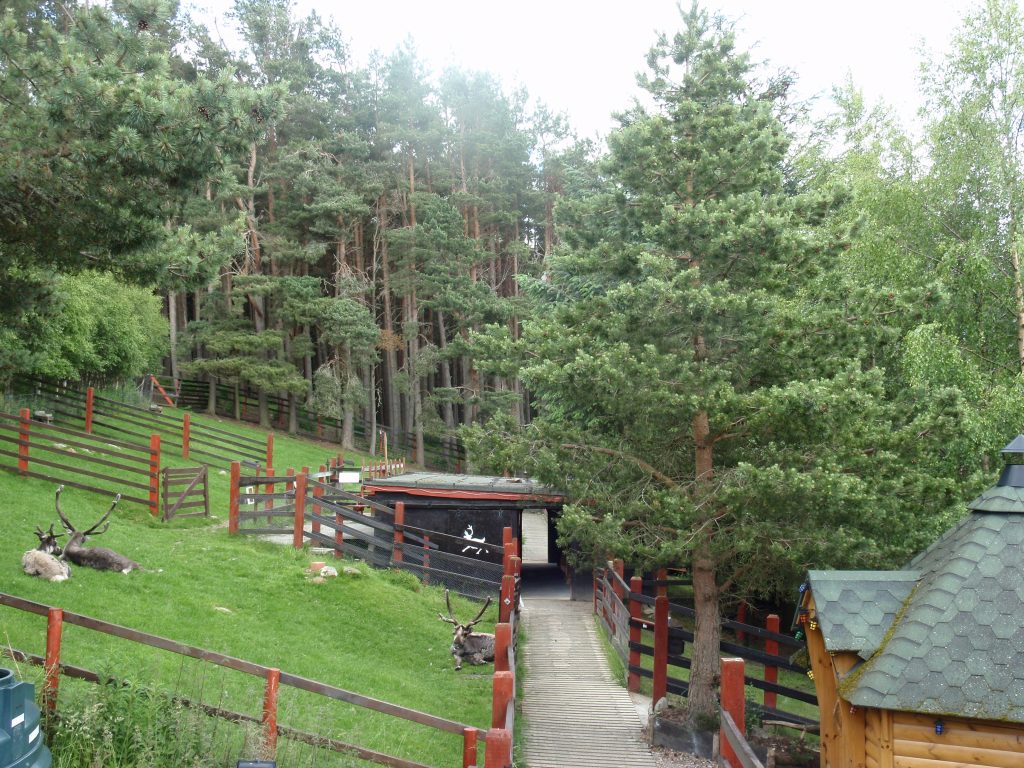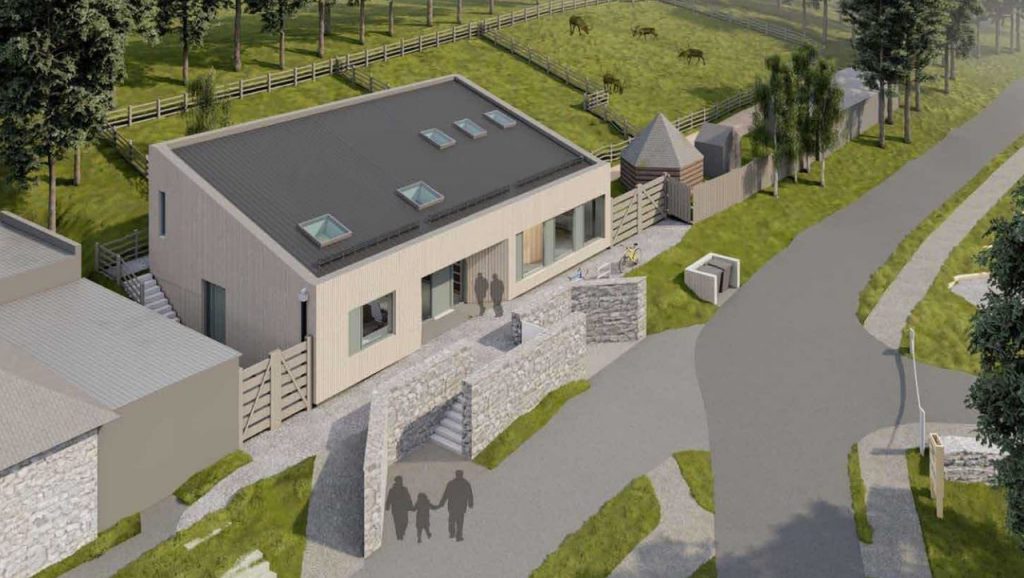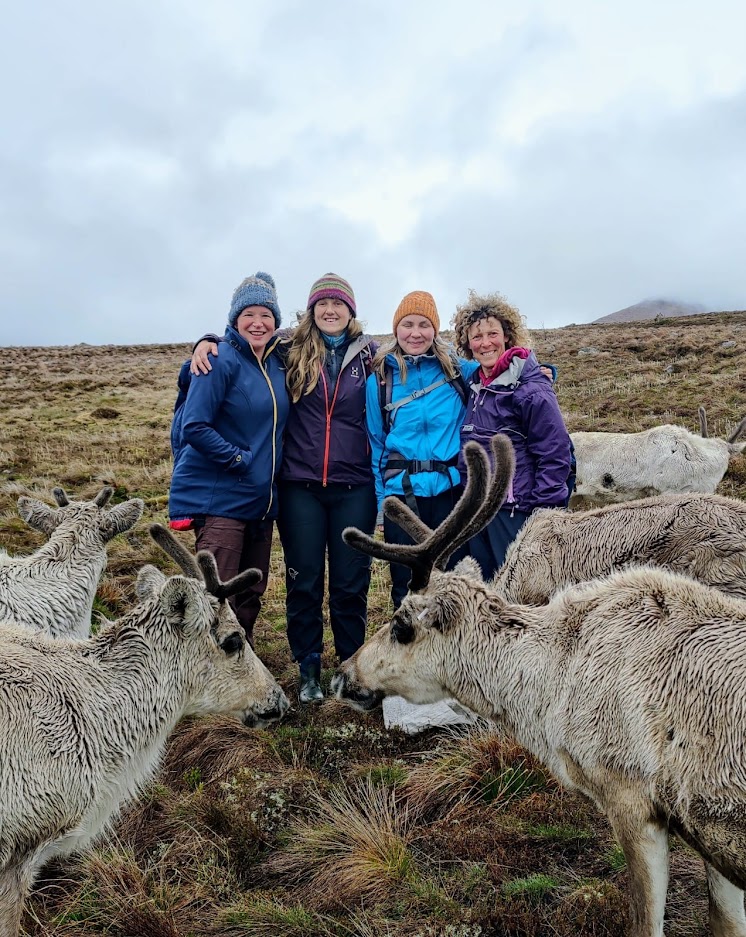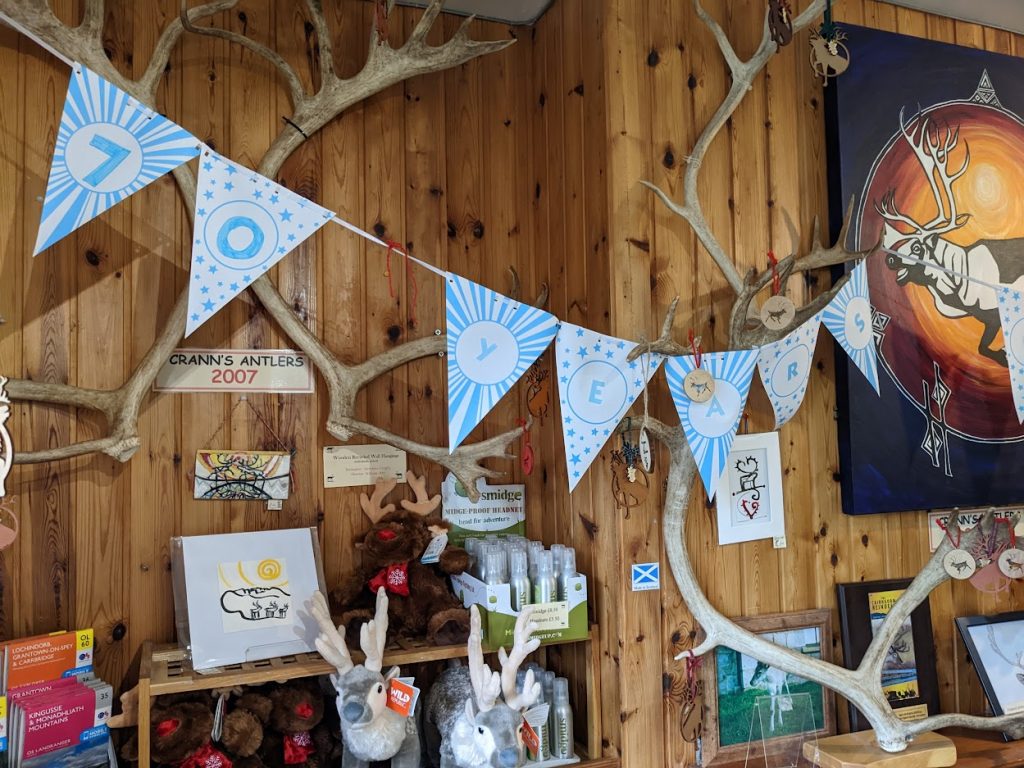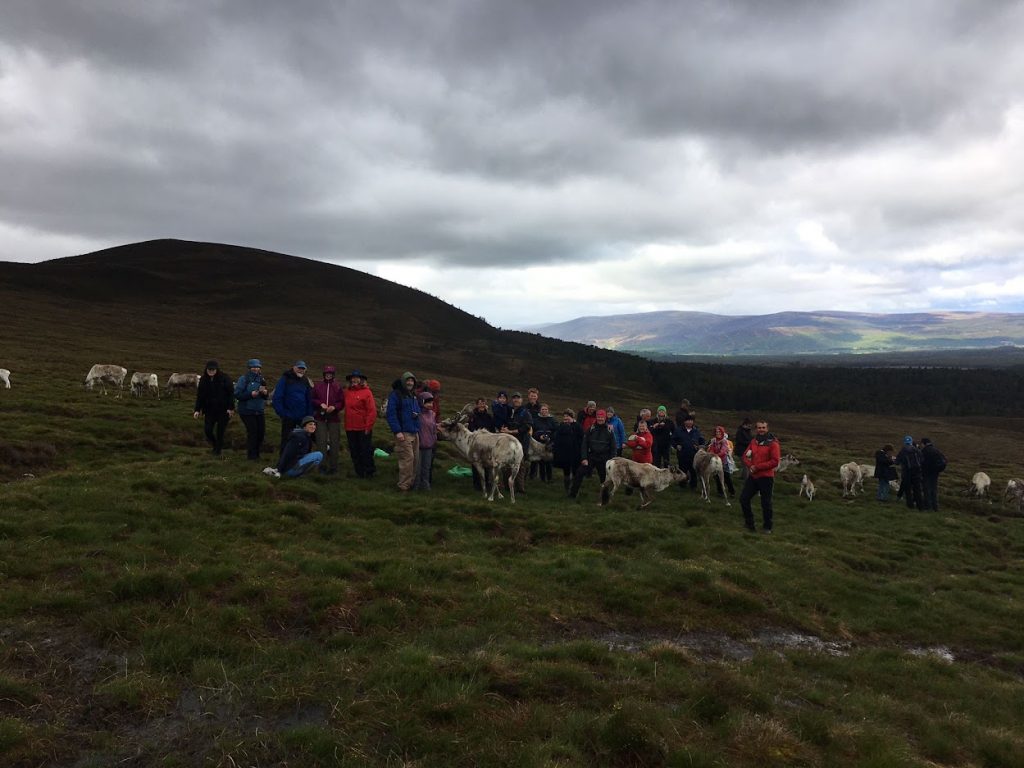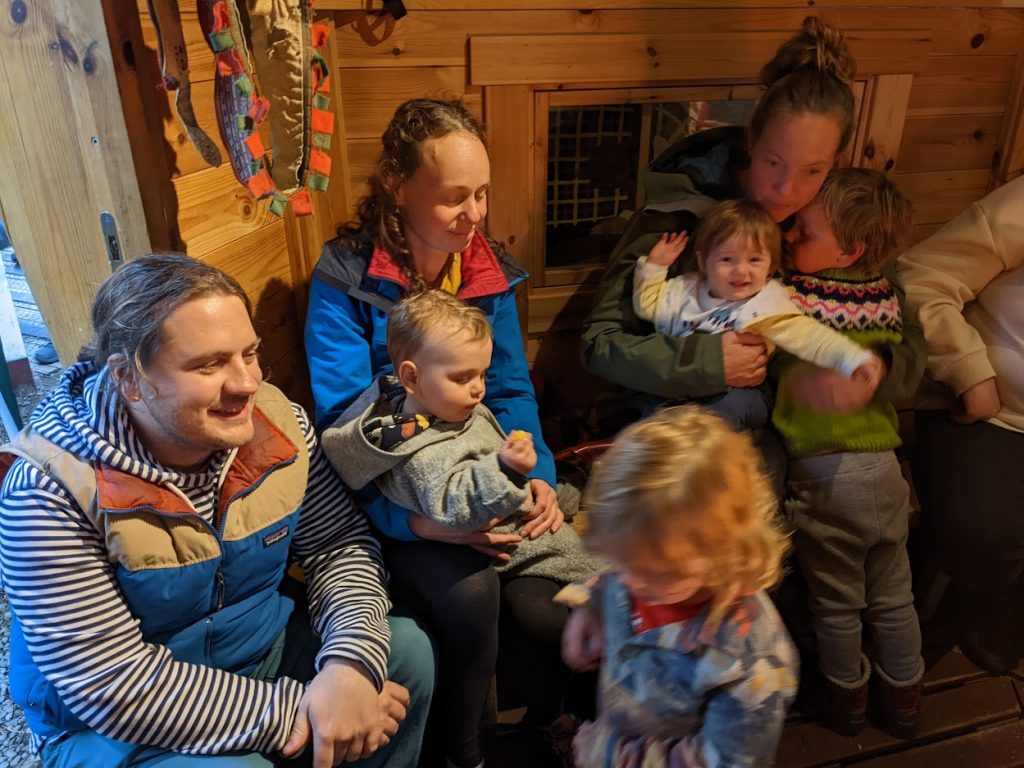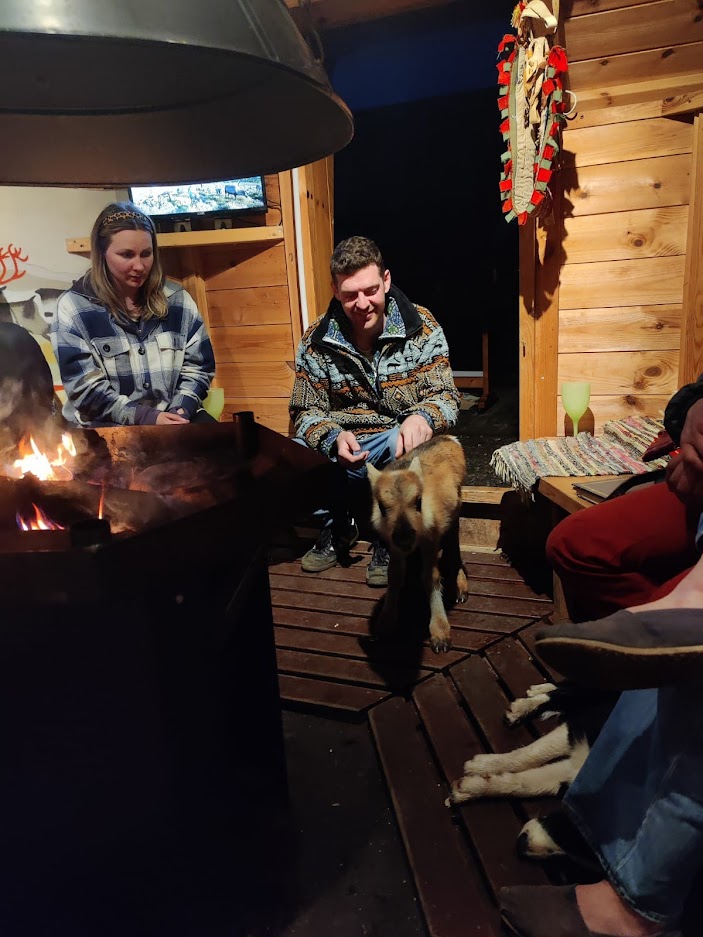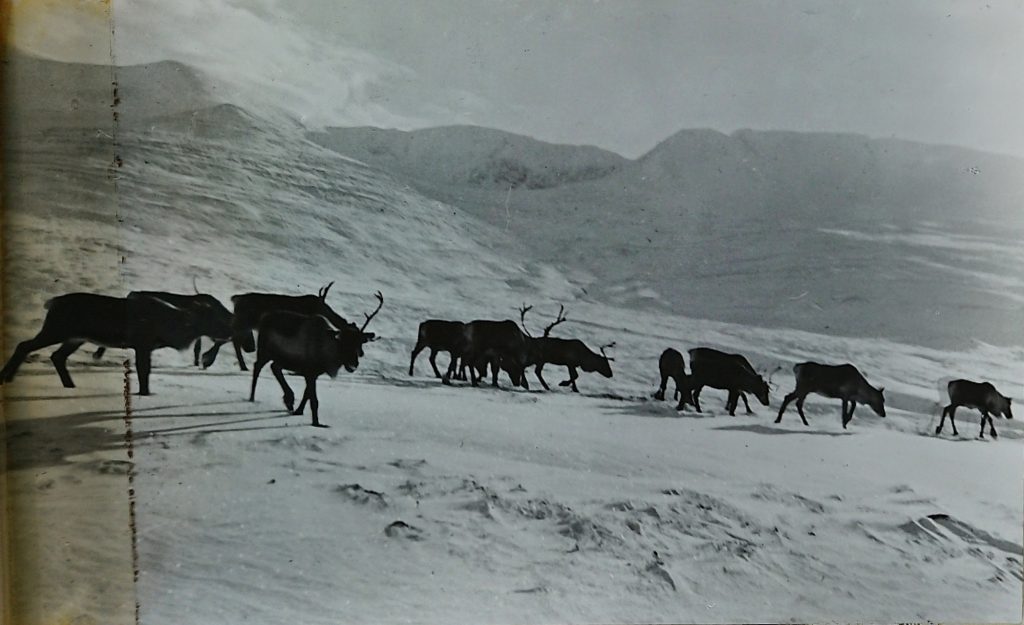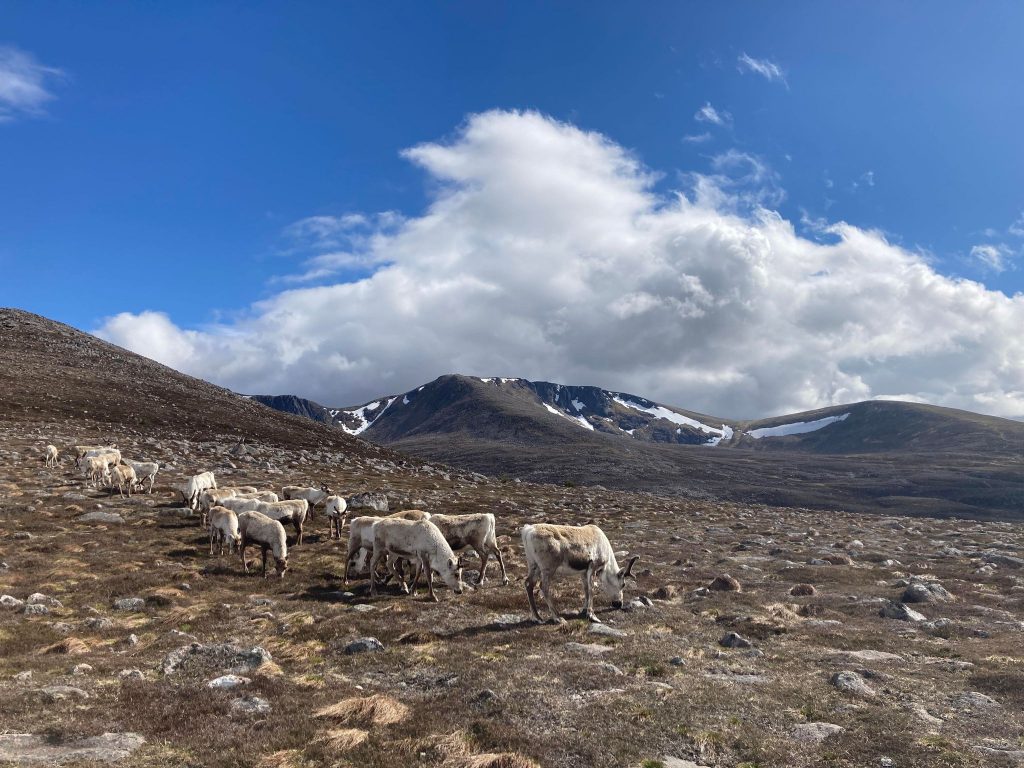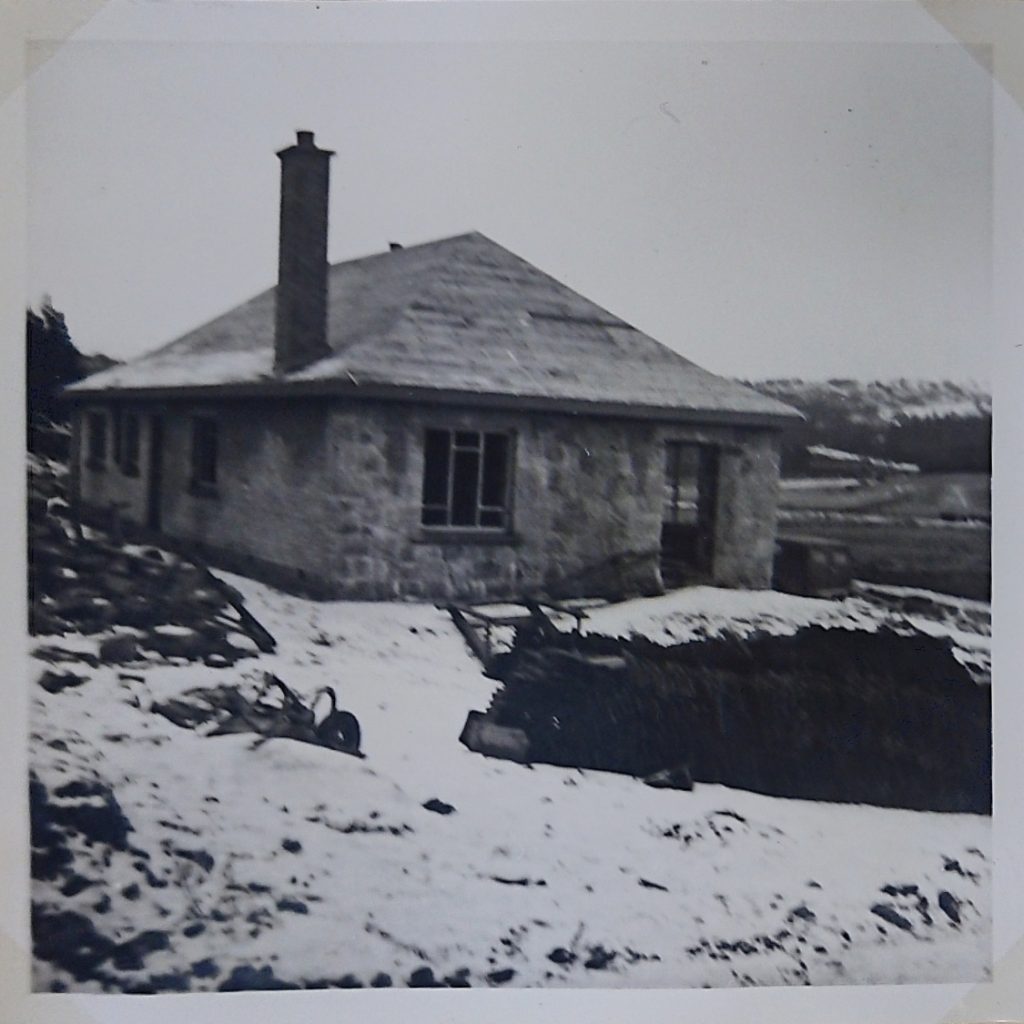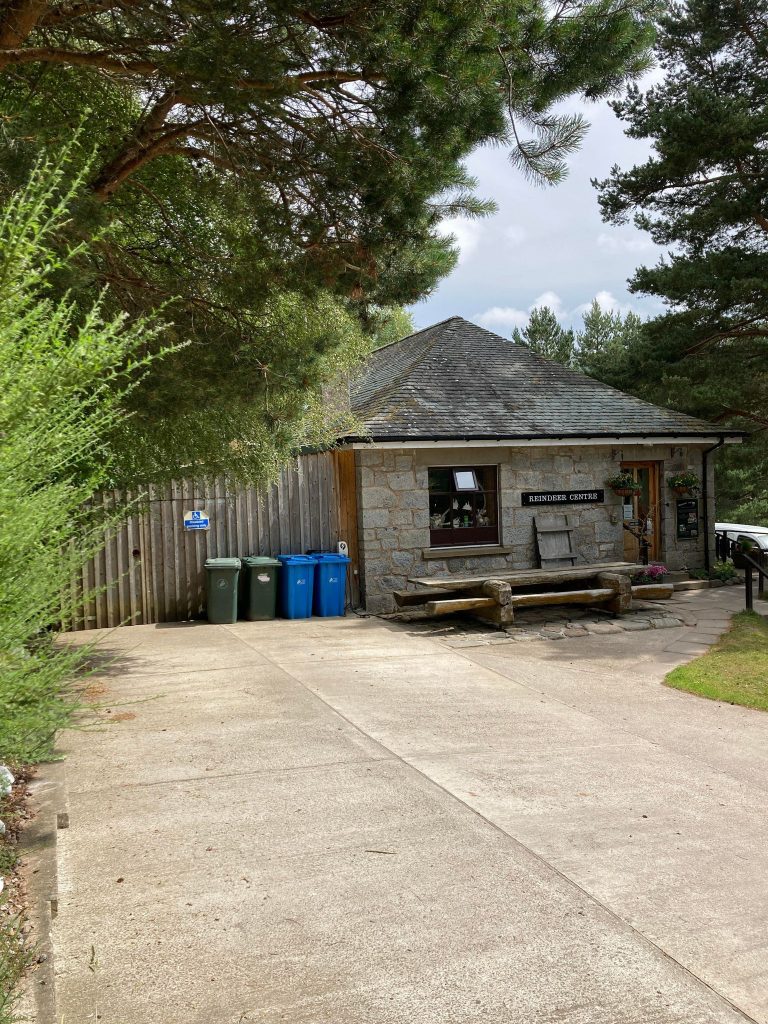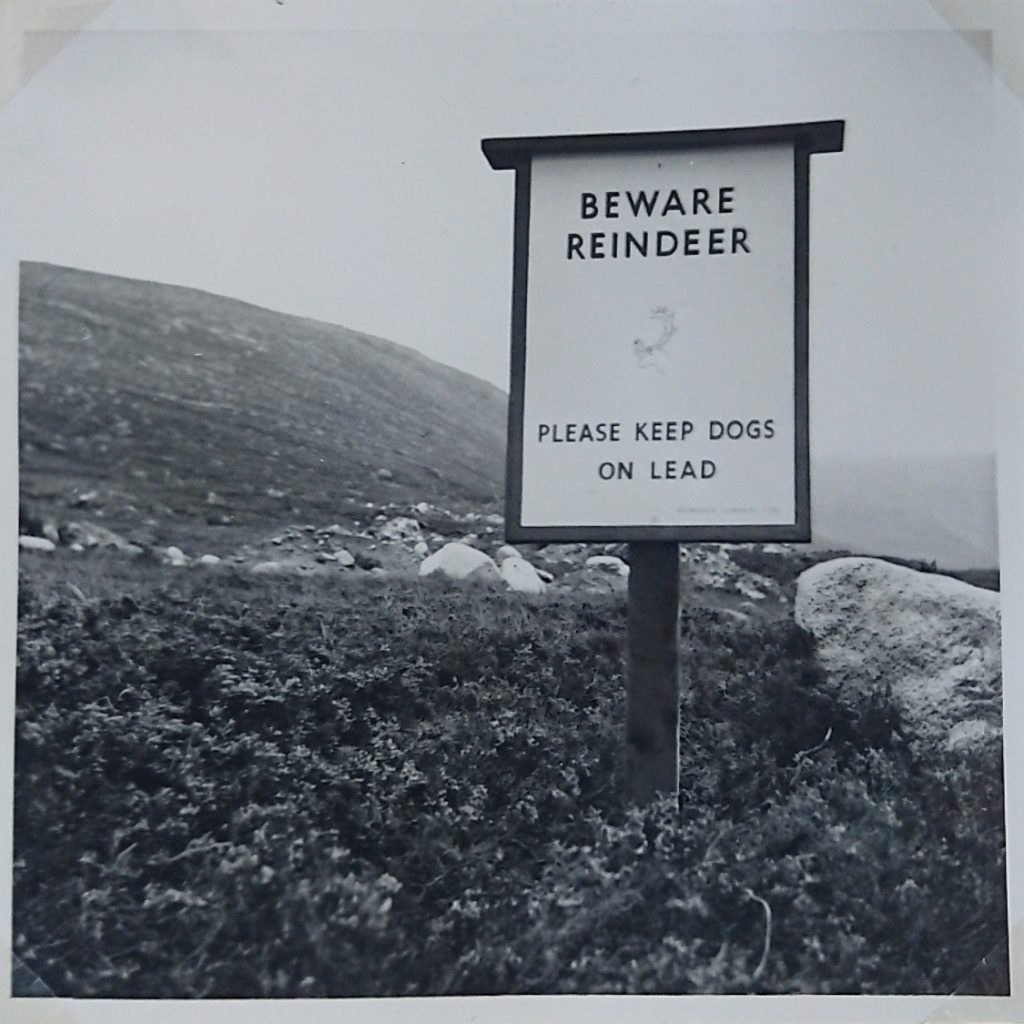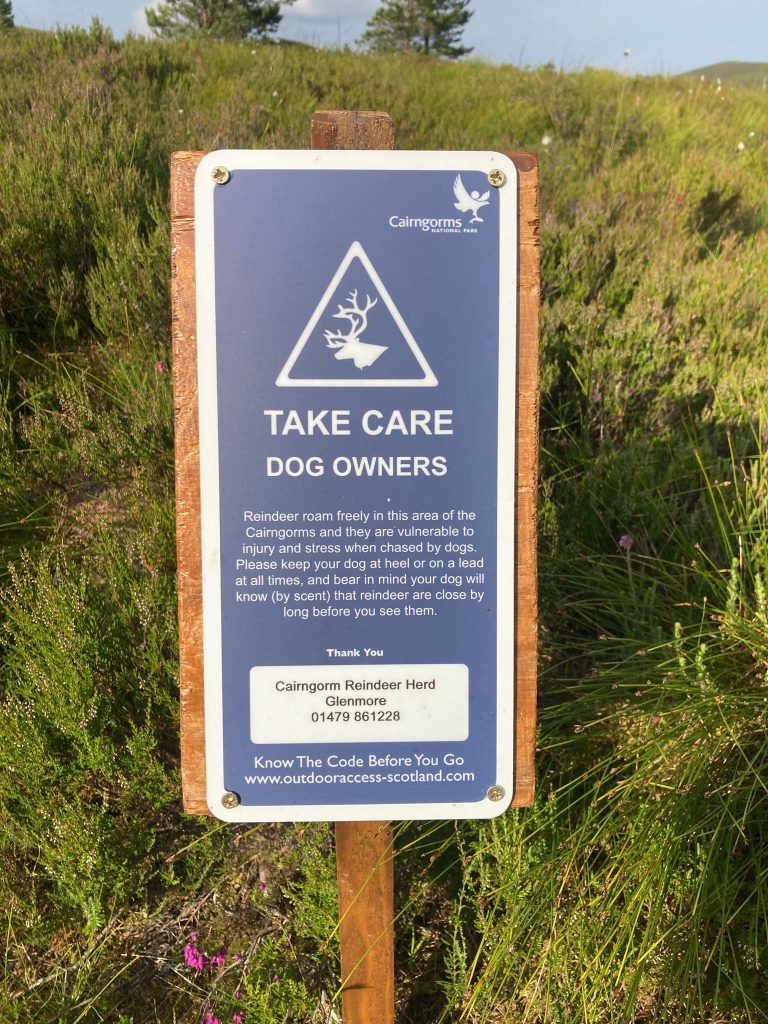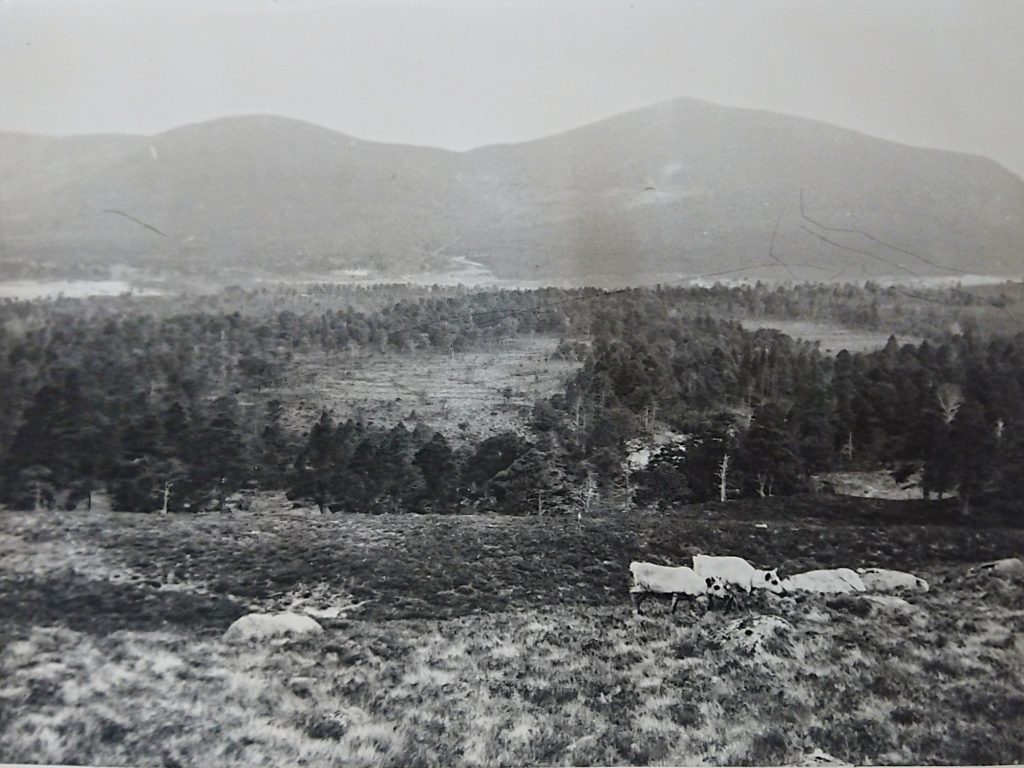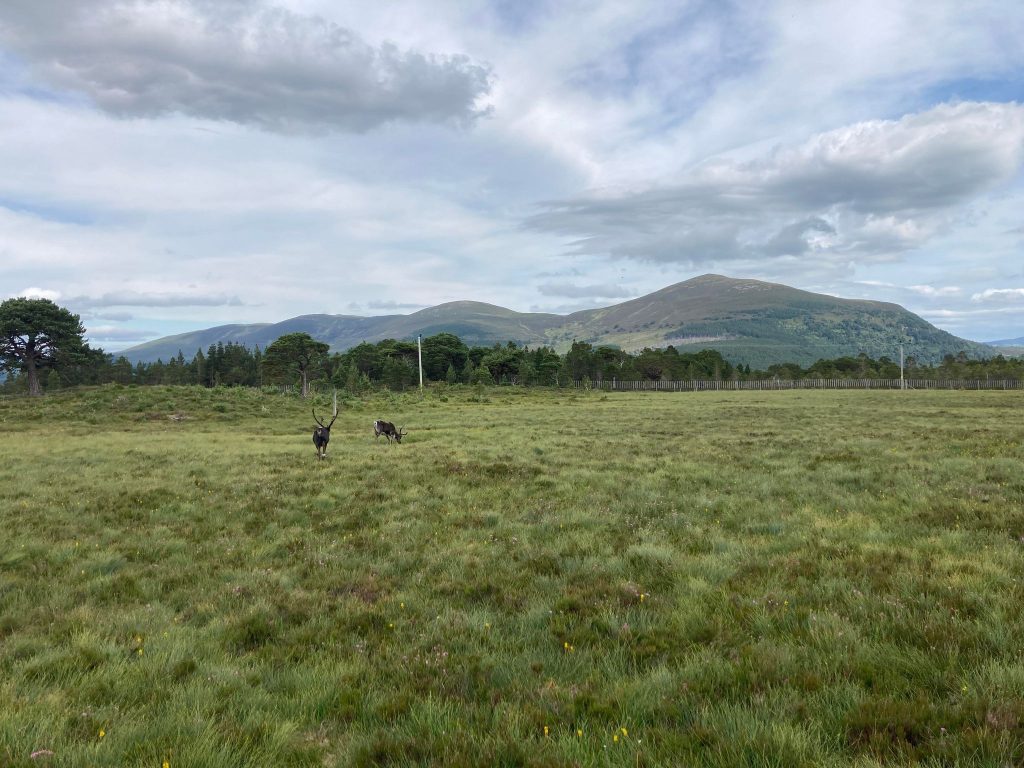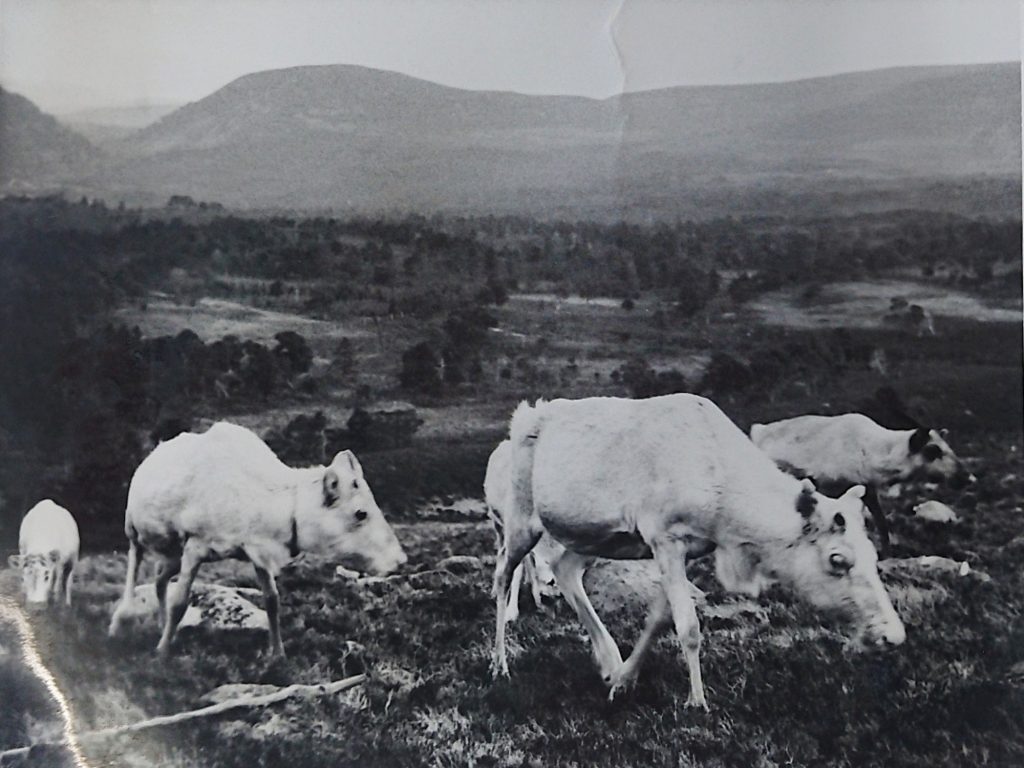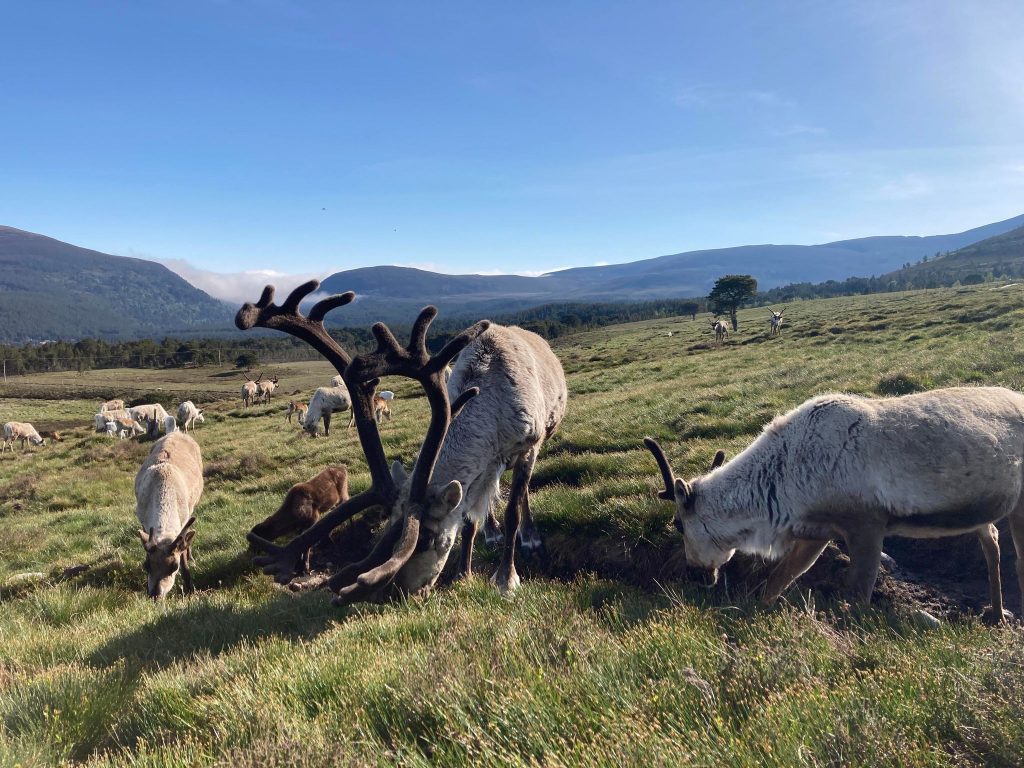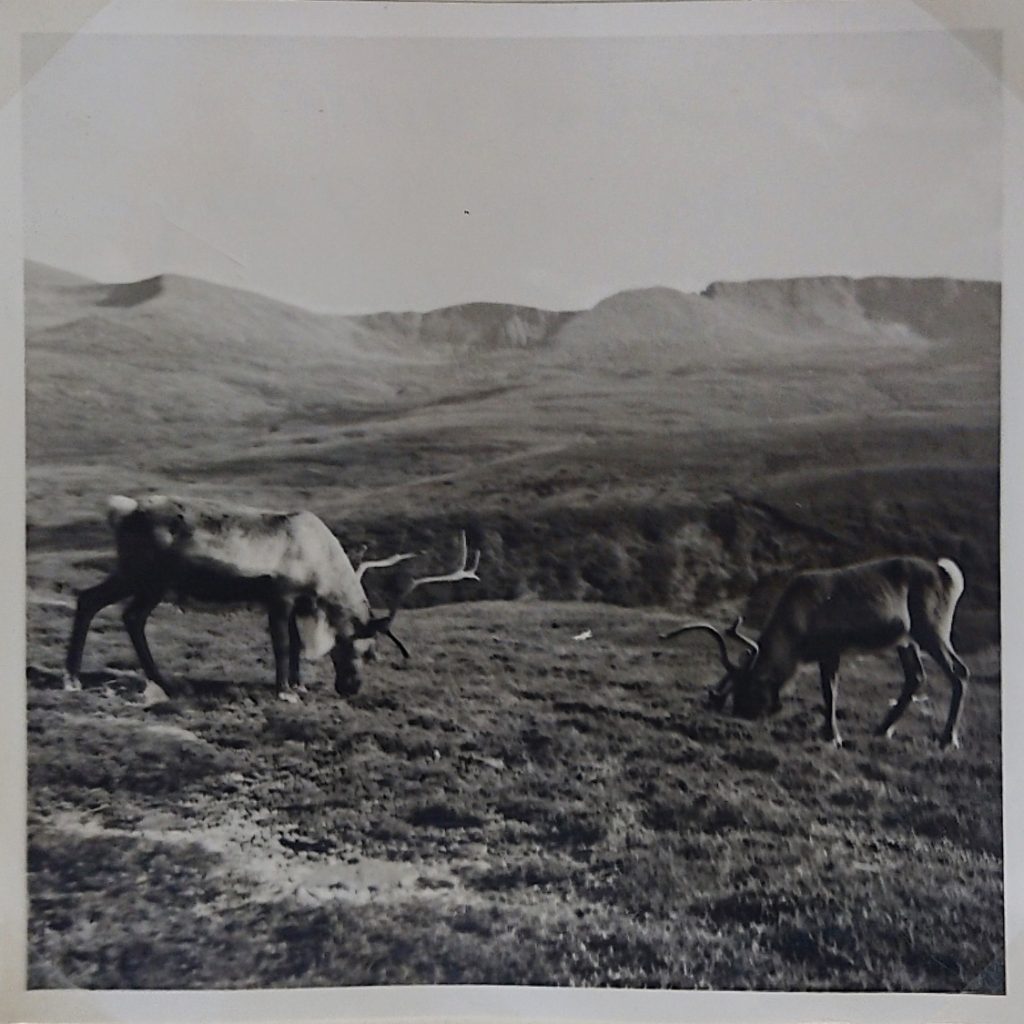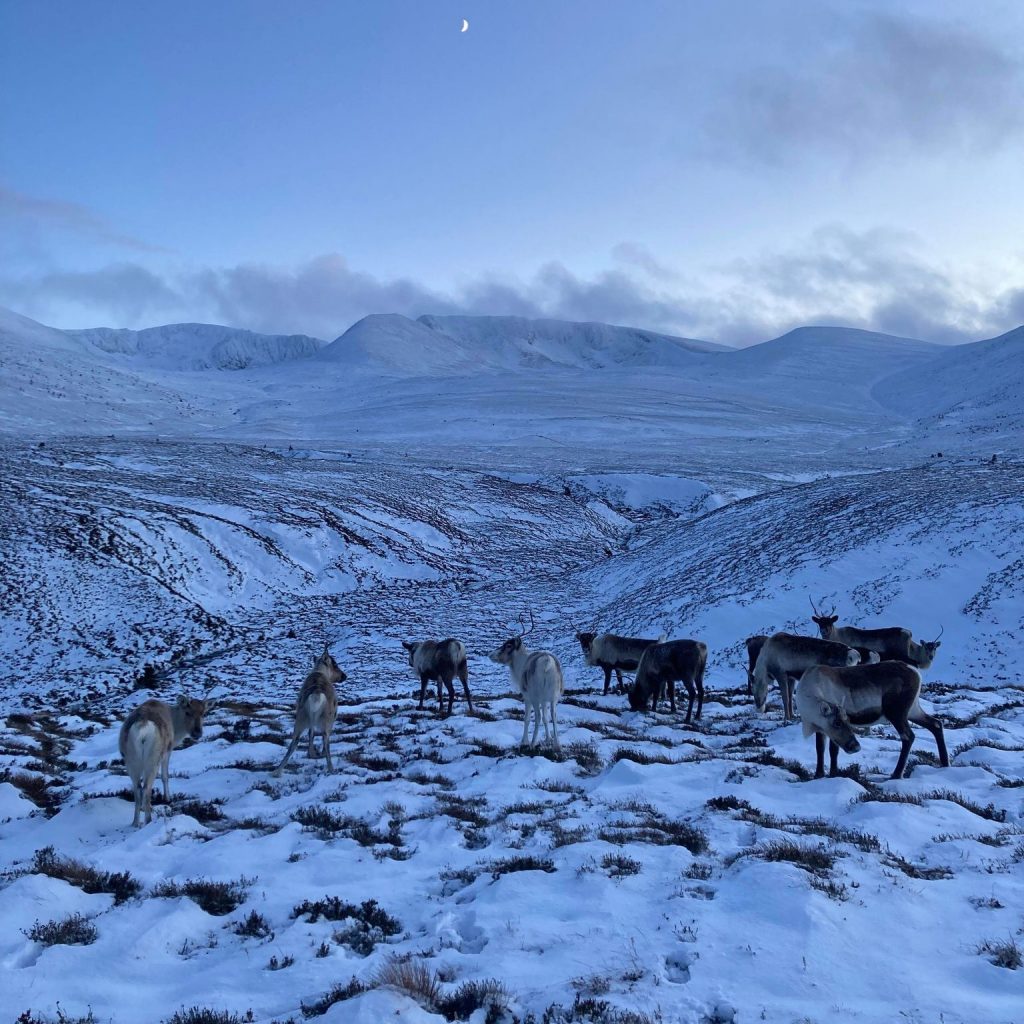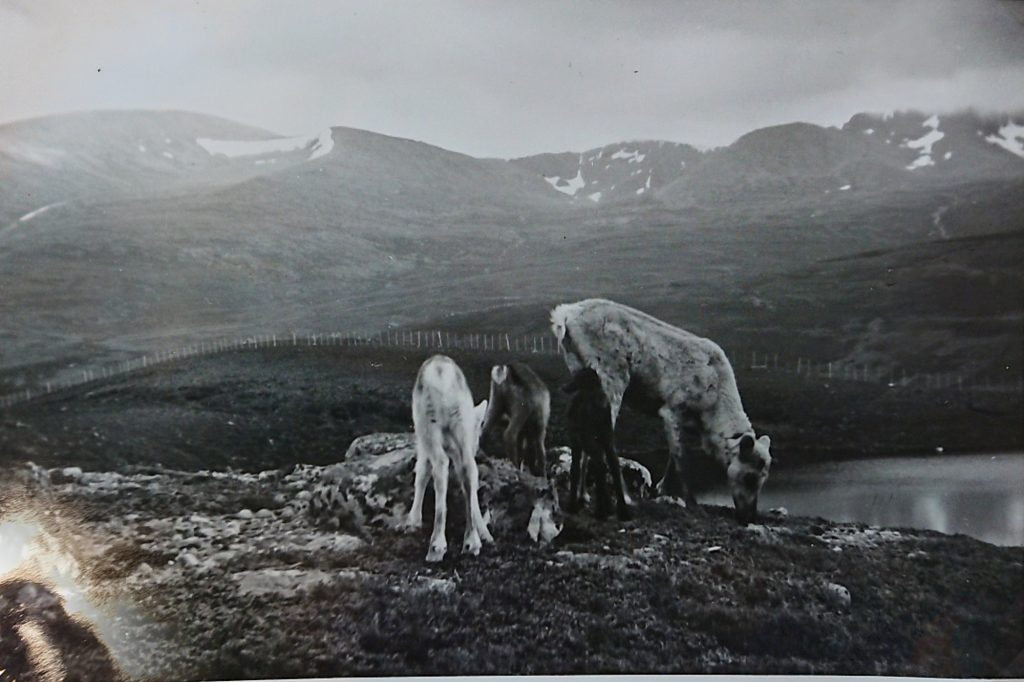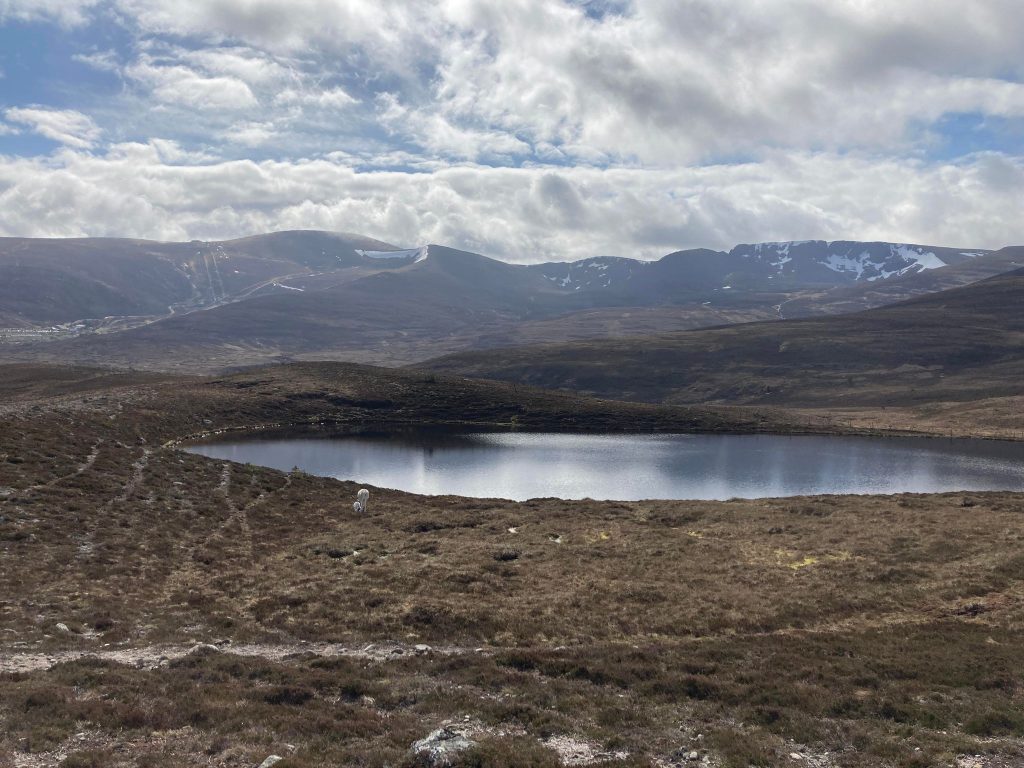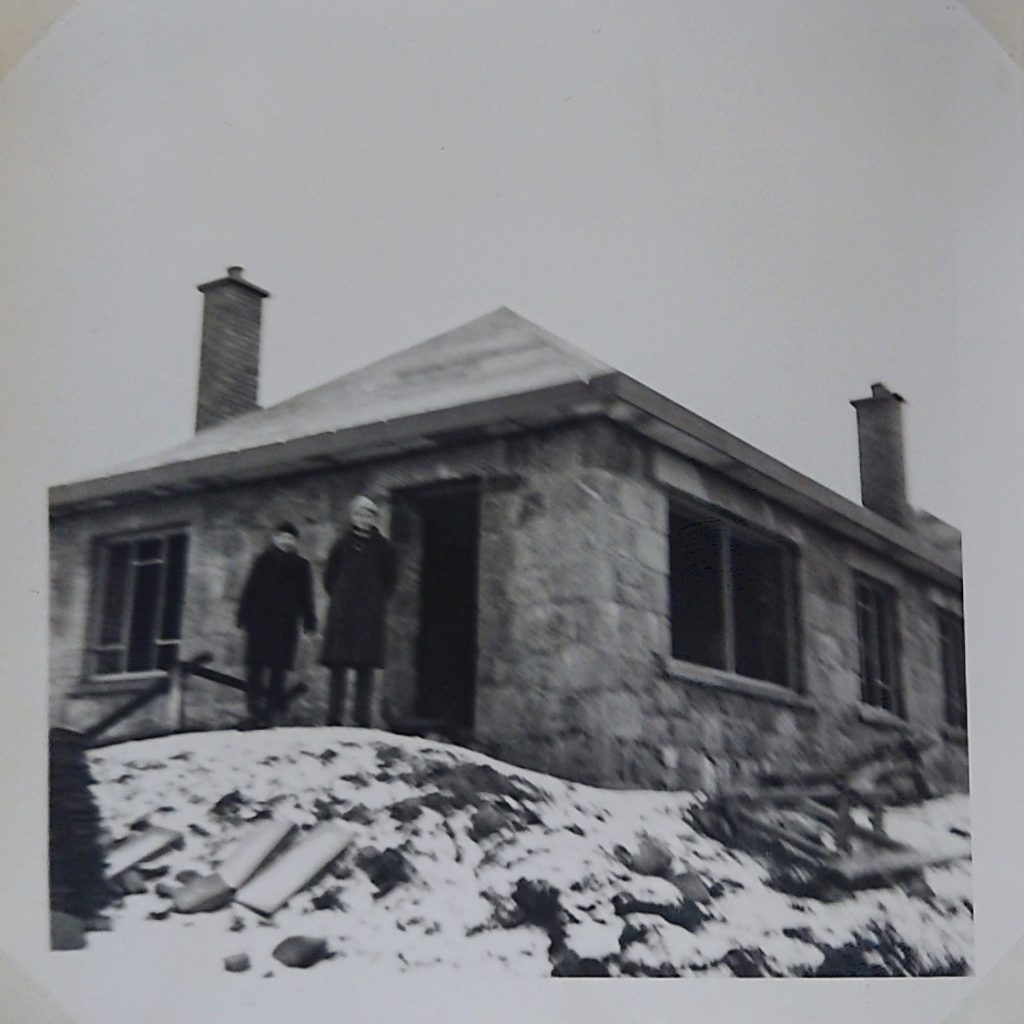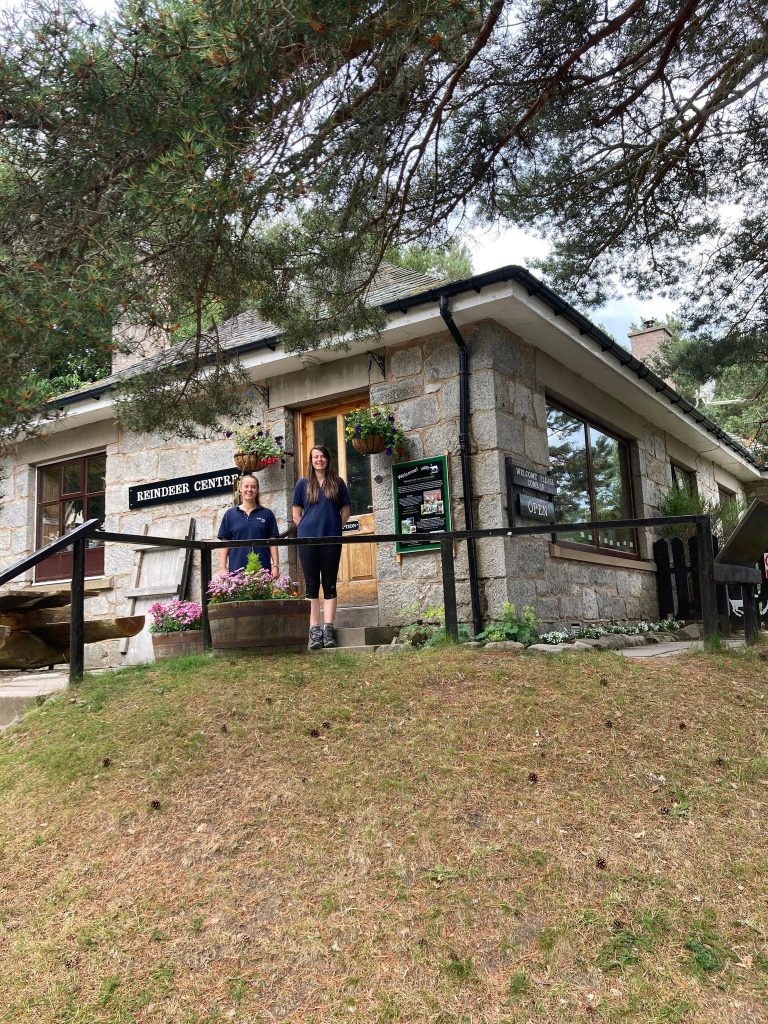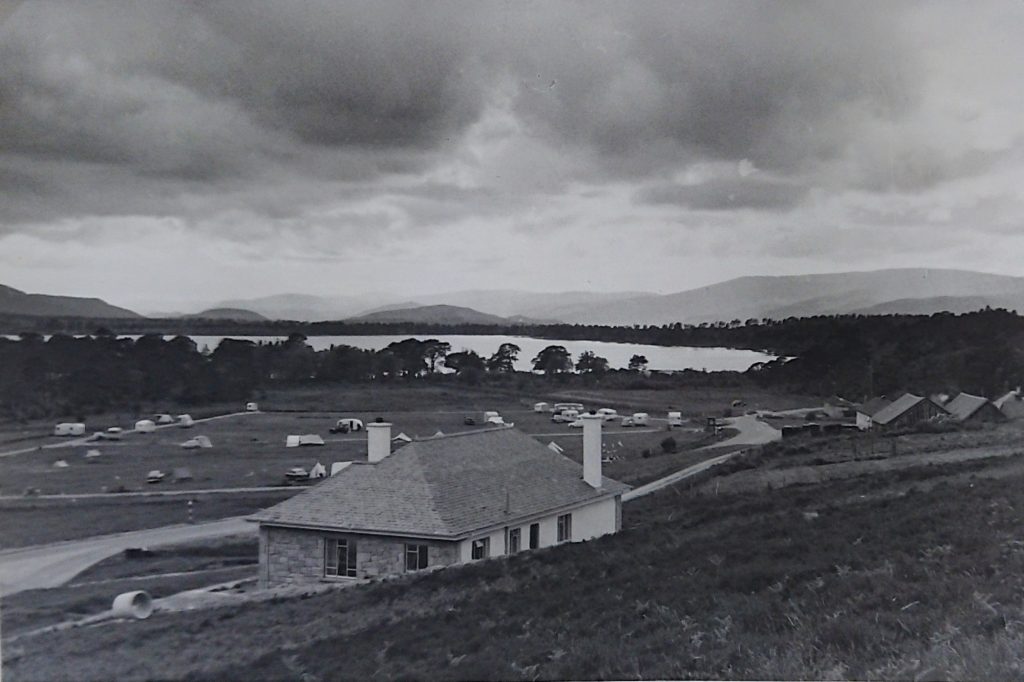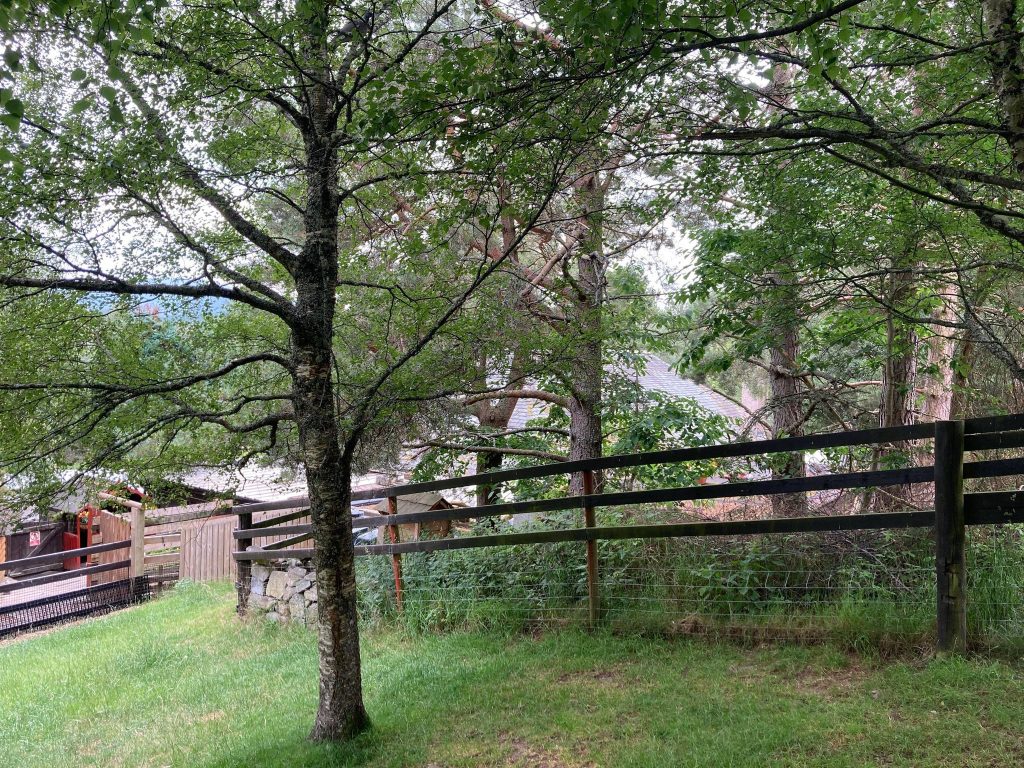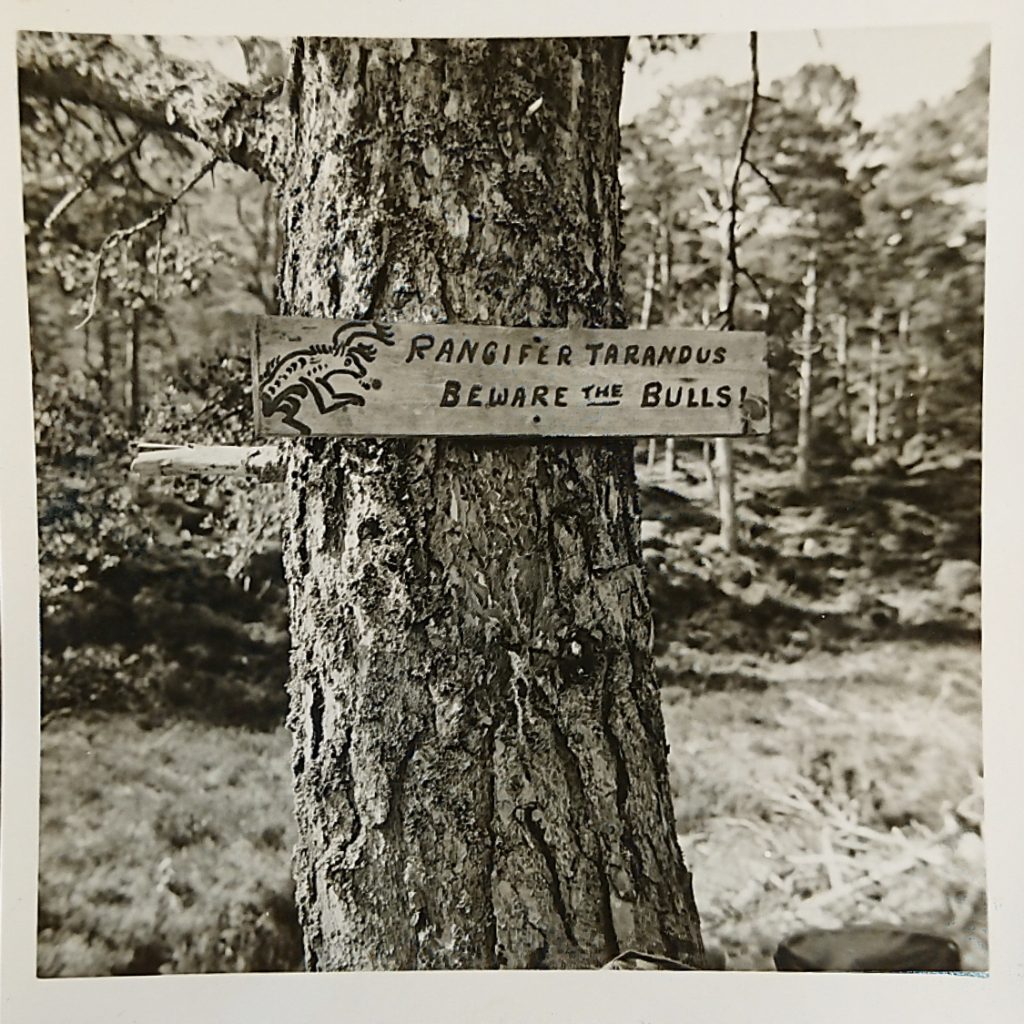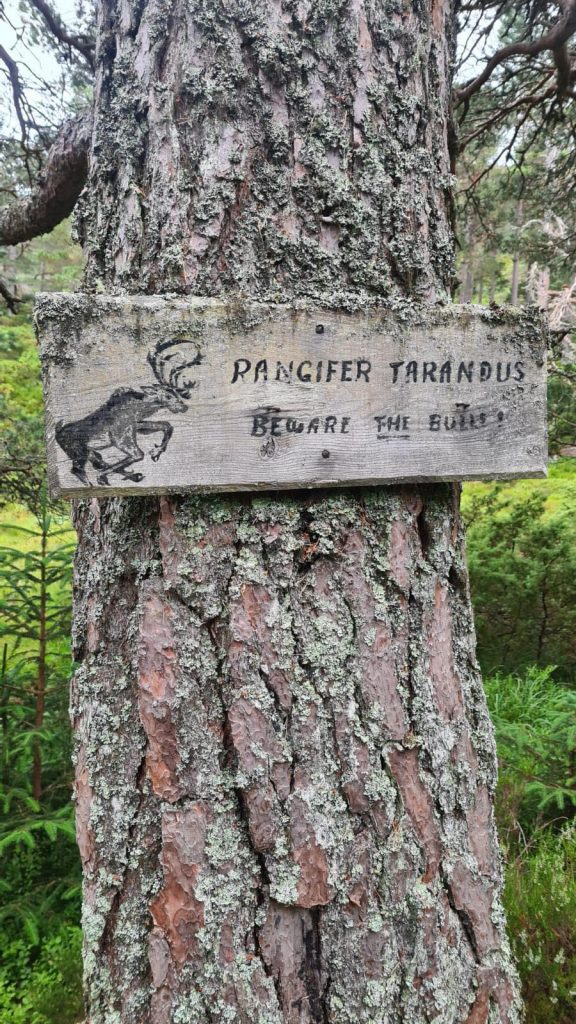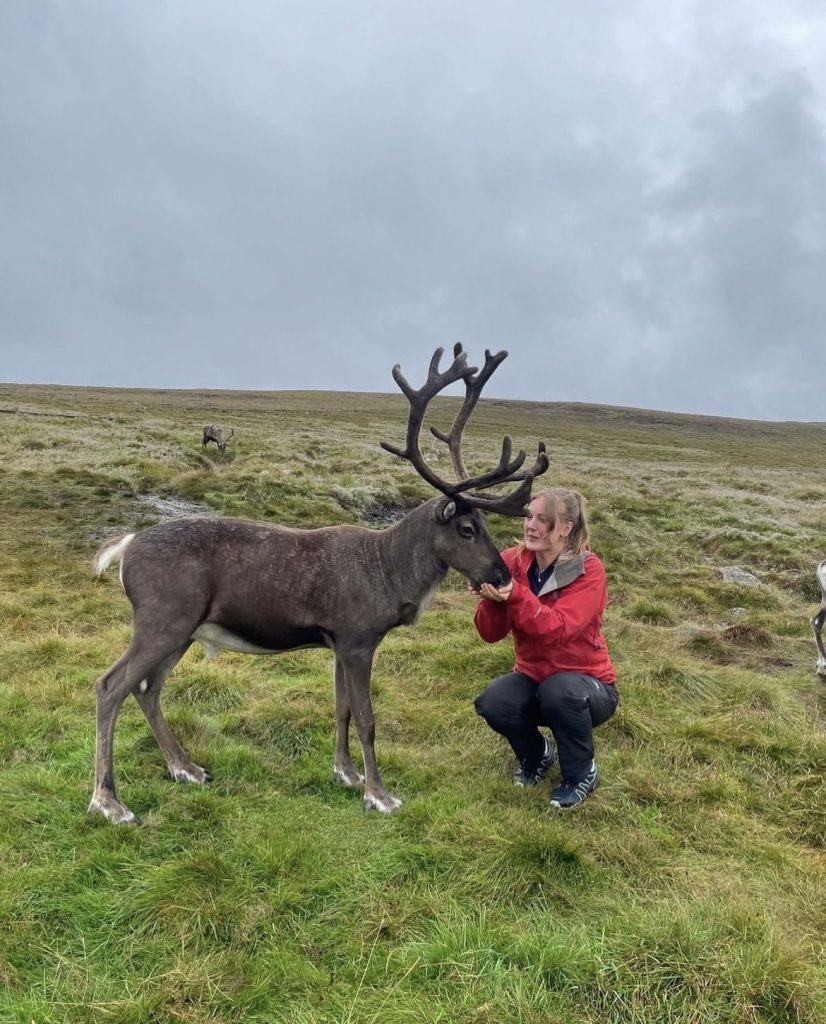
The first time I met the reindeer here at Cairngorm, I was just four years old and a bridesmaid at my mum’s wedding. Mum, being as extravagant as she is, decided she wanted the reindeer to pull the sleigh for us from the service to the party venue. Once we were on the sleigh I was quickly alarmed about the health and safety, as there were no seatbelts on board. Four-year-old me obviously thinking the reindeer would be flying us there! As we were just setting off, I whispered to my cousin “hold on tight, we are about to take off” but was quickly relived and slightly disappointed when I realised the reindeer would just be walking us there.
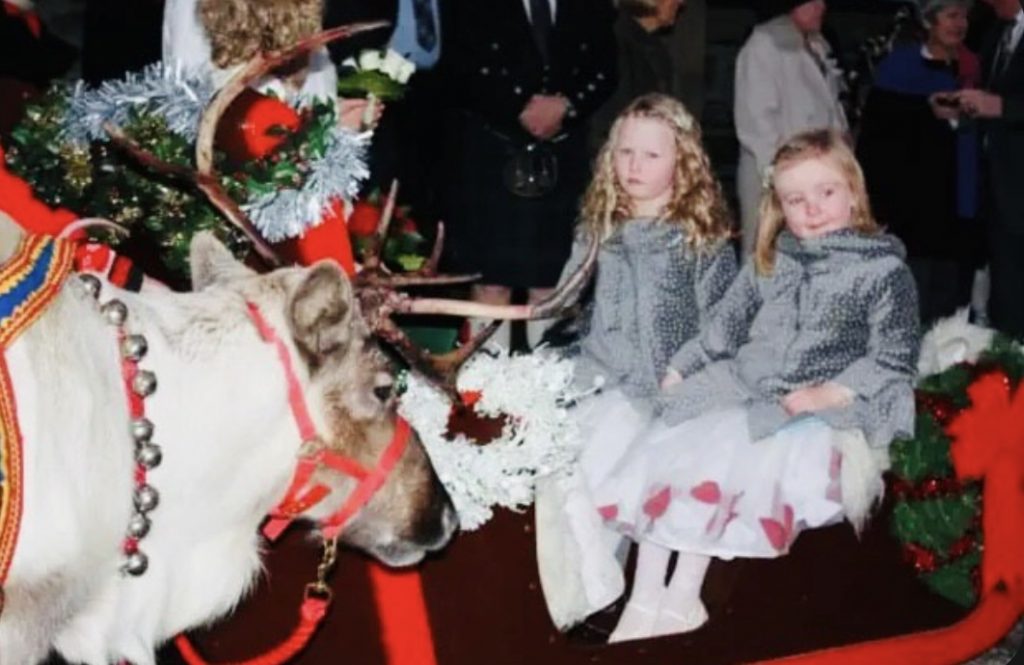
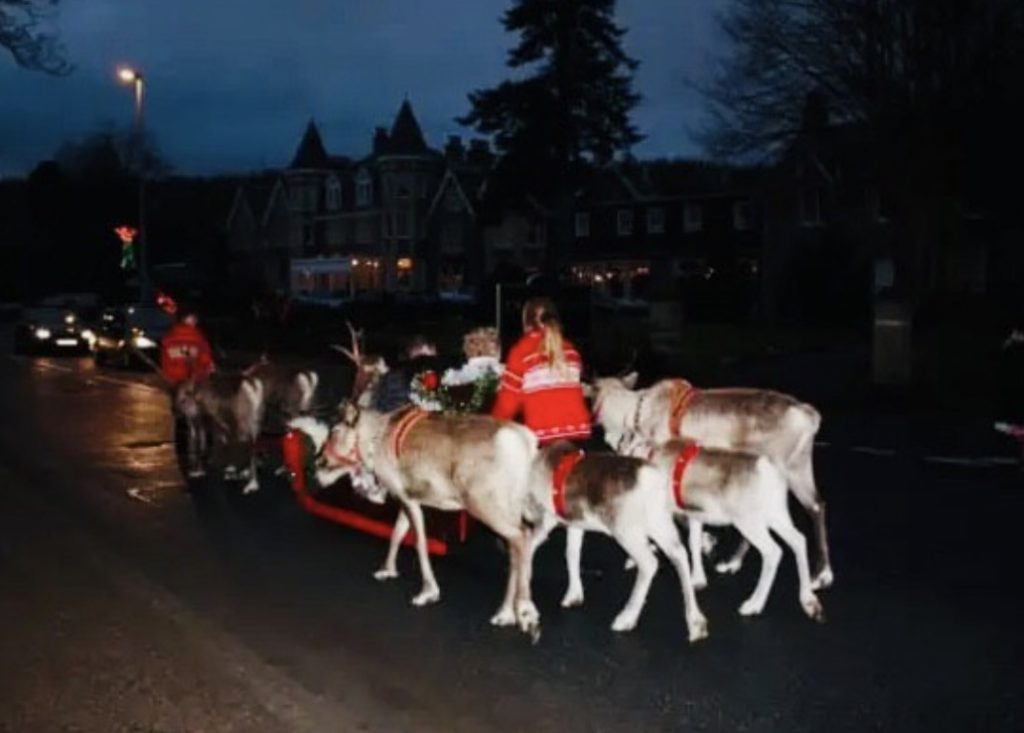
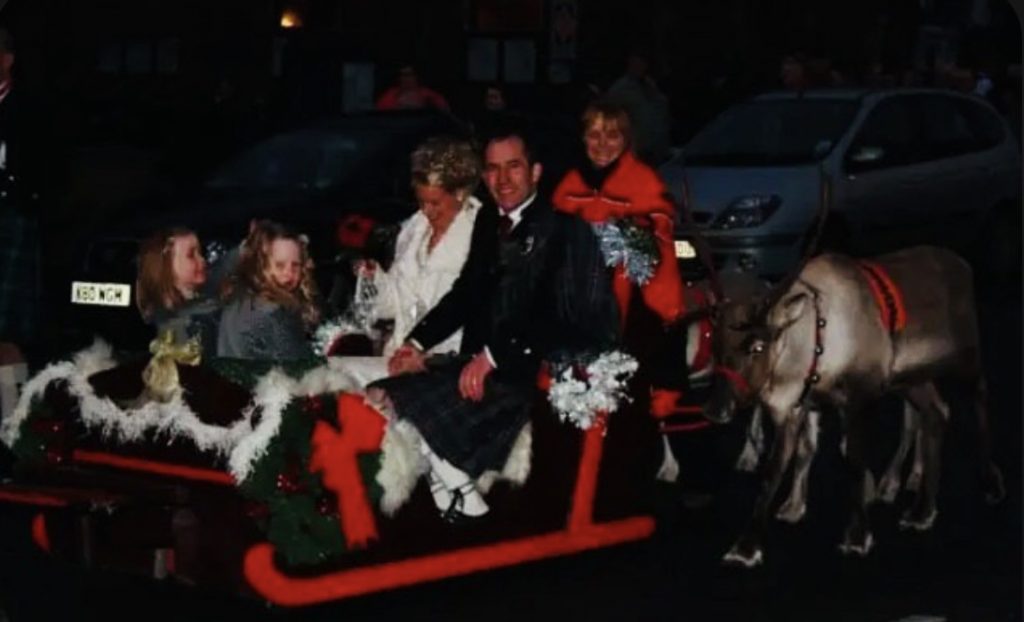
After the wedding it then became a tradition to come and visit the reindeer before Christmas. Even adopting Elvis as a two-year-old boy and always loving getting my certificate through the post before Christmas. Elvis lived to be one of the oldest males in the herd, before sadly passing away this August at the impressive age of 17!
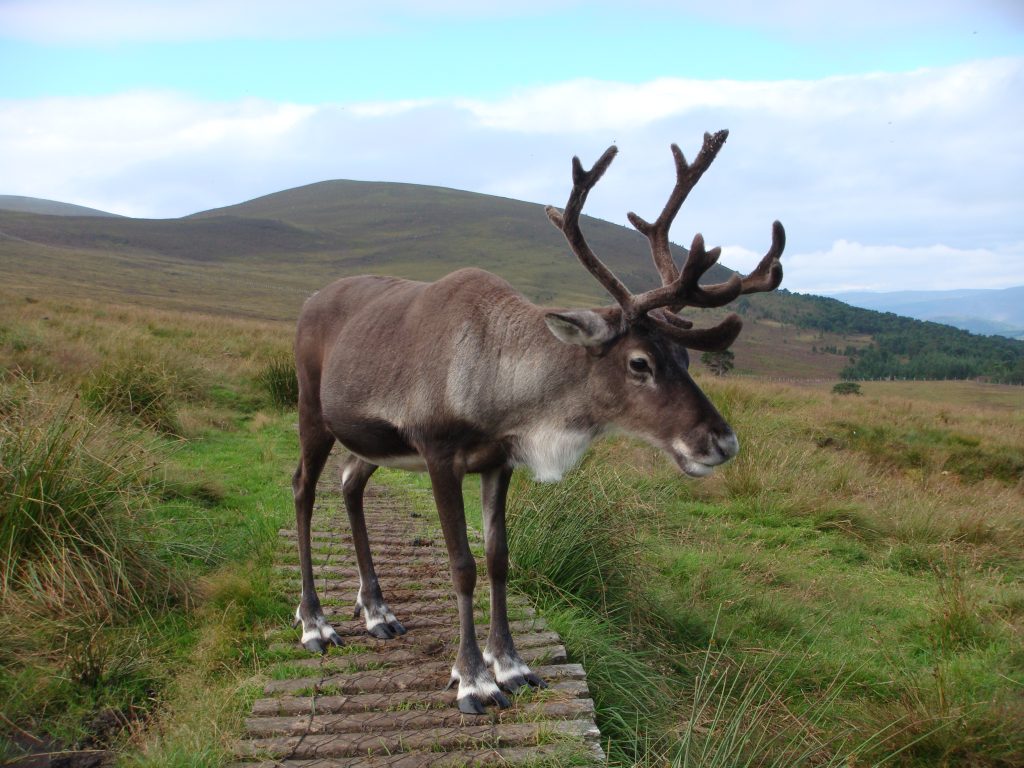
During the spring this year, just as I was leaving school. I went round to visit my ‘Fairy God Mother’ Sheena, one of the herders here at the Reindeer Center. After explaining to her that I wasn’t sure what to do after school and fancied a change she suggested I got in touch to see if I could work the summer here with the reindeer.
So, after a few back and forth emails (me not being the best at replying during my exams), we eventually arranged a trial day for me to come and meet some of the herders and the reindeer of course. I was pretty nervous but was instantly put at ease when greeted by Ruth and Lisette with big smiles on their faces. I was thrown right in at the deep end as my first task was going up the hill to help give one of the reindeer an injection as she had a sore foot. I quickly realised that having dogs and occasionally helping my granny muck out her horse maybe didn’t quite qualify as having experience working with animals! But I like to think I’m a quick learner. And was super eager to get stuck as I loved the idea of walking up the hills everyday to look after the herd.
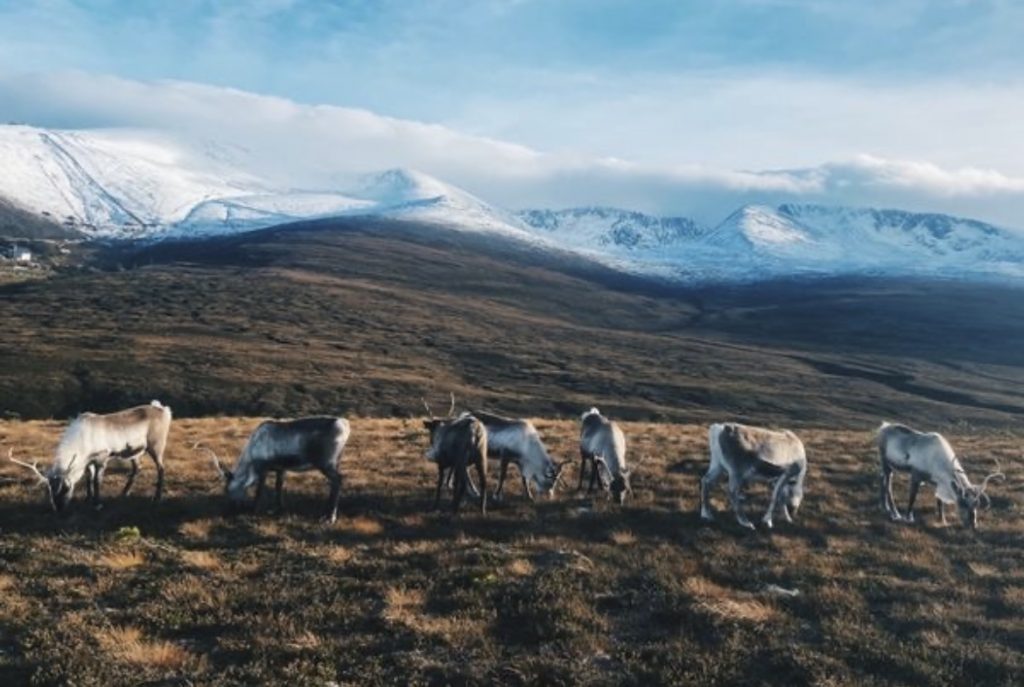
After a successful trial day, I was then offered to come work the summer here at the Centre which I was super excited for! I started at the end of May, and the weather was amazing! Blue skies everyday for about a month, eventually this bubble did bust. And I then had the proper Scottish herder experience. But even in the rain I still couldn’t believe that it was my job to walk up hills and find reindeer. I even didn’t mind taking a reindeer’s temperature (let’s just say it doesn’t go in their mouths) if it meant I could spend the morning up the hill with the herd! Over the summer I learnt so many new skills and everyone was so patient with me helping me to learn about these beautiful animals.

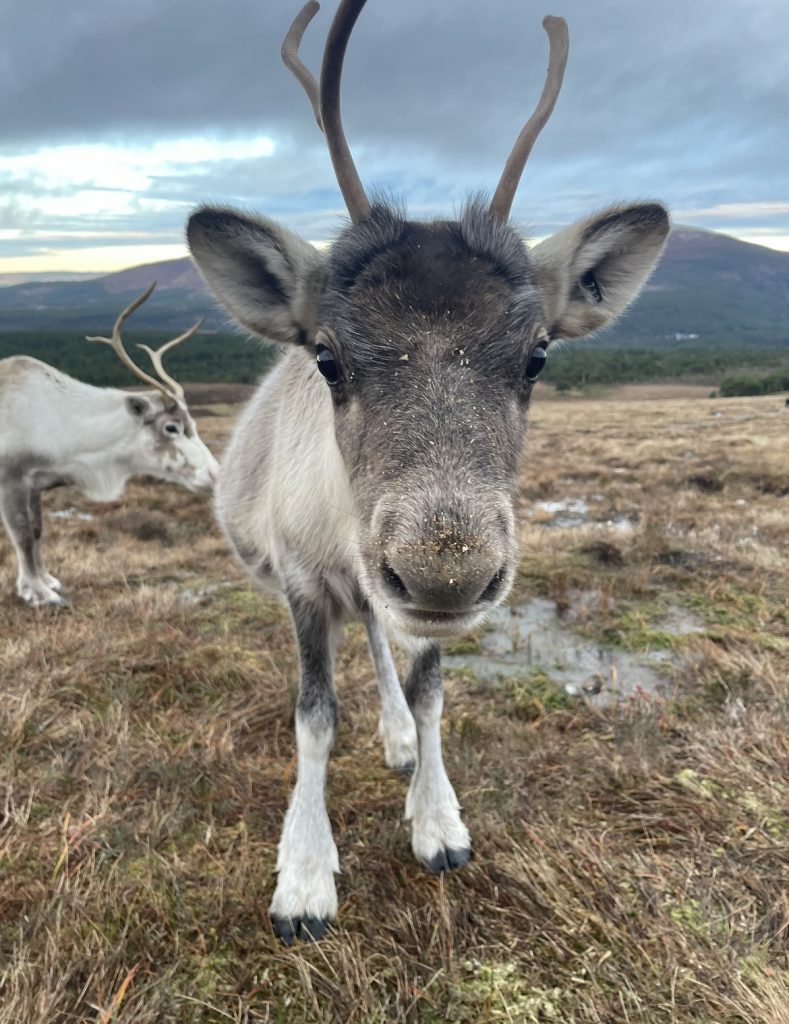
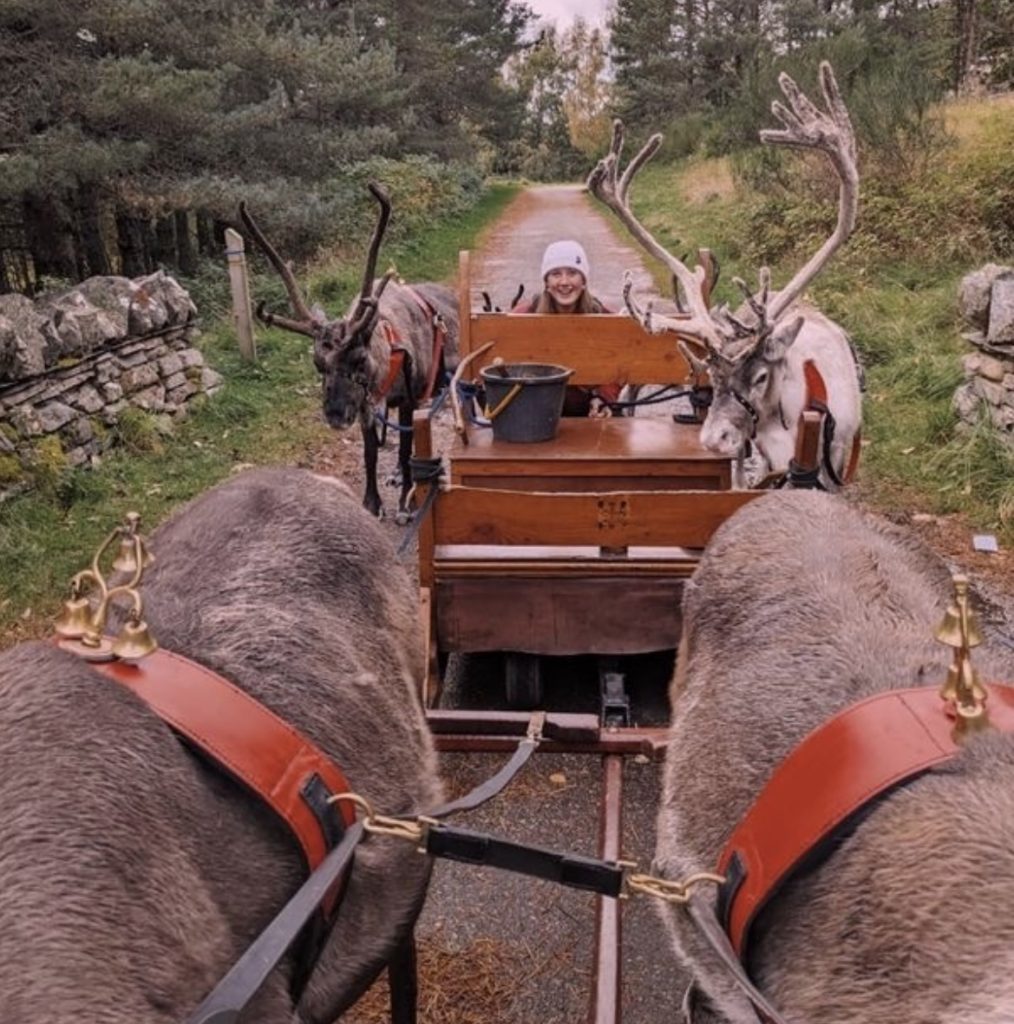
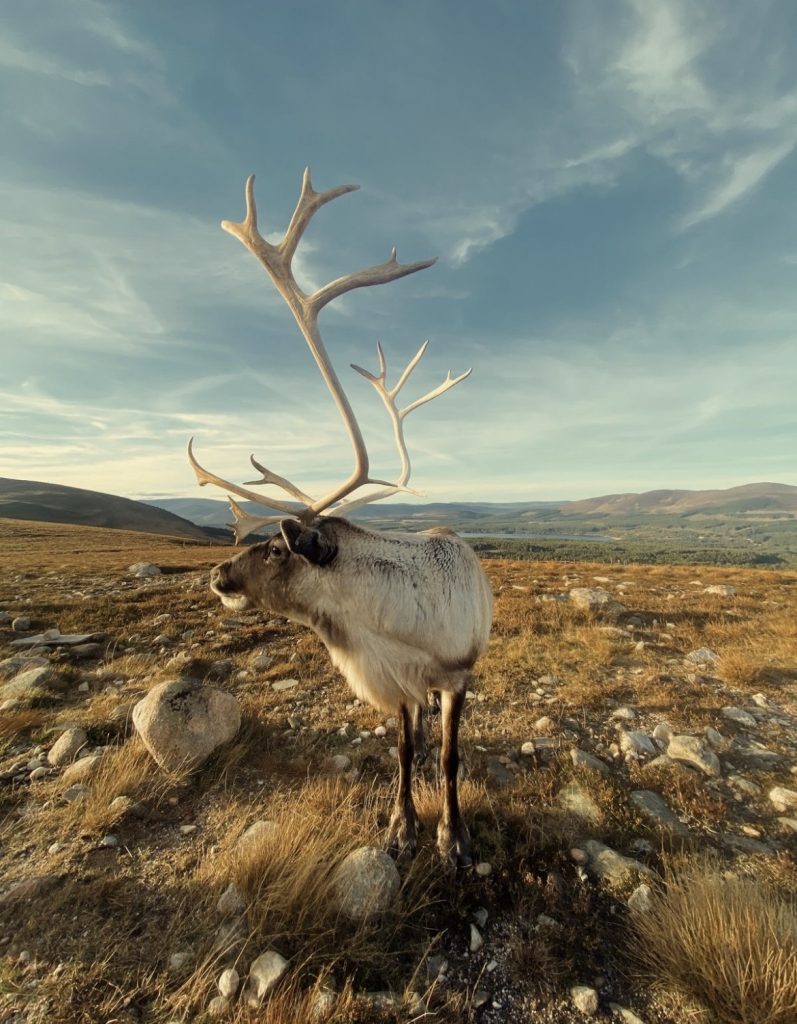
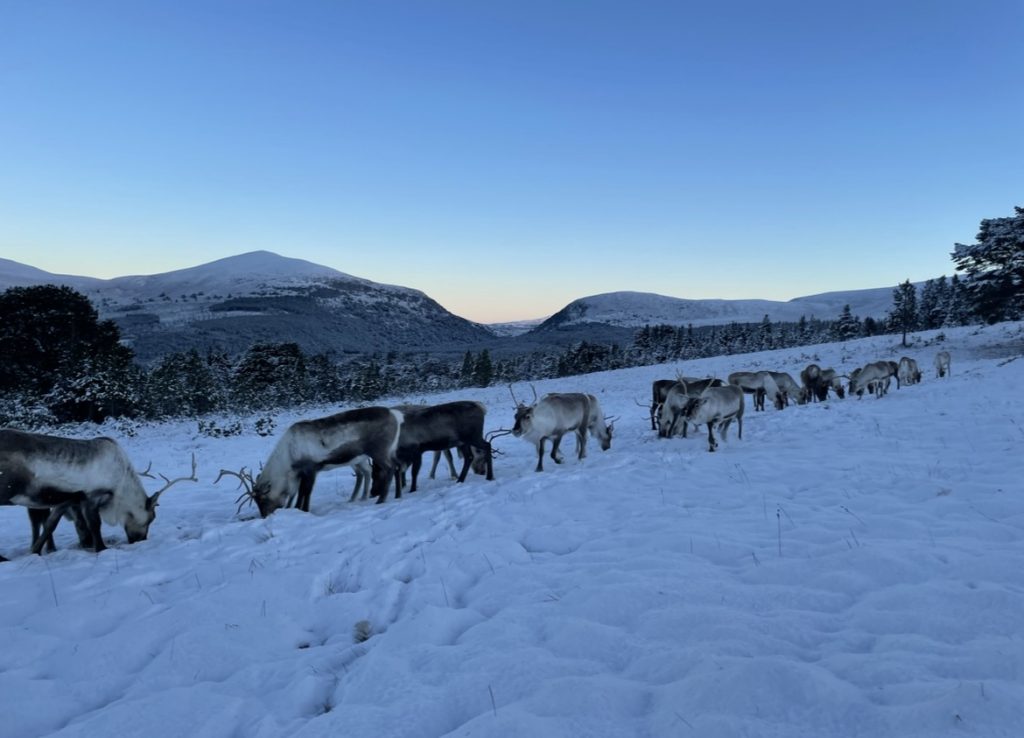
When chatting in the office I let it slip about the reindeer being at mum’s wedding, Our resident Blog Queen Ruth was insistent that it would make the perfect Christmassy blog!
We also realised that Hen, another one of the herders here, was at the wedding as well leading the sleigh! Which is hilarious, looking back on the wedding photos we actually found one of her at the front of the sleigh! (Note from Hen: also a way to make her feel really, really old…)
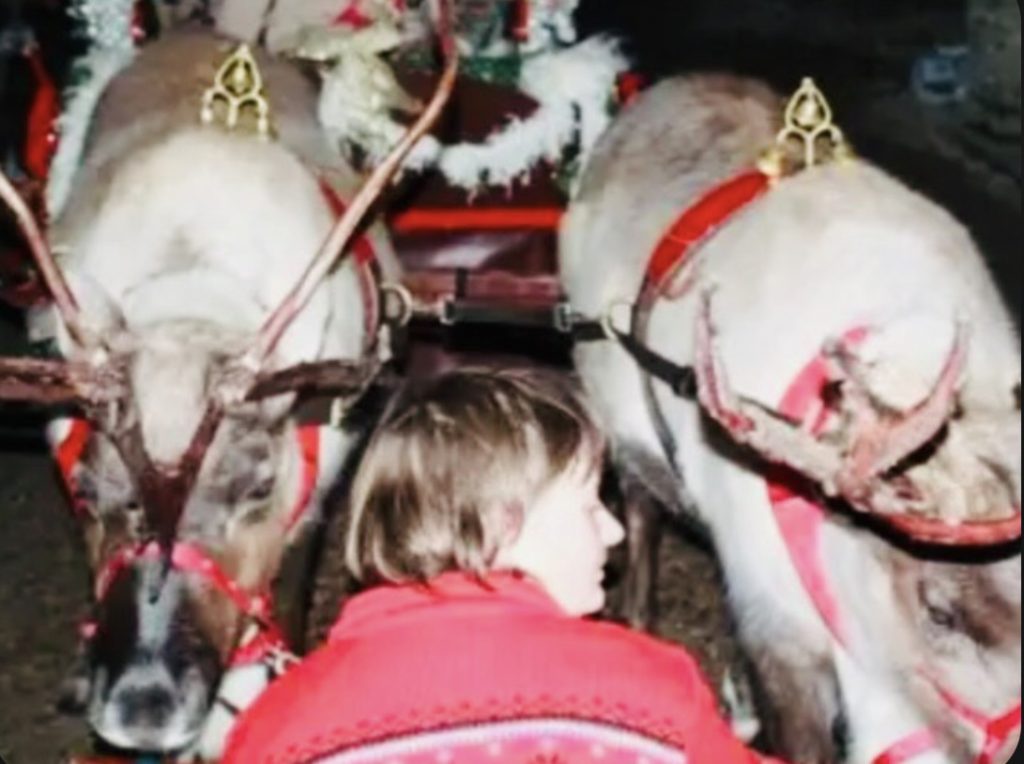
I have had the best 7 months here at the Centre and have loved getting to know all the reindeer and the herders of course! I’m off for a new adventure in the New Year but I’m sure I’ll be back soon!! If they’ll have me 😉
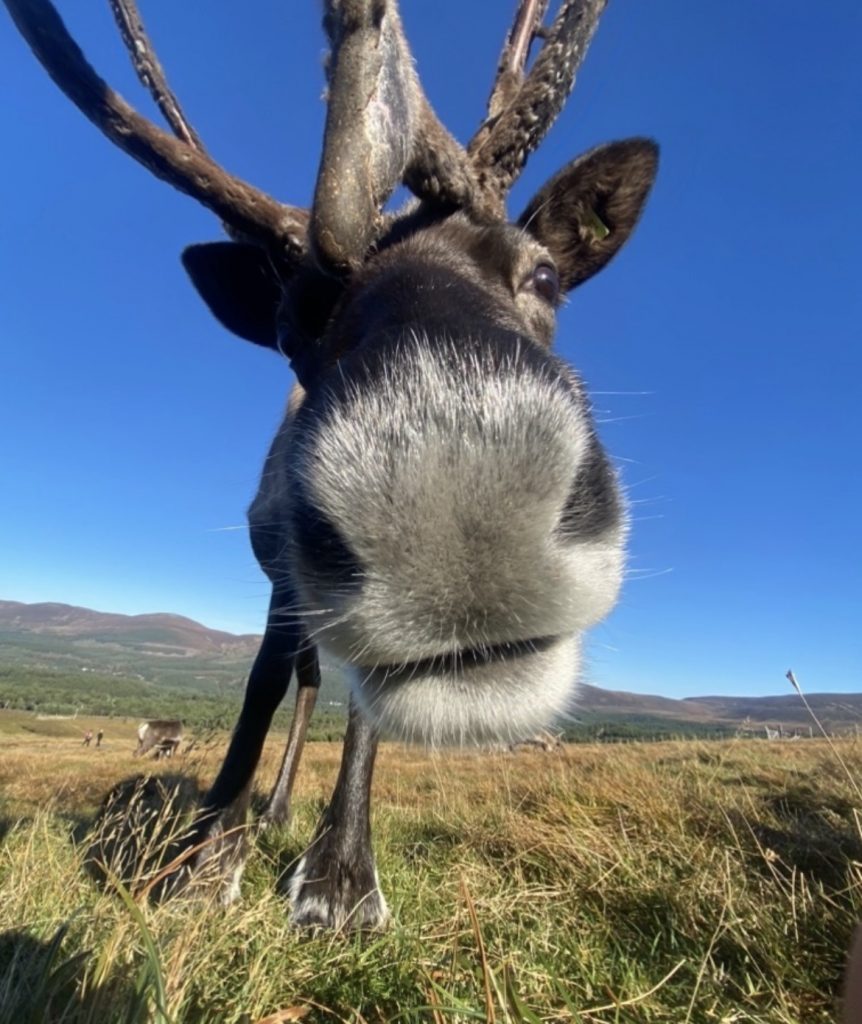

Isla

